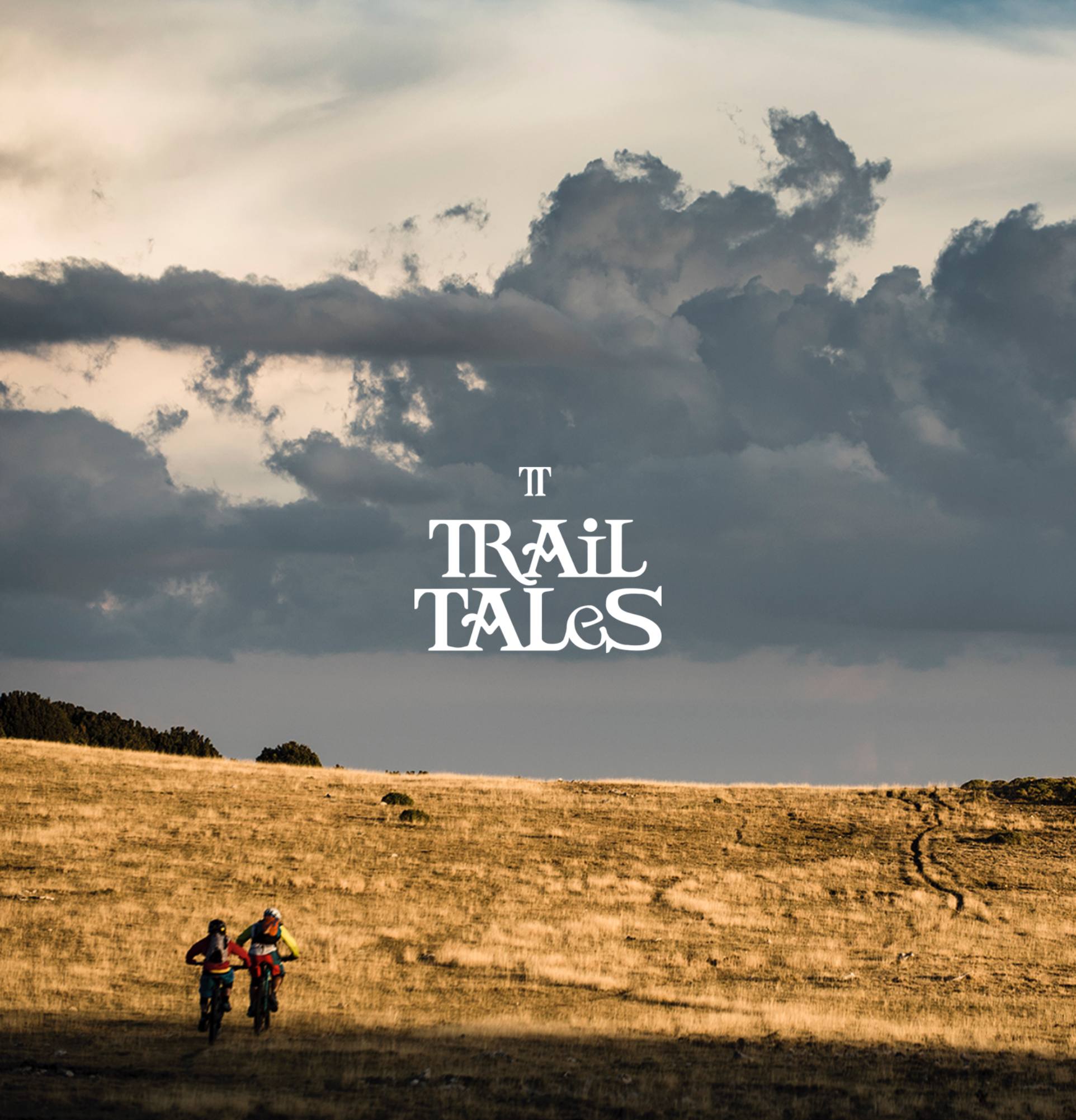
 Trail Tales
Trail Tales

The Trails that Connect Us
Trails connect us to each other, to new places and to a history which is written in the earth. These tiny ribbons of dirt shaped historic lives, have the power to change communities, and allow us to tell our stories to future generations.
Trail Tales is about connecting these trails with the stories they have told, respecting the trails we have and building the ways of the future.
Sugar Trails
“There’s just something about being in the woods…. It humbles you” - Jordan Wyckoff grew up in his local forests. From building forts as a kid, to later sculpting trails, to now where he roams deep in the woods in search of maple trees. He feels just as much at home in the sugar bush as he does in the house he grew up in.
A Passion For Adventure
We all share a love for exploring and adventure which brings us together regardless of our backgrounds. Here you can find out more about our passion for creating products that open up a world of possibilities to riders around the globe.
Trail Episodes
Every trail has a story. Discover the world through our Trail Tales episodes.
Trail Builds
Changing the world, one trail at a time.
Do You Have A Trail Project?
Each year we select trail projects to support. We do this using a small committe of riders and trail builders. If you want us to consider your trail project then please send us the details of your project and how it impacts the local community.
Do You Have A Trail Project?
Each year we select trail projects to support. We do this using a small committe of riders and trail builders. If you want us to consider your trail project then please send us the details of your project and how it impacts the local community.
Join now and you’ll be the first to know about all the Trail Tales news.
Register now and join the Trail Tales community. Discover new episodes, learn about new bikes and get access to exclusive promotions.
Dafydd Davis is a modest man. He wouldn’t have called himself a pioneer unless prompted, but when you listen to his story, you are hearing the history of one of the biggest evolutionary steps in mountain biking.
The late eighties and early nineties had seen the first boom in mountain biking. Despite its growing popularity, riders in the UK were limited to roads and bridleways and a handful of other rights of way.
“So really, you were a pioneer?”
“I guess you could say that, yes I guess I was”.
The first trails (which are still part of the existing Coed Y Brenin network) were little more than repurposed old tracks, with the occasional minor tweak and some signposting. They had sections flow, but were also technically challenging – especially given the technology and geometry of bikes at the time.
A trail centre was being born, and with it a new wave of riding in the UK.
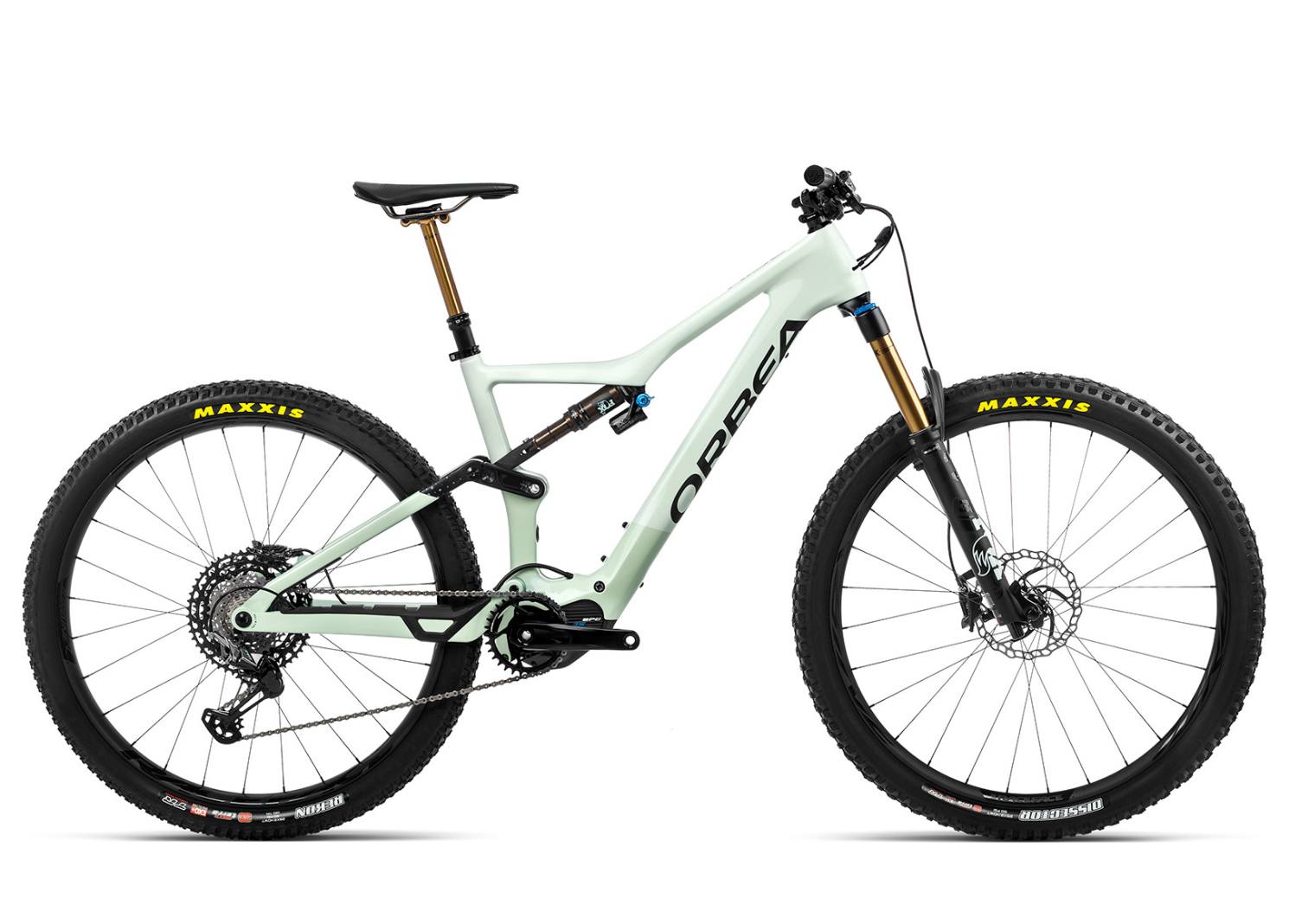
Rise M20
Angus and Rob are riding our Rise H20 in two of the three standard colour combinations available. Rob rides the subtle white and green version and Angus chooses the blue carbon with red-gold logos.
What is a trail centre?
Since those first steps towards a purpose built riding destination, the concept of a trail centre has actually evolved very little.
Accessible loops of purpose built trail, with as much singletrack as possible.
There are signposted routes with a clear start and finish point. The riding offers progression and challenge for all levels of rider. Alongside that, there should be everything that makes riders feel welcome – whether that’s parking, a cafe, bikeshop or just someone to say hi to.
As the first trails grew in popularity, grading the trail became more important. Things we take for granted now – from marker posts at each junction to somewhere to buy an inner tube and a bacon butty – needed someone to have the idea in the first place, then make it happen.
History Repeating
History is very rarely the linear story we like to make out. Dafydd was undoubtedly one of the first to create the trail centre concept, but he wasn’t alone. At least not for long.
At around the same time Dafydd was busy in Wales, Rik Allsop was having the same conversations with the Forestry Commission in Scotland and getting his hands dirty building trails in the forests of Mabie and Ae.
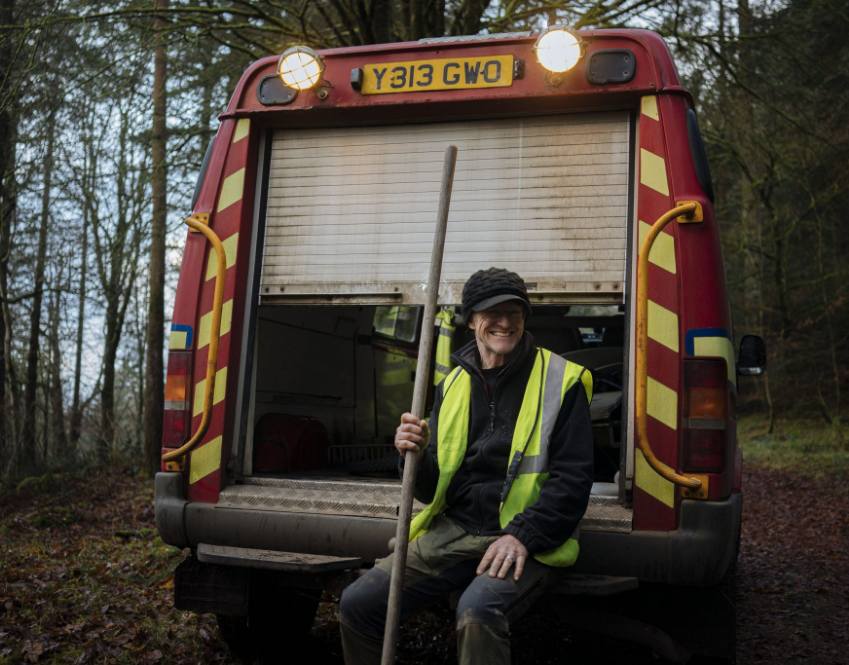
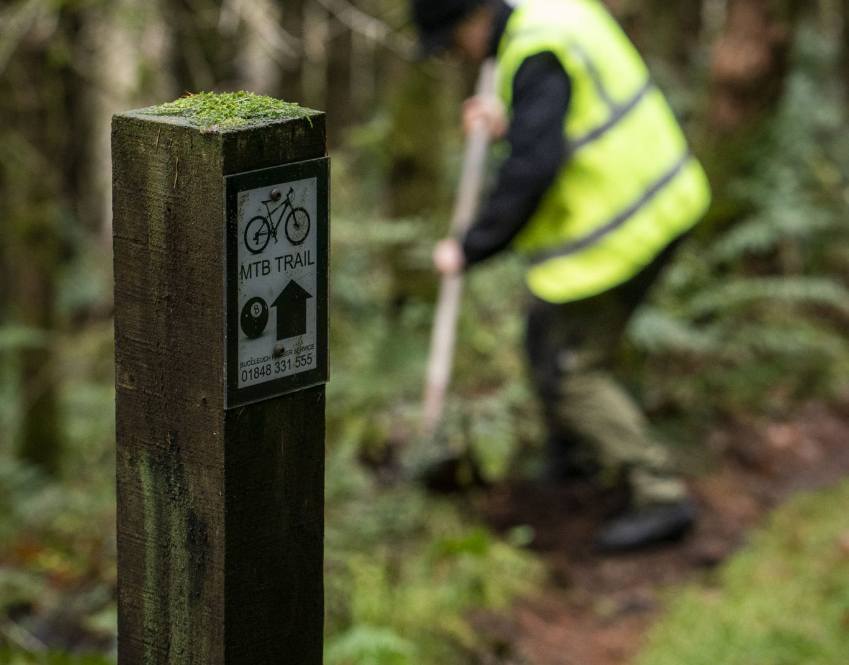
Progression
When we met Rik he was propped up against the open door of his bike shop, just up the road from his first projects in Mabie. Inside there’s a treasure trove of kit, some dating as far back as those early days. Framed by another pile of dead inner tubes is a map of the trails at Drumlanrig – all built by Rik on a small budget. Many were created by hand, all using just the resources and materials that were available on site.
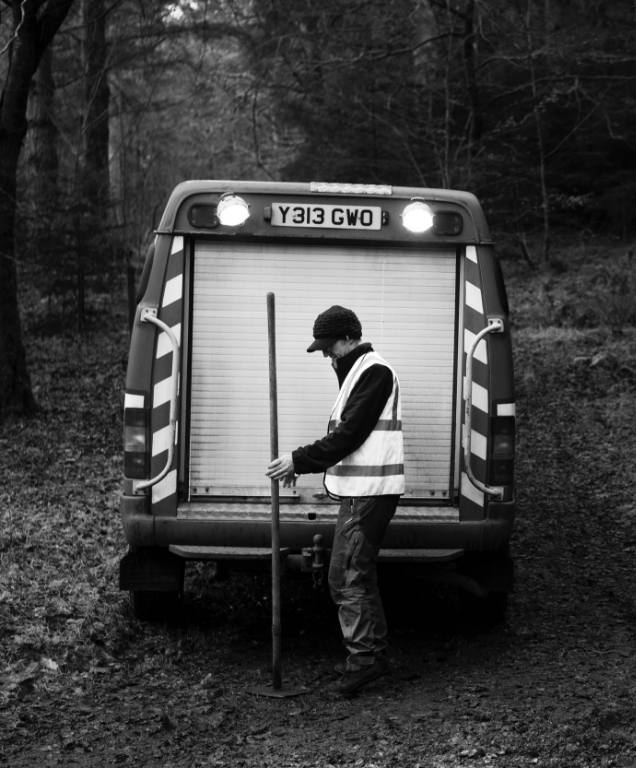
Rik leans back before starting a story, almost like a downhill racer, braced against the start gate. Each tale is told at race pace too.
Each tale is told at race pace too. How else do you pack over twenty years of history into a short conversation?
“I mean, we were doing bits of trail building long before we started working with the Forestry. There was obviously no legality to it, but… there were probably only about five of us mountain bikers in the area, so it’s not like it would be today. I’m not sure if there was one day where we just said, ‘we’ll have a trail centre’, but I think as a group of individuals we realised we needed to have the Forestry Commission on board if we wanted what we were doing to have any longevity”.
This is my first time on the Rise and I couldn't be having more fun!
Angus
Part of the landscape
It’s interesting to hearing Dafydd and Rik both talk about the trails they built. They speak with the same passion and care – a depth of relationship with the land that goes way beyond throwing a riding surface down.
Both only used the materials that were on site to construct the trails and they minimised any resource usage when constructing them. This decision came from a desire to create a trail that felt like it had always been there – that was truly part of the landscape rather than sitting on it. Rik sums it up perfectly:
“Nature gives us so much in the way of features. So much more than you could ever think to design, so why not make the most of it?”
“It’s flow isn’t it?”, says Rik, grasping for the explanation of the blend of engineering, science, art and pure hard work that goes into creating a trail. The real art is in creating flow regardless of whether the terrain is rooty, nadgery or gnarly. It’s a different kind of flow, but it’s there.
There’s a sense of mind play as well as physical play – the reward that comes from piecing together a jigsaw puzzle at speed.
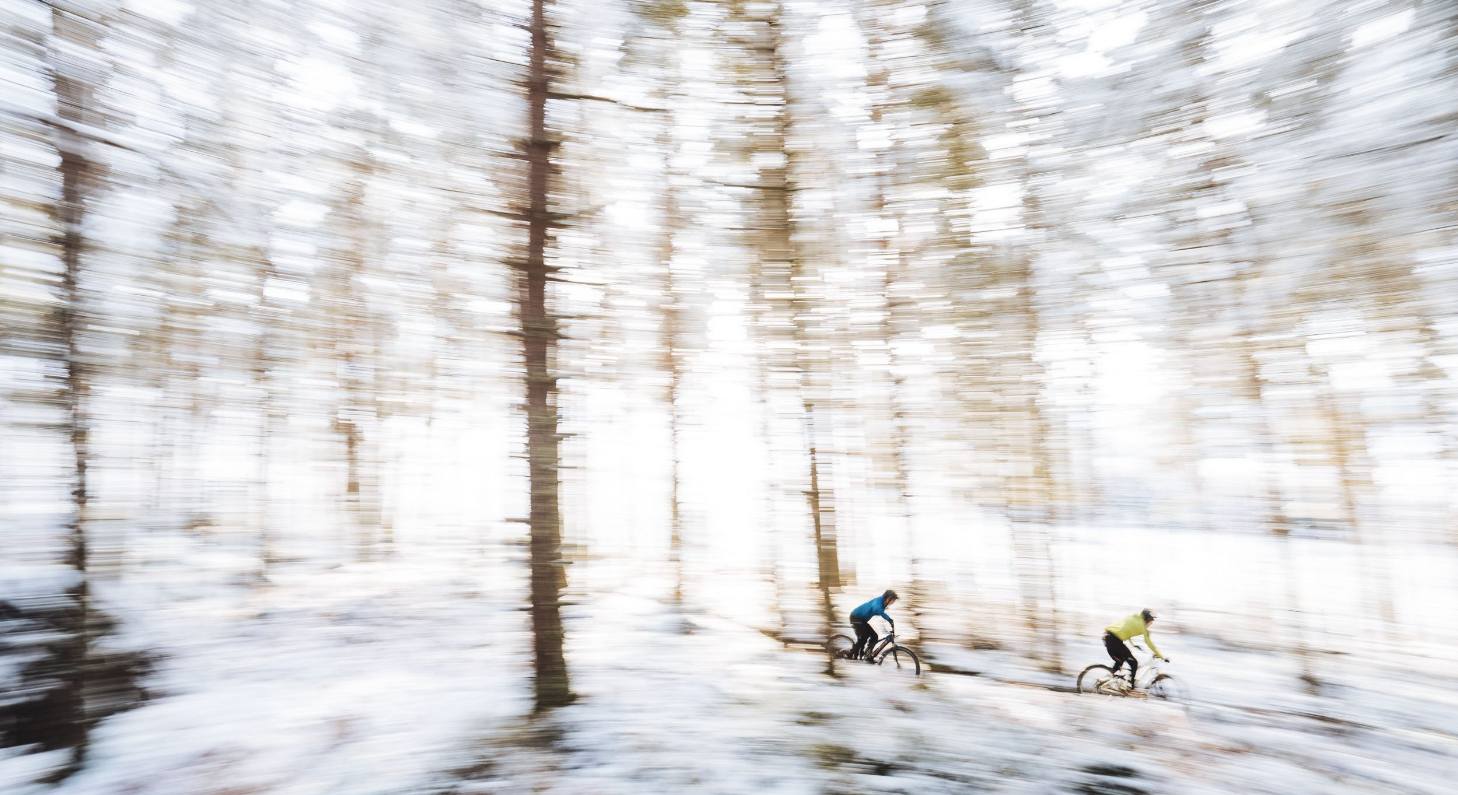
Circular evolution
In some ways both Drumlanrig and Coed Y Brenin are atypical of the hundreds of trail centres that they inspired. Despite being around longer than most, they are interesting and engaging on a modern bike. Speed needs to be managed and lines chosen. How confident a ride you are defines exactly what those lines are.
For literally millions of people, they have made mountain biking more accessible – whether that is geographically, technically or just increasing their awareness of what is out there.
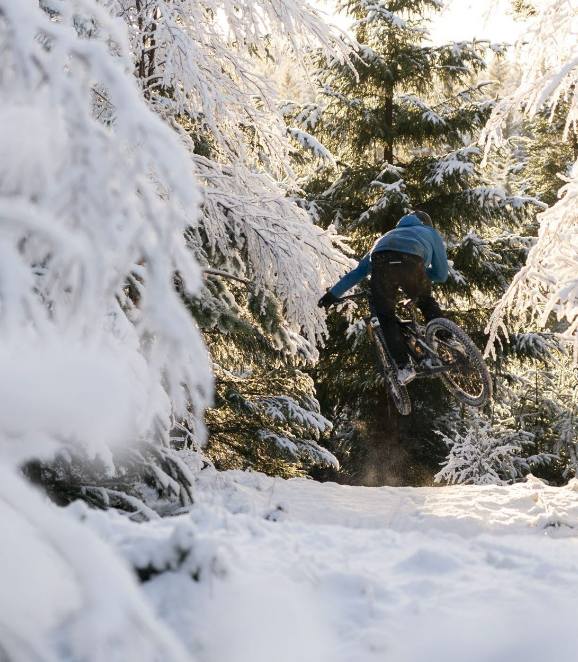
Community
Rik and Dafydd both used another word when they described trail centres: community. Trail centres mean the crowds gathered on any given wet Sunday in the huge visitor centre at Coed-y-Brenin, muddy puddles pooling beneath their feet as they sip on steaming brews. And they also mean the all-comers family rides that Rik leads on a Saturday that are training up a new generation of shredders.
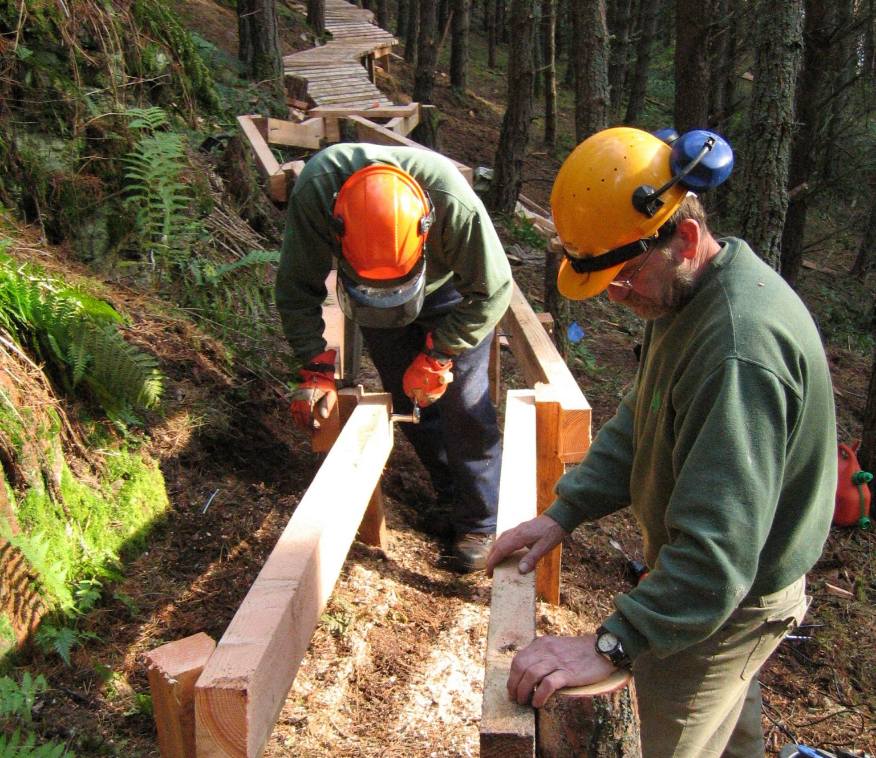
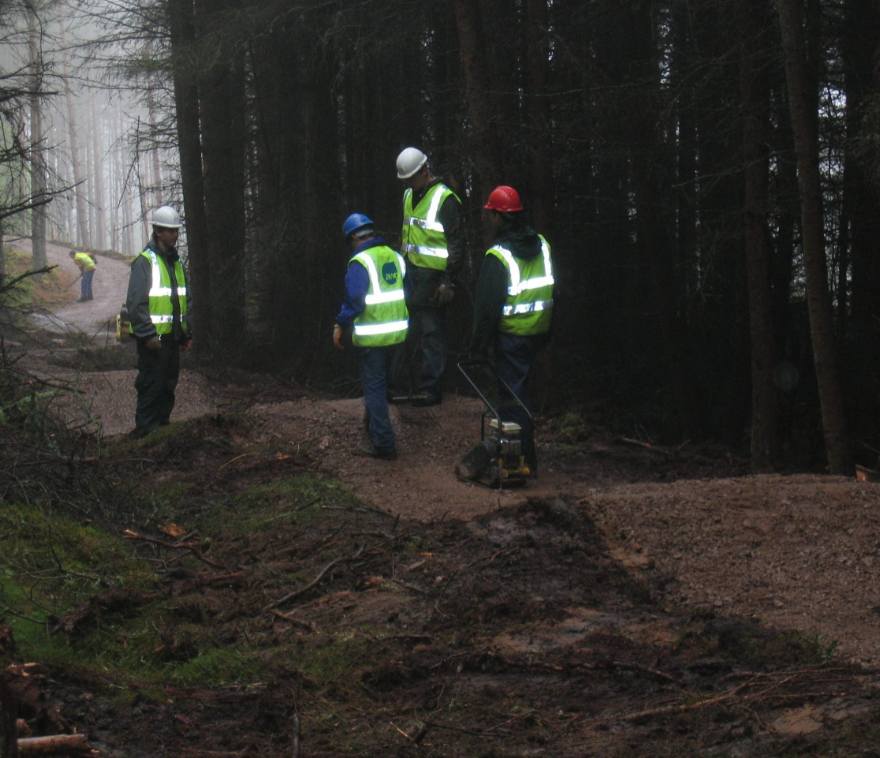
Get to know the bikes from Trail Tales
Rise M20
As a trail center bike our Rise is a great choice, with more than enough battery to ride your favourite trails and the natural handling to make it fun.
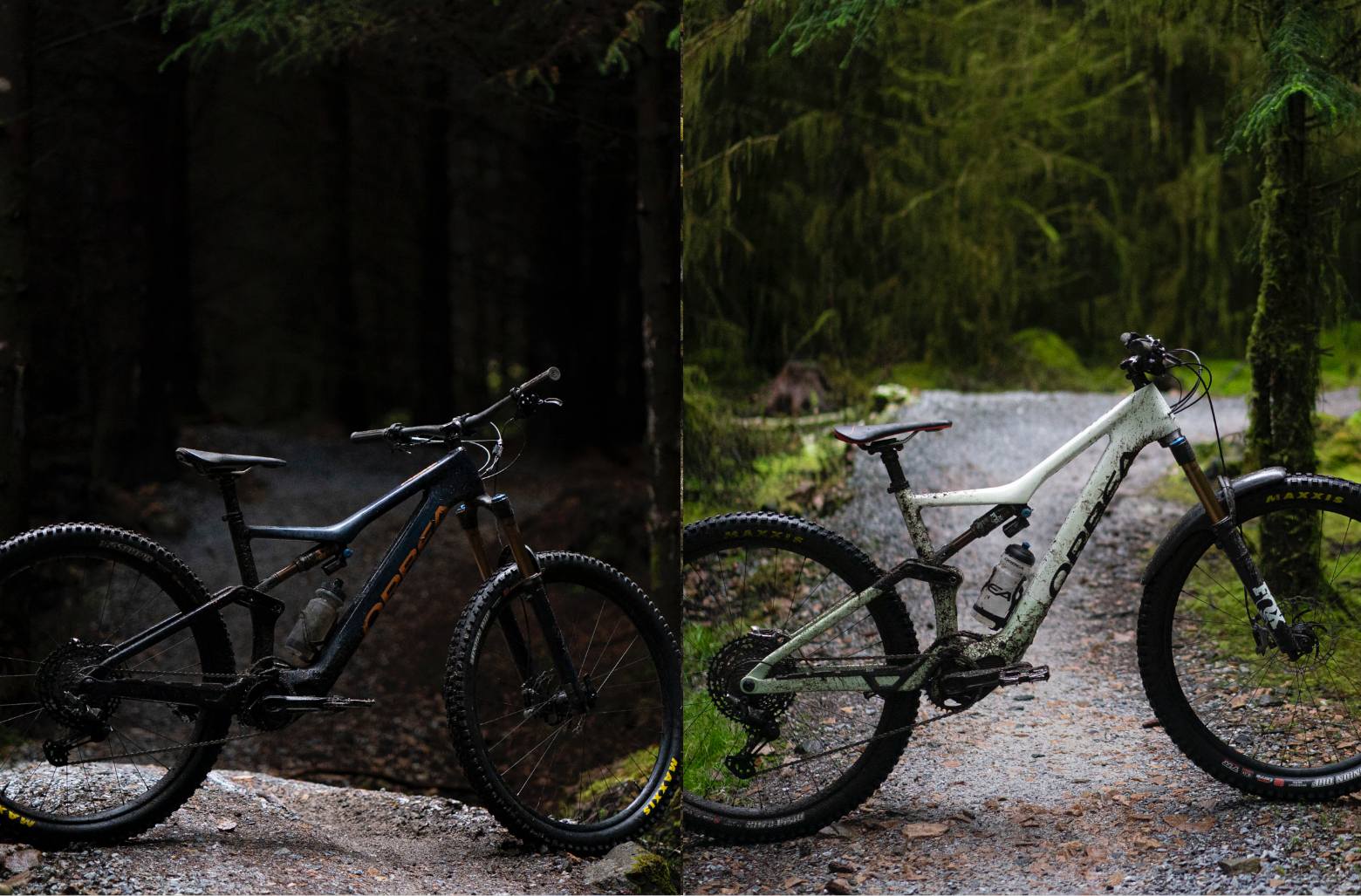

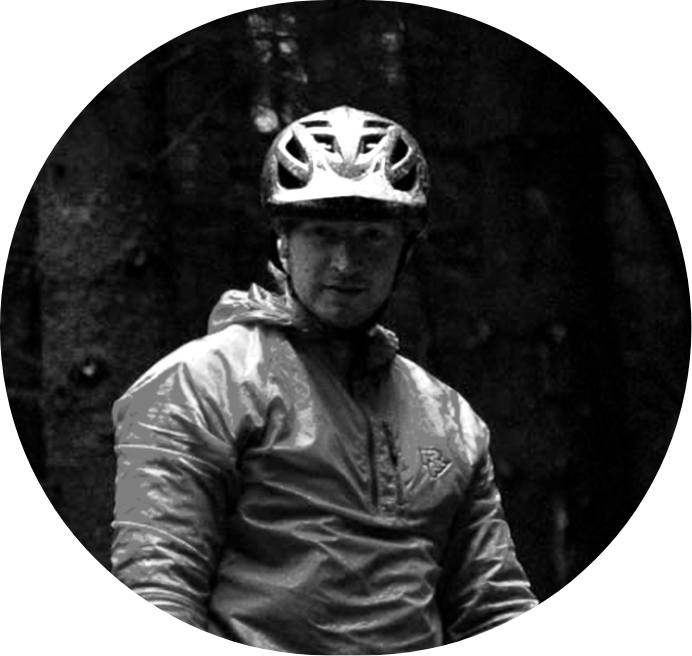
Rob Jolley
Rob can turn his hand to pretty much anything, from farming to trail work and from mountain biking to gravel. Jolley by name, jolly by nature, Rob brings the good times to every ride.

Angus Hardie
Angus is part of the Orbea family and certainly knows how to put our bikes through their paces. Fast and smooth with style to boot, there's no trail that Angus can't tame. Legend has it that Angus was once known as 'Gin Slayer' in certain circles.
History isn’t simply about what is recorded in books. History is people, lives, experiences.
The best history is tangible. The kind we can reach out and feel and that touches us back in some way. In Episode 2 of Trail Tales we travel to the Yorkshire Dales to ride a trail with more history than most.
Singletrack threads its way along the steep sides of Gunnerside Gill connecting the village of the same name below to a ghost town of derelict mine buildings.
Set in bleak, yet beautiful moorland, tunnels stretch deep into the fells for mile upon mile. From the early mining of lead in Roman times until a heyday and decline in the 17 and 1800s, humans have shaped the landscape of Gunnerside: and with it their marks have been cast.
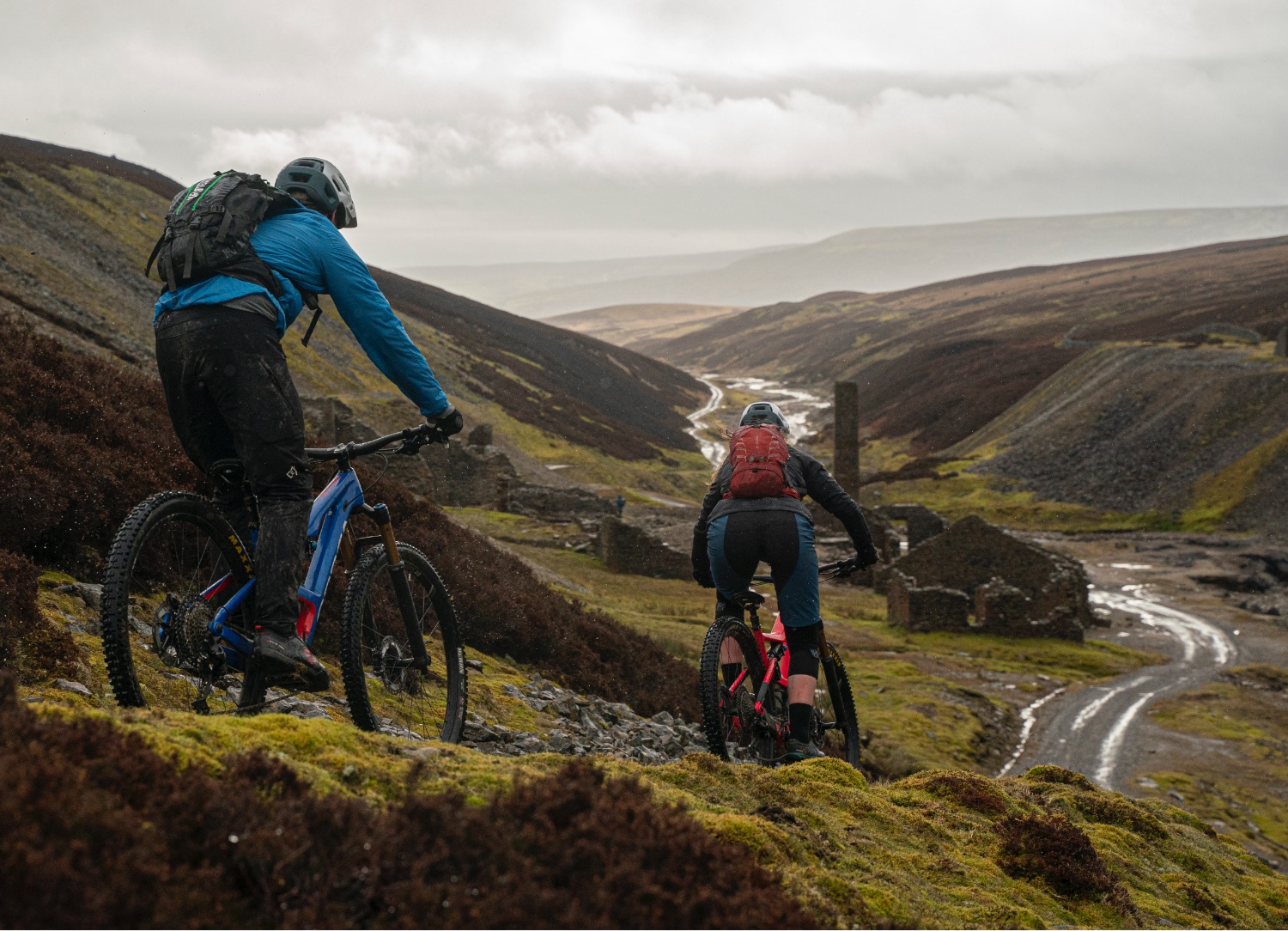
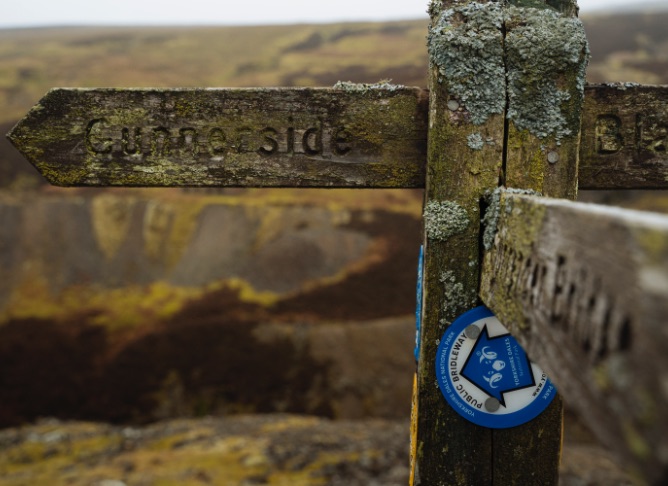
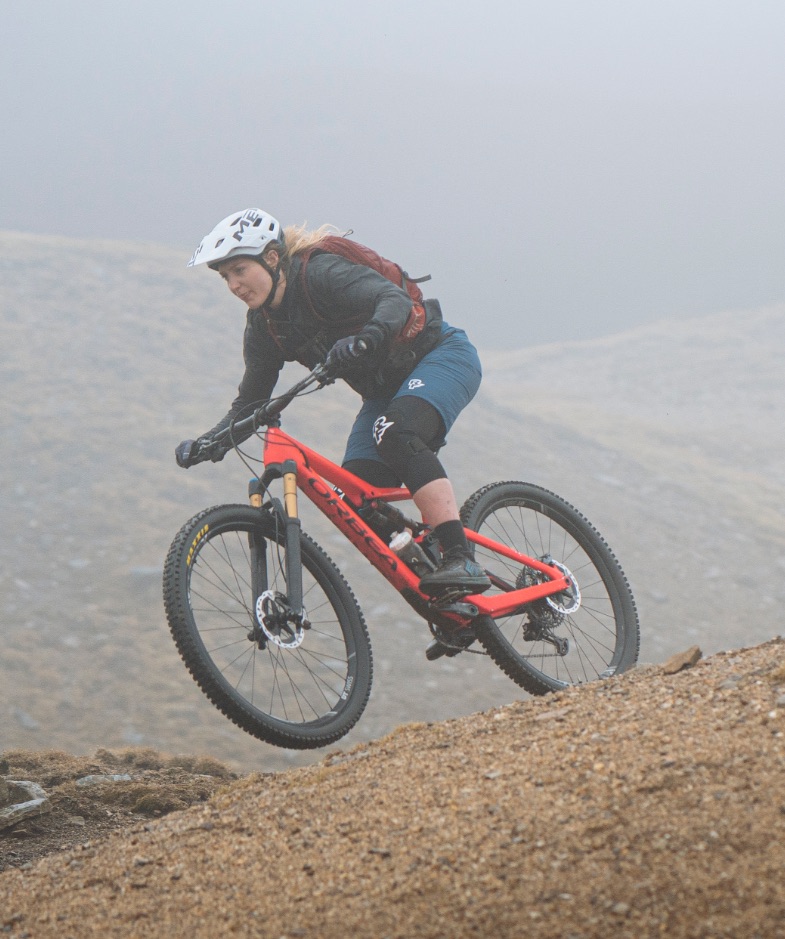
Riding a new bike for the first time in a video is always nerve wracking, luckily the Occam felt great straight away.
Rebecca
At the bottom of that trail stands the Old Smithy of Gunnerside. It has a tale or two to tell.
In fact, it has barely changed since it opened in 1795. Stephen Calvert, the sixth generation of his family to work as a blacksmith stands in the very same spot as his ancestors before him. He heats metal in the same furnace and shapes it over the very same anvil.

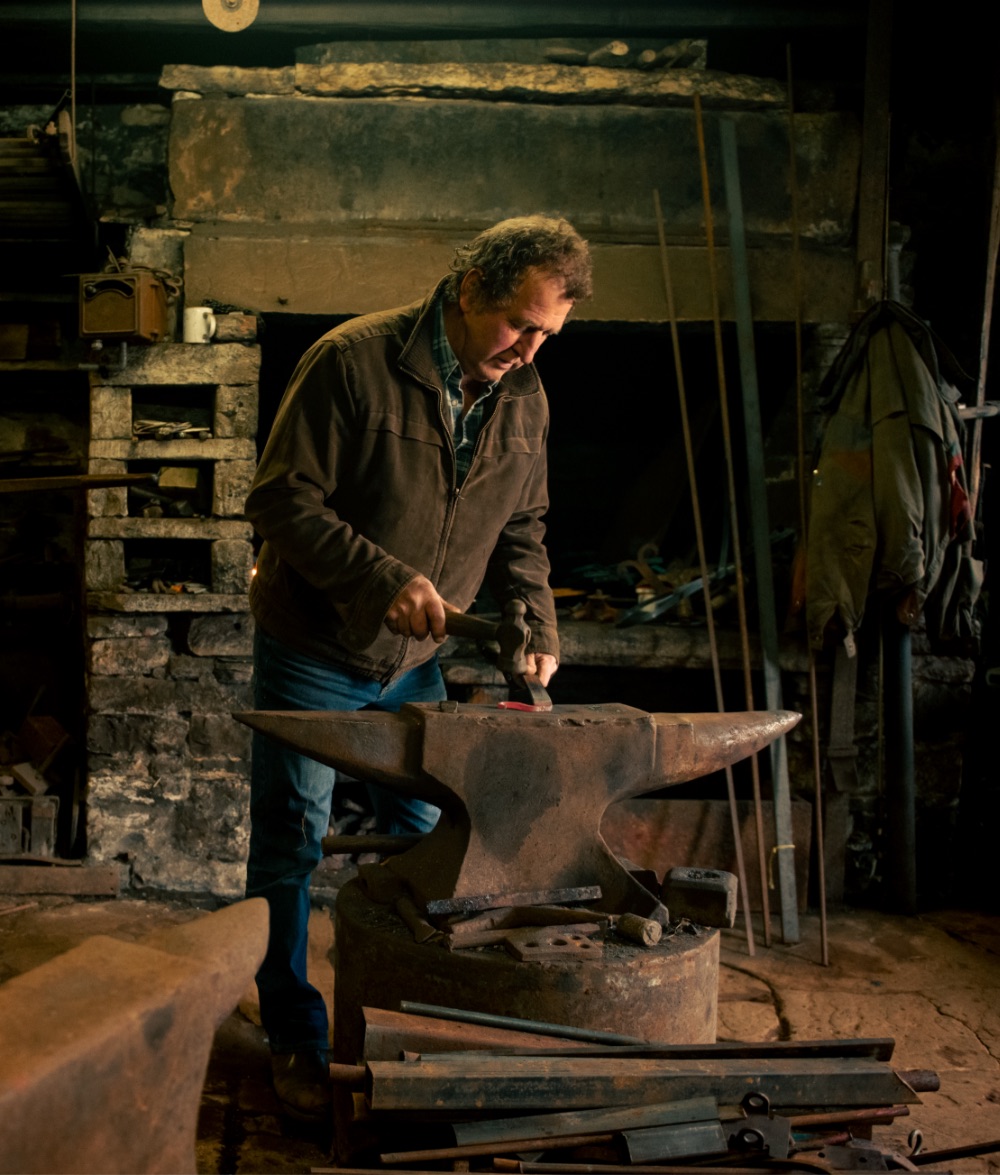
The world beyond the deeply featured door of the Smithy may have changed beyond recognition, but step inside and you’ll find the old art of blacksmithing lives on.
Stephen works deftly and efficiently as he removes the red-hot metal from the furnace. Each hammer blow has purpose. In so many ways it is a simple process, but like riding a bike, true skill takes time to master. The blacksmith of Gunnerside may no longer serve the mines, but his art is very much alive.
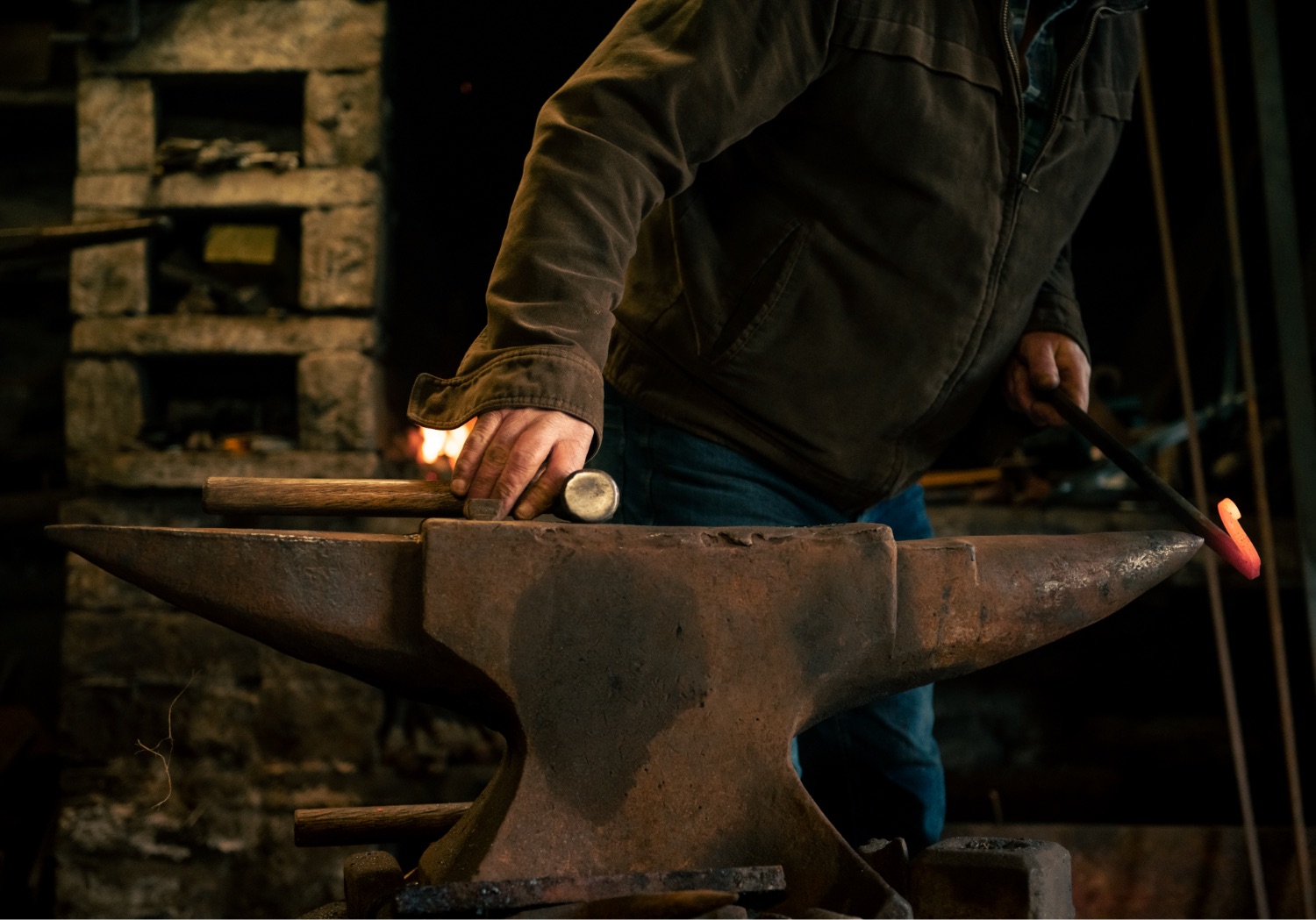
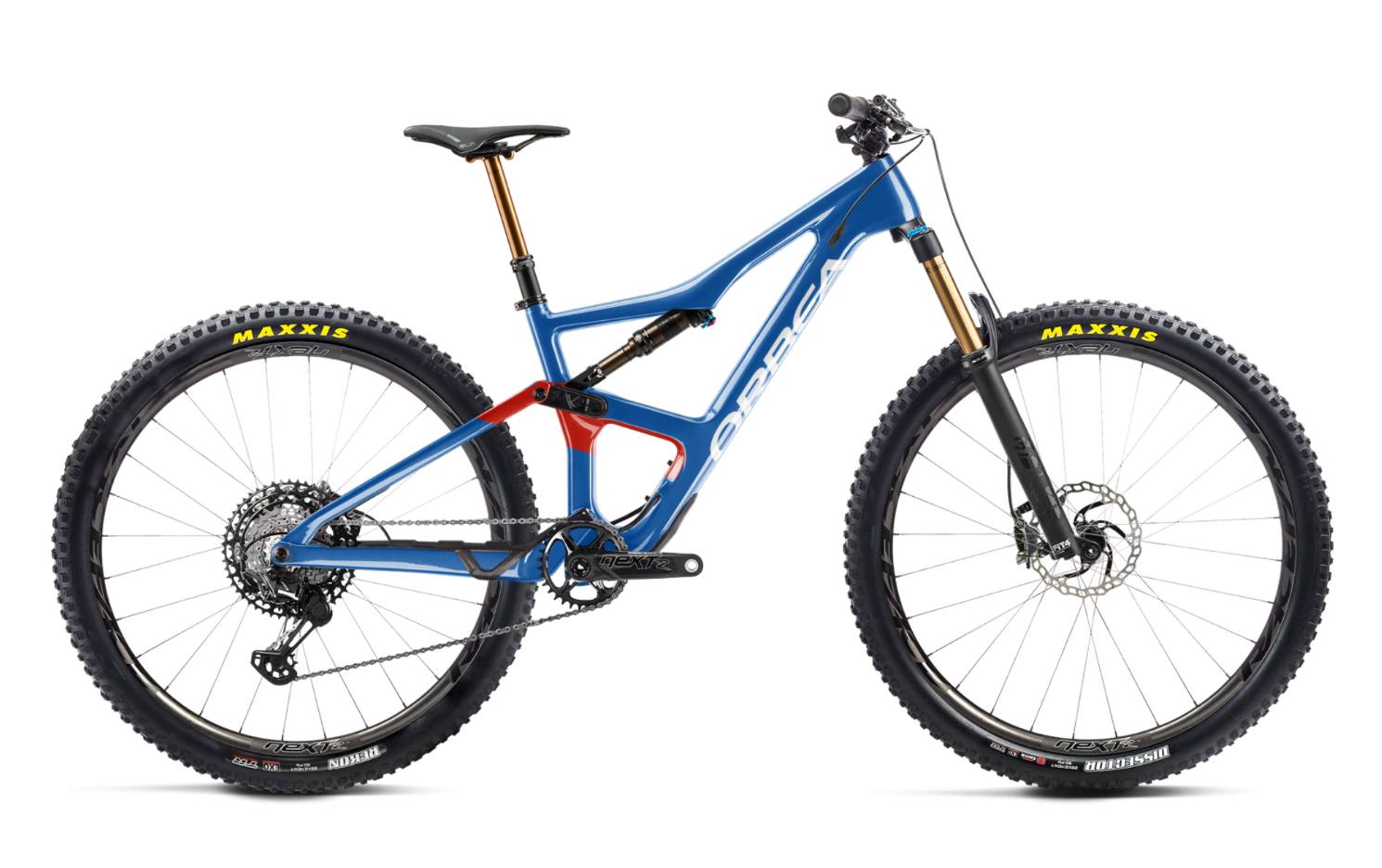
Occam M-LTD
The steep, rocky descents and punchy climbs of these Yorkshire valleys suit the Occam M-LTD perfectly.
The fells above are quiet: gone are the miners of Swaledale.
But their daily journey to and from the tunnels have left a trail for us as riders to navigate: through the skeletal mine workings and across rolling fellside. Clicking freehubs replace the shouts, singing, chatter and clangs of industry, amplifying the sounds of the past.
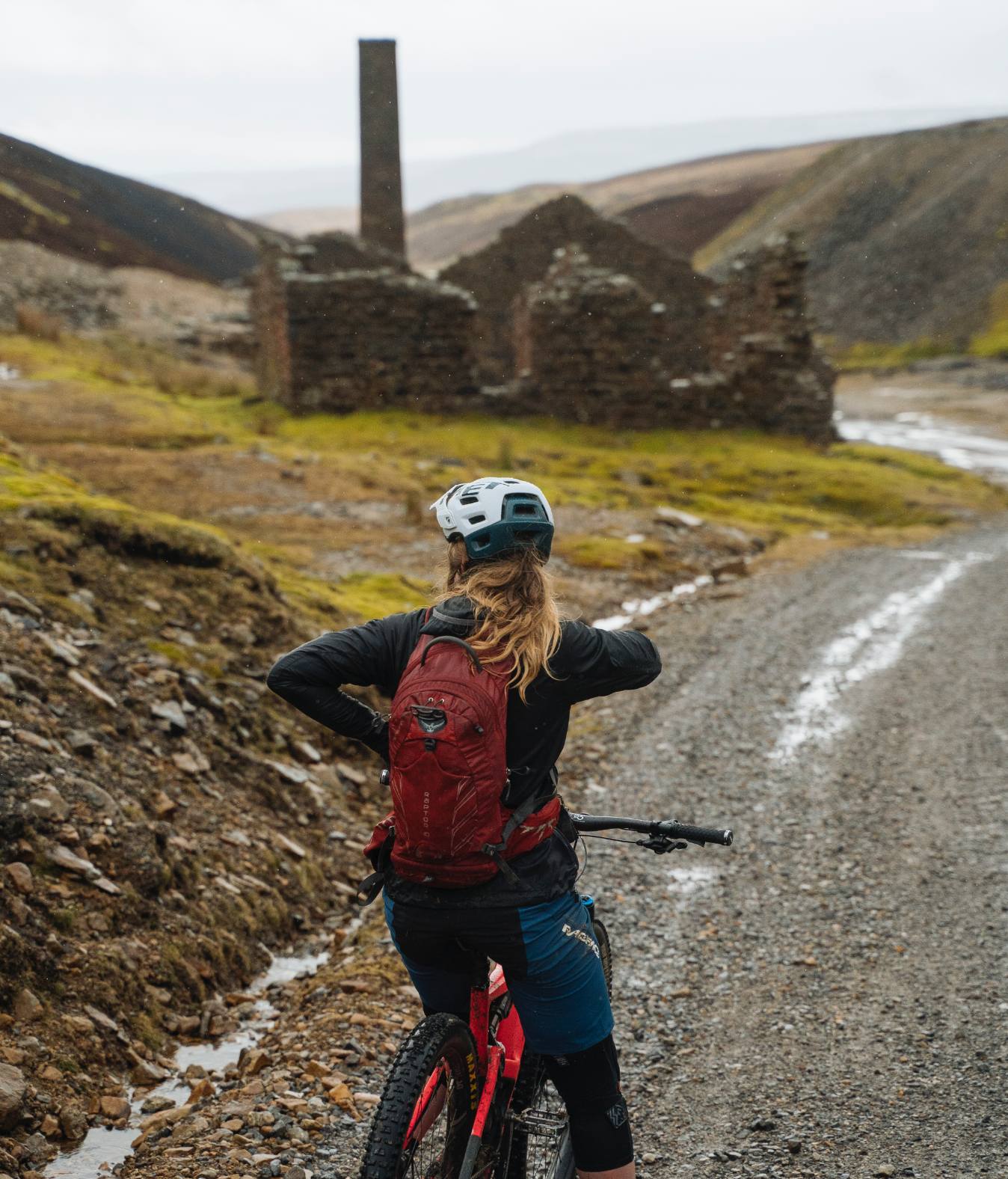
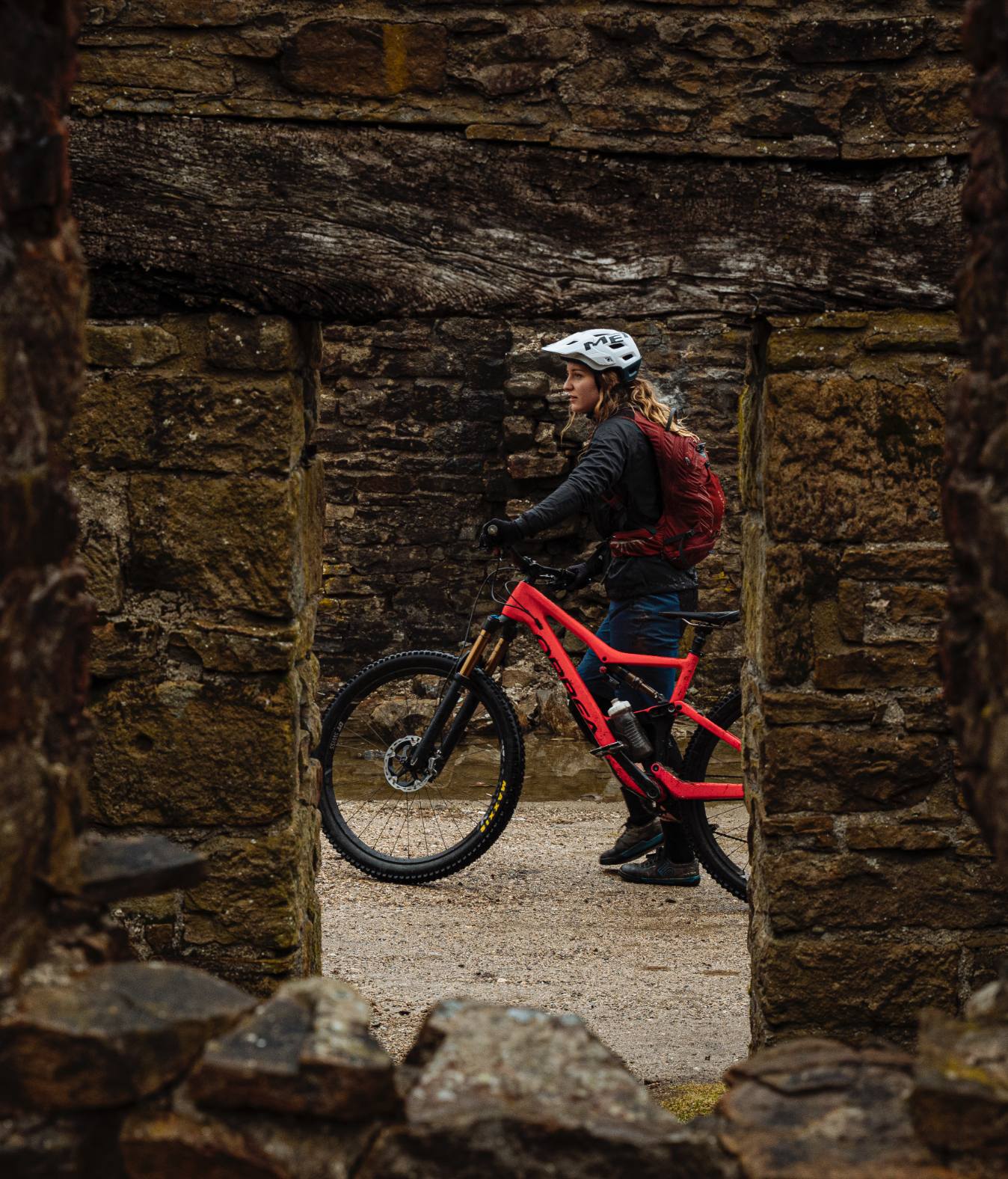
We, as riders, can literally follow in the footsteps of history, and in doing so, we keep the stories alive a little longer, just as Stephen does each time he opens the Smithy door.
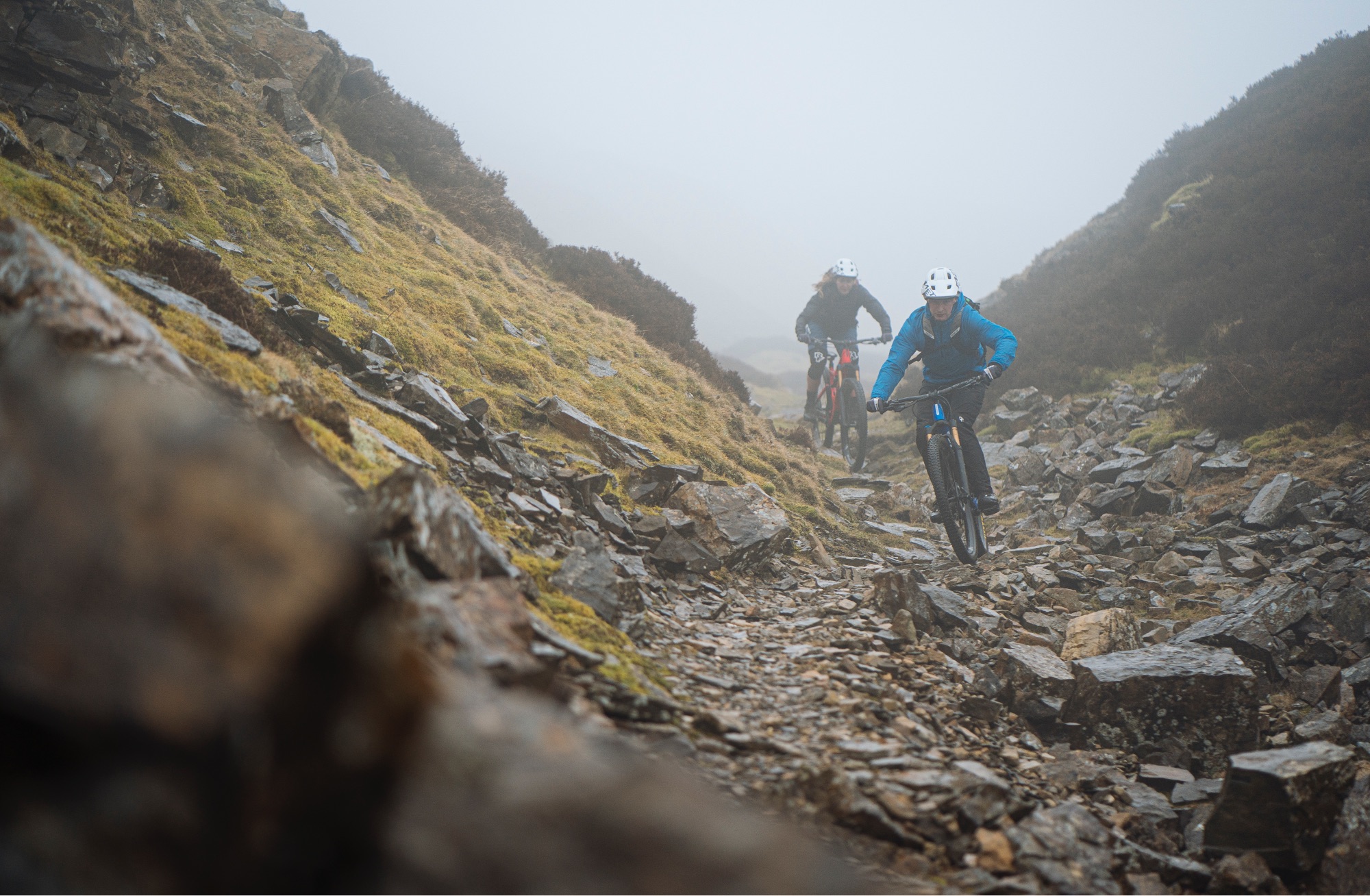
Get to know the bikes from Trail Tales
Occam M-LTD
The steep, rocky descents and punchy climbs of these Yorkshire valleys suit the Occam perfectly. Light and efficient it climbs fantastically but lets you push hard on the descents.
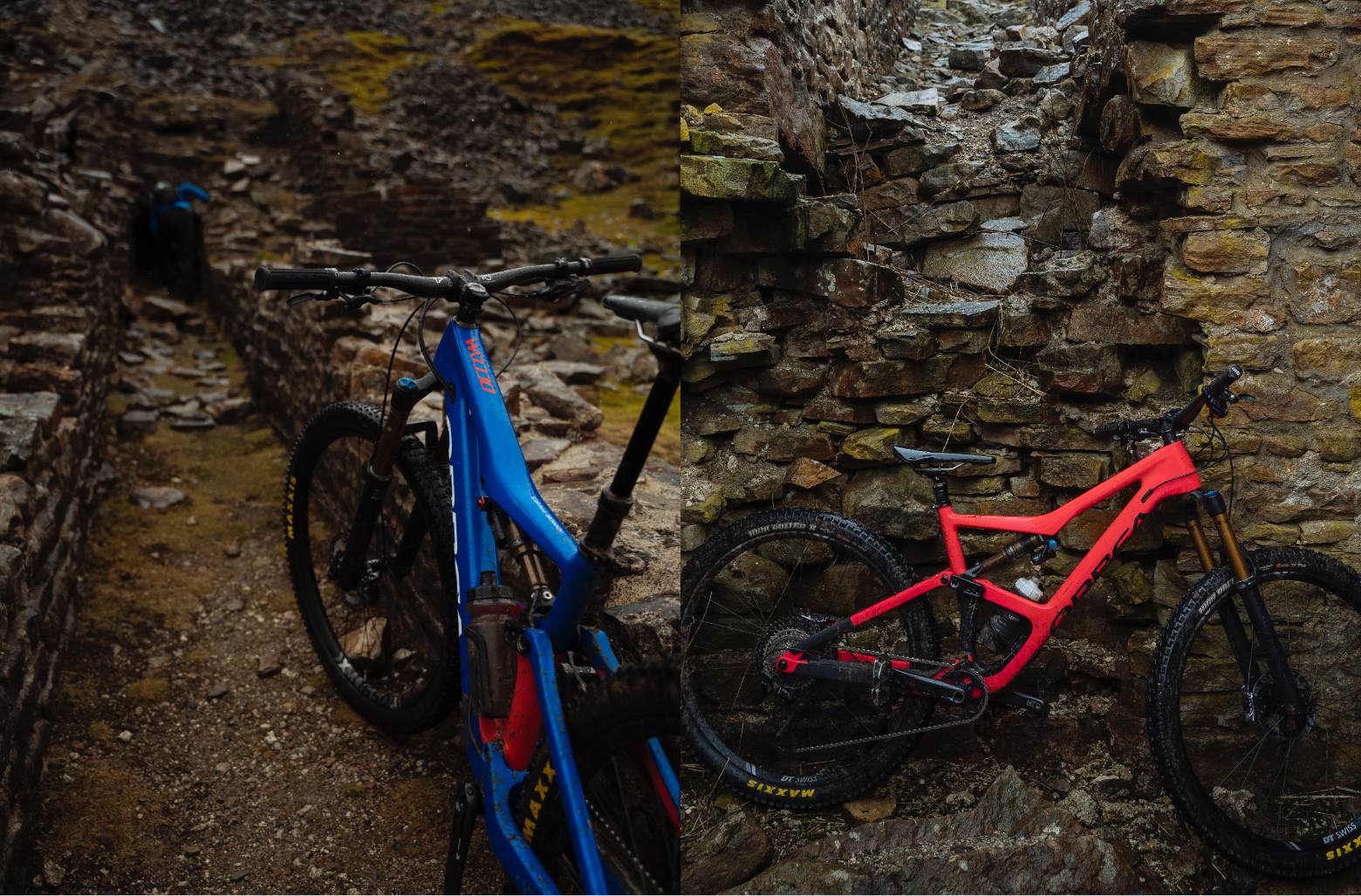

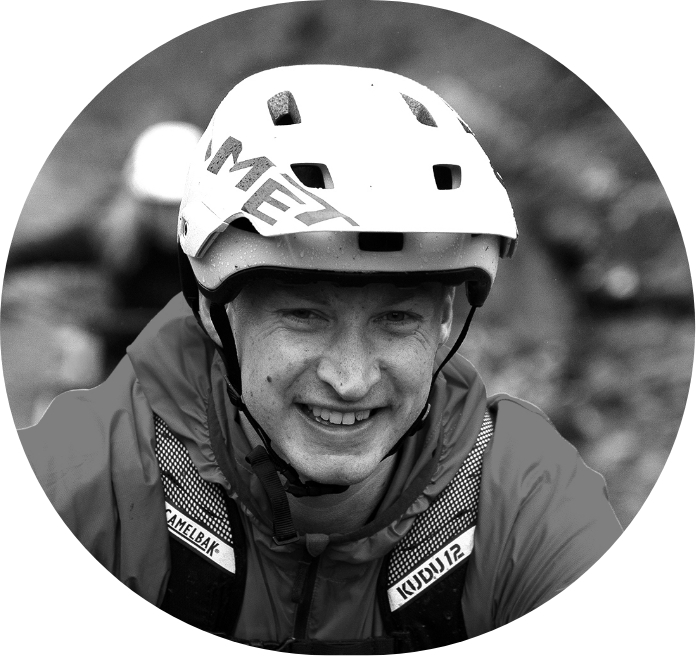
Rob Jolley
Rob can turn his hand to pretty much anything, from farming to trail work and from mountain biking to gravel. Jolley by name, jolly by nature, Rob brings the good times to every ride.
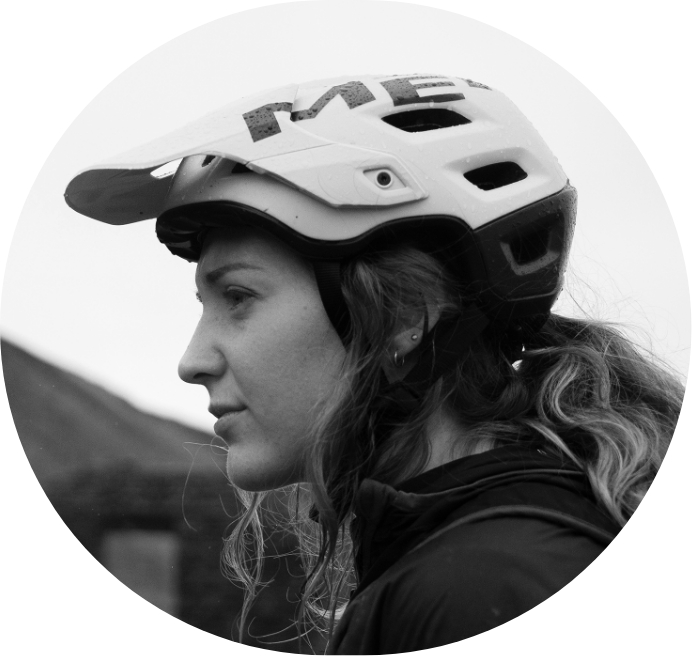
Rebecca Williams
Rebecca is a Northern lass who can properly shred. She has cut her teeth on the rock, root and loam of the Peak District and Wharncliffe Wood, is a huge talent on the bike and no stranger to the great outdoor life.
The history and legacy of trail building in Vancouver’s North Shore mountains is incredible, few places on earth have had as much impact on the mountain biking community as this Canadian mecca.
The progressive nature of these trails started pushing the limits of mountain biking in the 1980’s and encountered their fair share of obstacles along the way. Skinny wooden bridges and rock slab rolls were the features of choice for the original trail builders in the area.
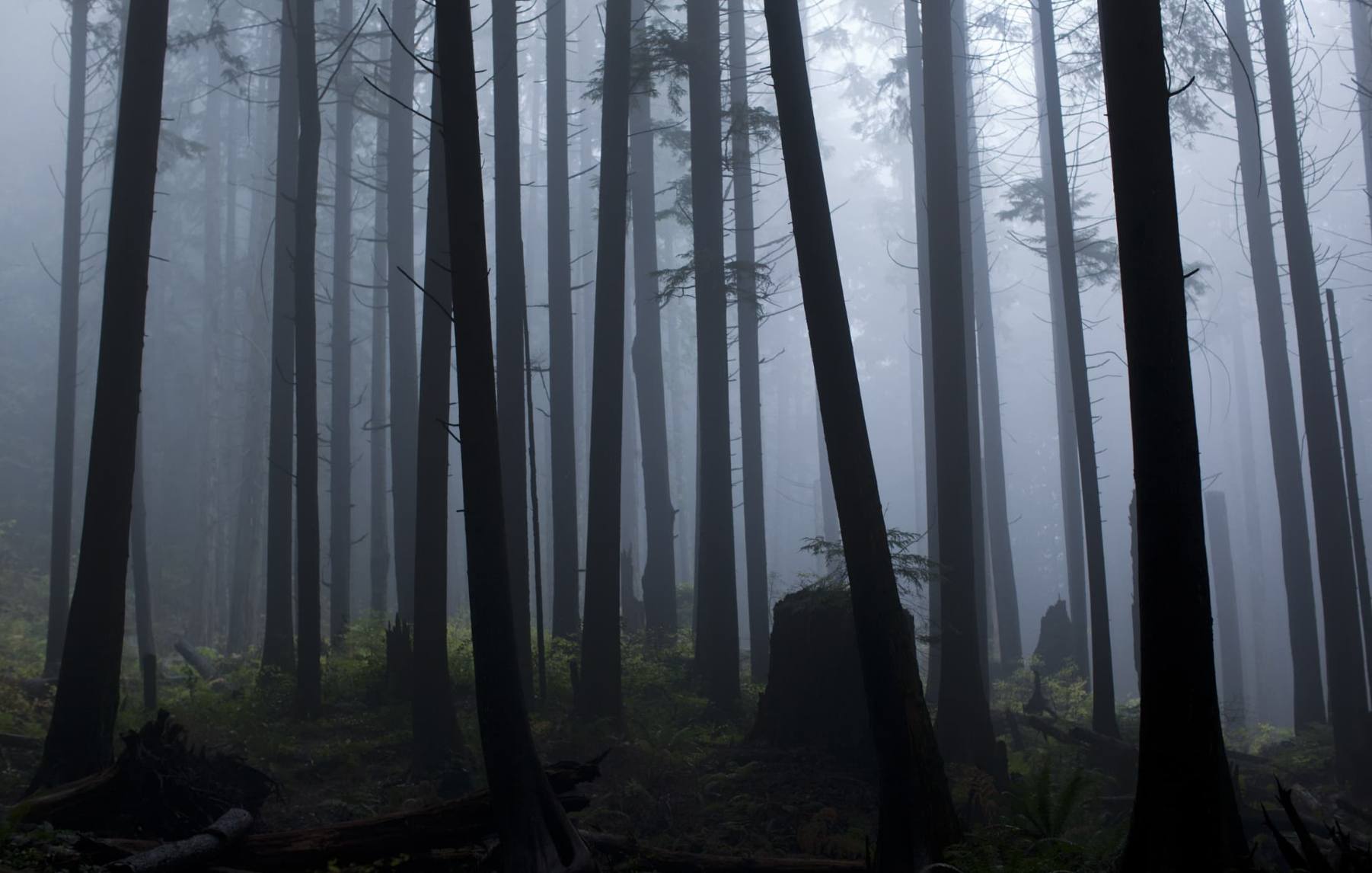
“It began in the 1980’s when digger and his buddies spent hours in the woods making these trails for a sport that didn’t even exist yet”
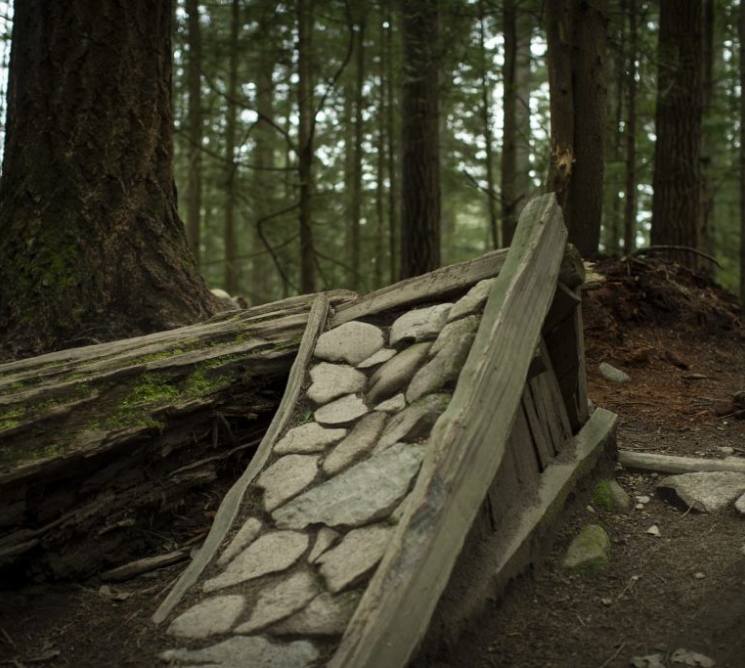
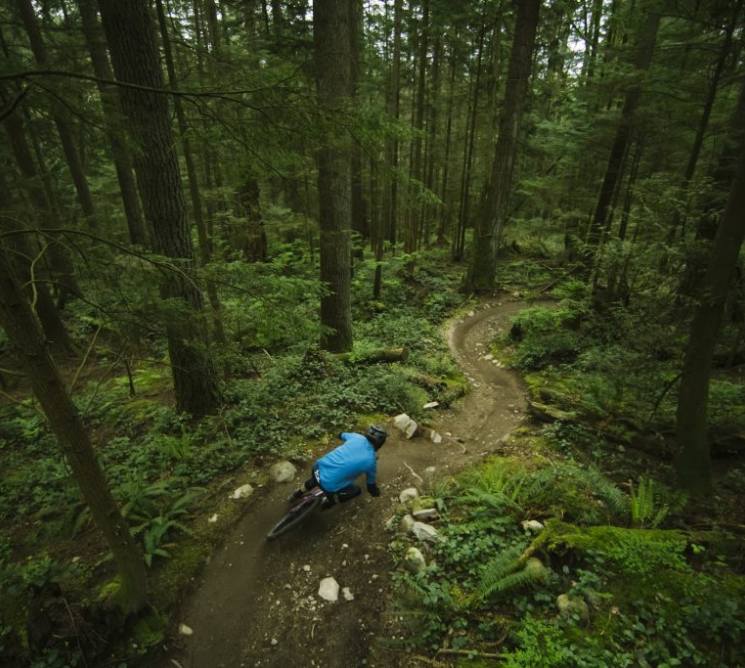
“The district was super against mountain biking for a long time, I can’t even imagine the stress of builders back then being labeled as the “bad guys”. With all the crack-downs we needed to get organized and finally in 1997 the north shore mountain bike association (nsmba) was formed”
Geoff Gulevich, Orbea Ambassador – freerider
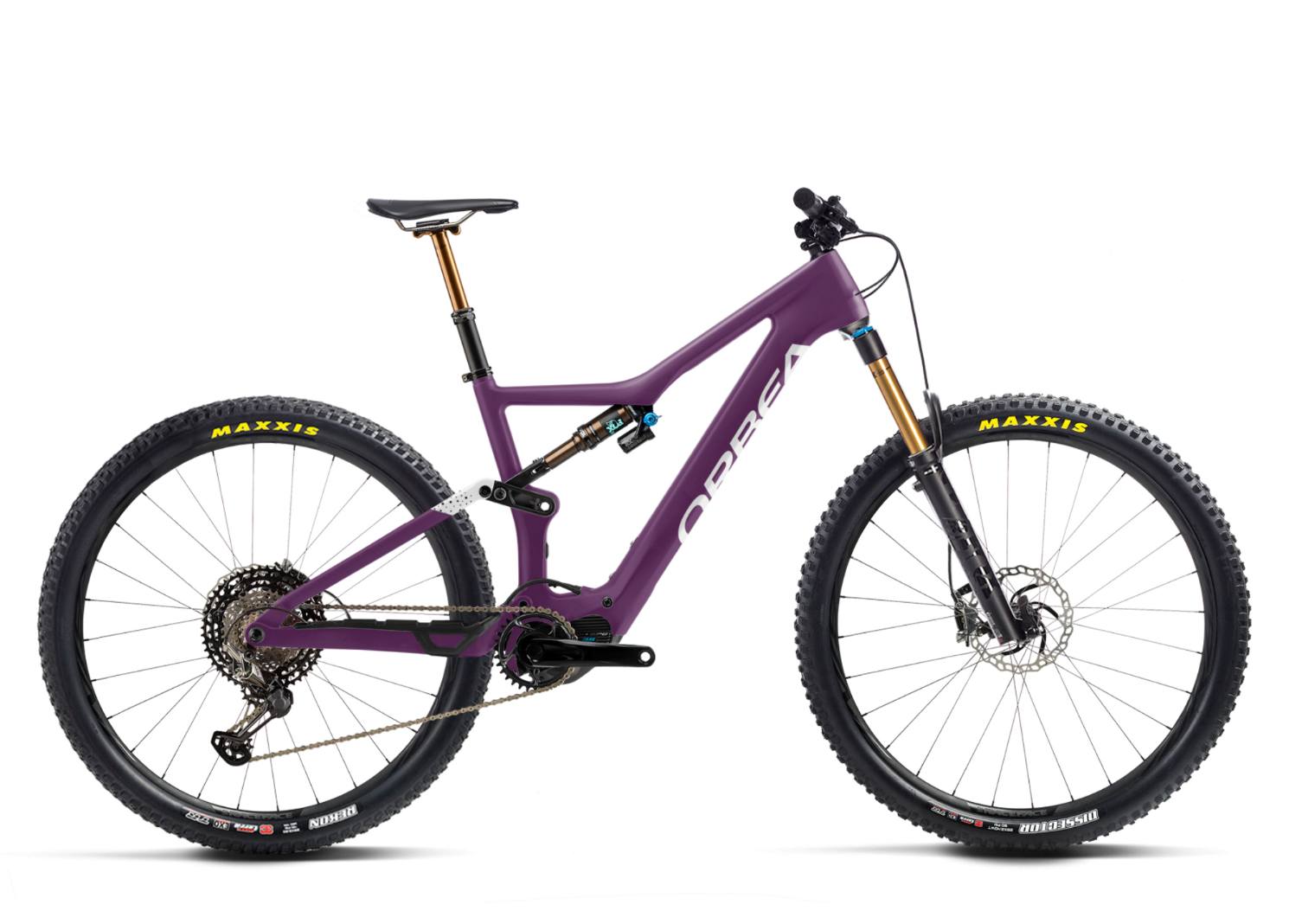
Rise M Team
Geoff chooses our Rise M Team for his style of North Shore riding. Honestly we would recommend our Rallon or Wild FS for most people but Rise works perfectly with Geoff´s smooth but playful style.
“North Vancouver is an interesting situation because you have wilderness lands right in the backyard of a massive community. When the trail building community looks at the side of a mountain, they see a blank canvas ripe for opportunity. But when a land manager looks at that, they see a mosaic of land with competing interests, rights, existing titles - those are all the things being balanced.”
John Hawkins, Director of rec sites & trails
“My hope is that I made some fun trails and brought smiles to people’s faces. That’s what I want my legacy to be like.” - Todd “Digger” Fiander, trail builder
Todd “Digger” Fiander, trail builder
Although the rogue building has subsided, there will always be people who push against the grain of regulation. At the end of the day most cyclists also have the best interest of the land and people who manage it.
With the help of the entire community of builders, riders and government the hopes are to have these trails around for future generations to enjoy.
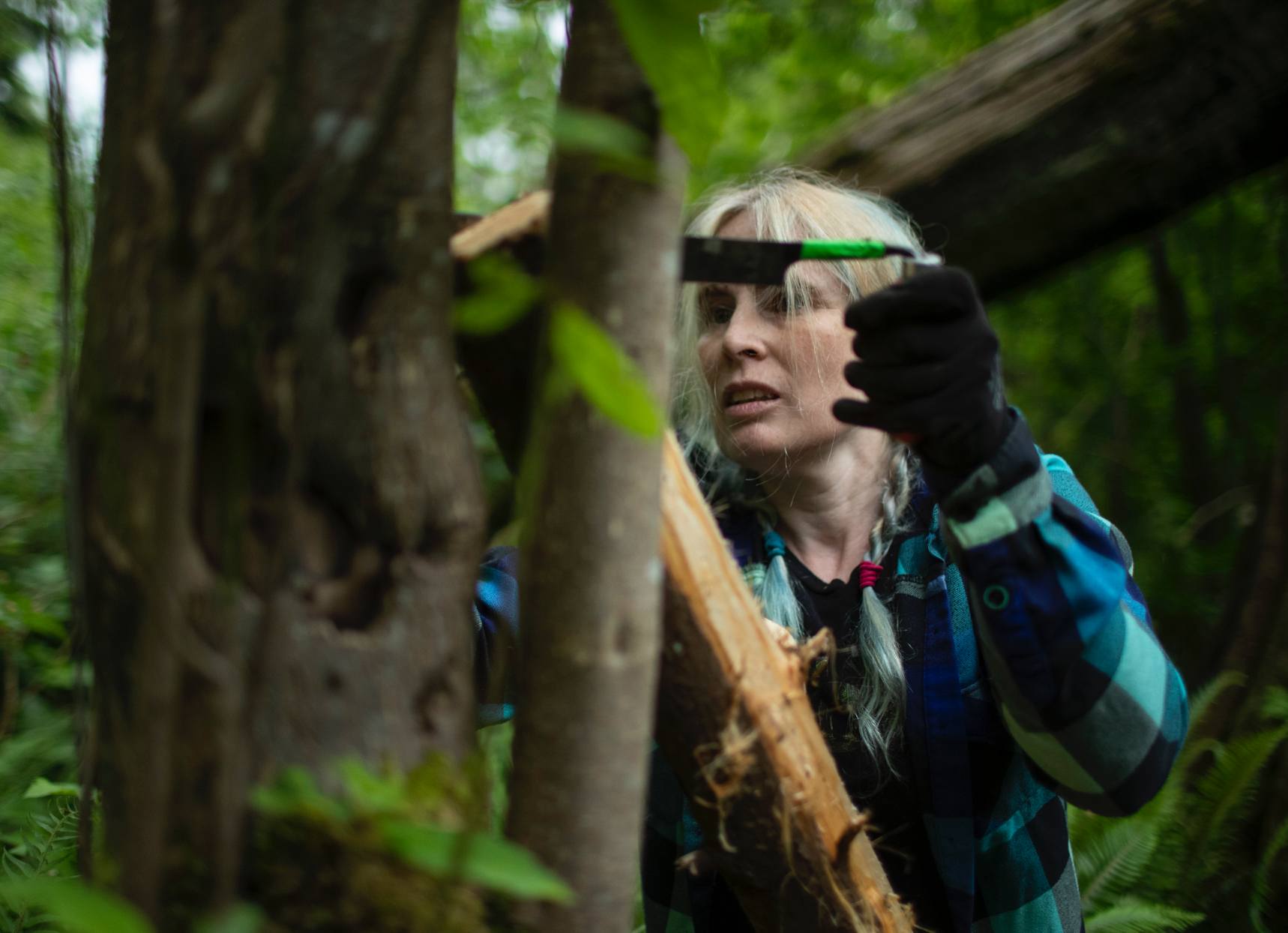
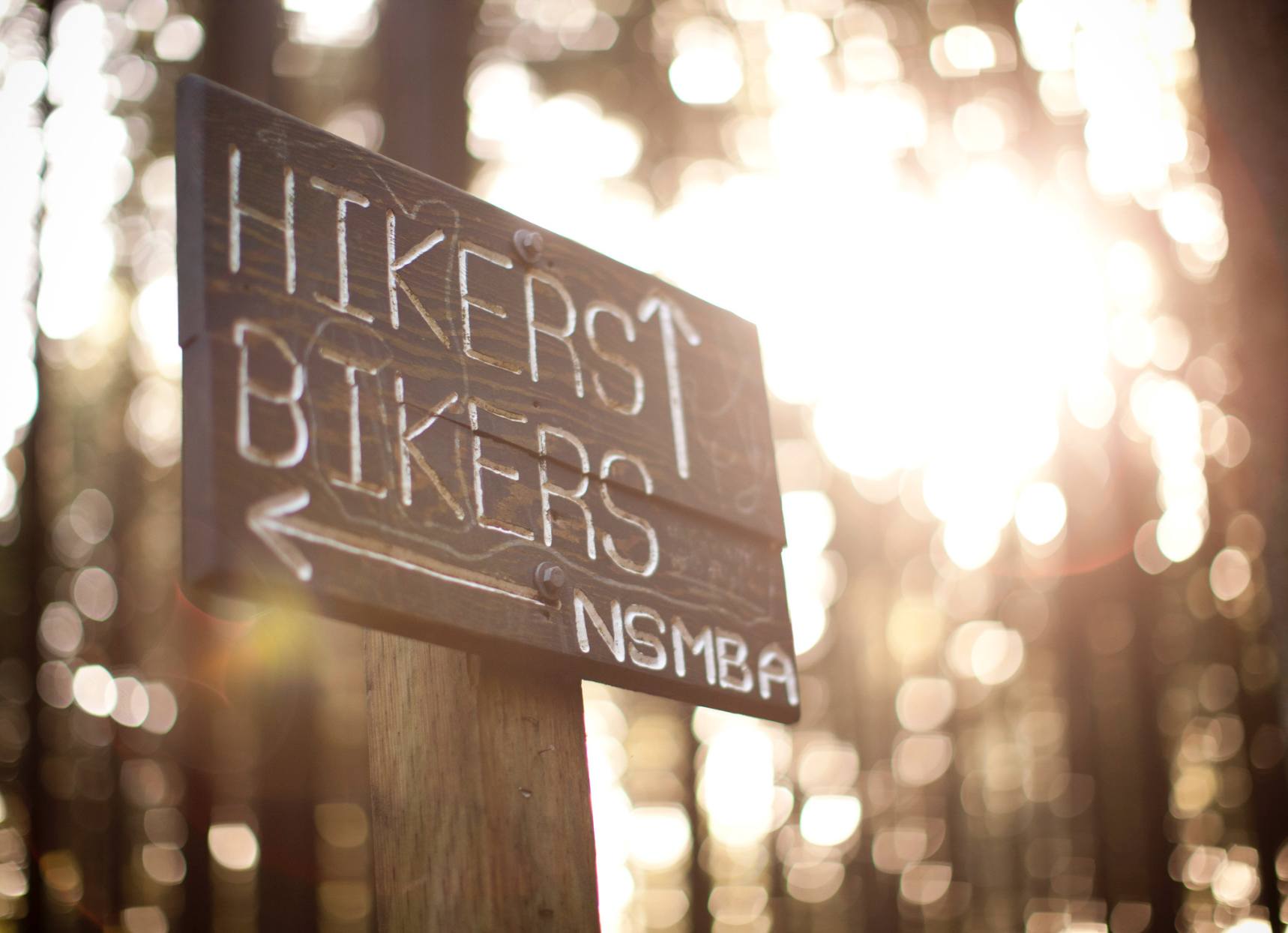
Get to know the bikes from Trail Tales
Rise M Team
Geoff is riding the Rise M Team, with the Fox 36 fork being the obvious choice for his riding style. The 360Wh battery keeps the bike as light as possible but gives plenty of power for self shuttling on these North Shore trails.
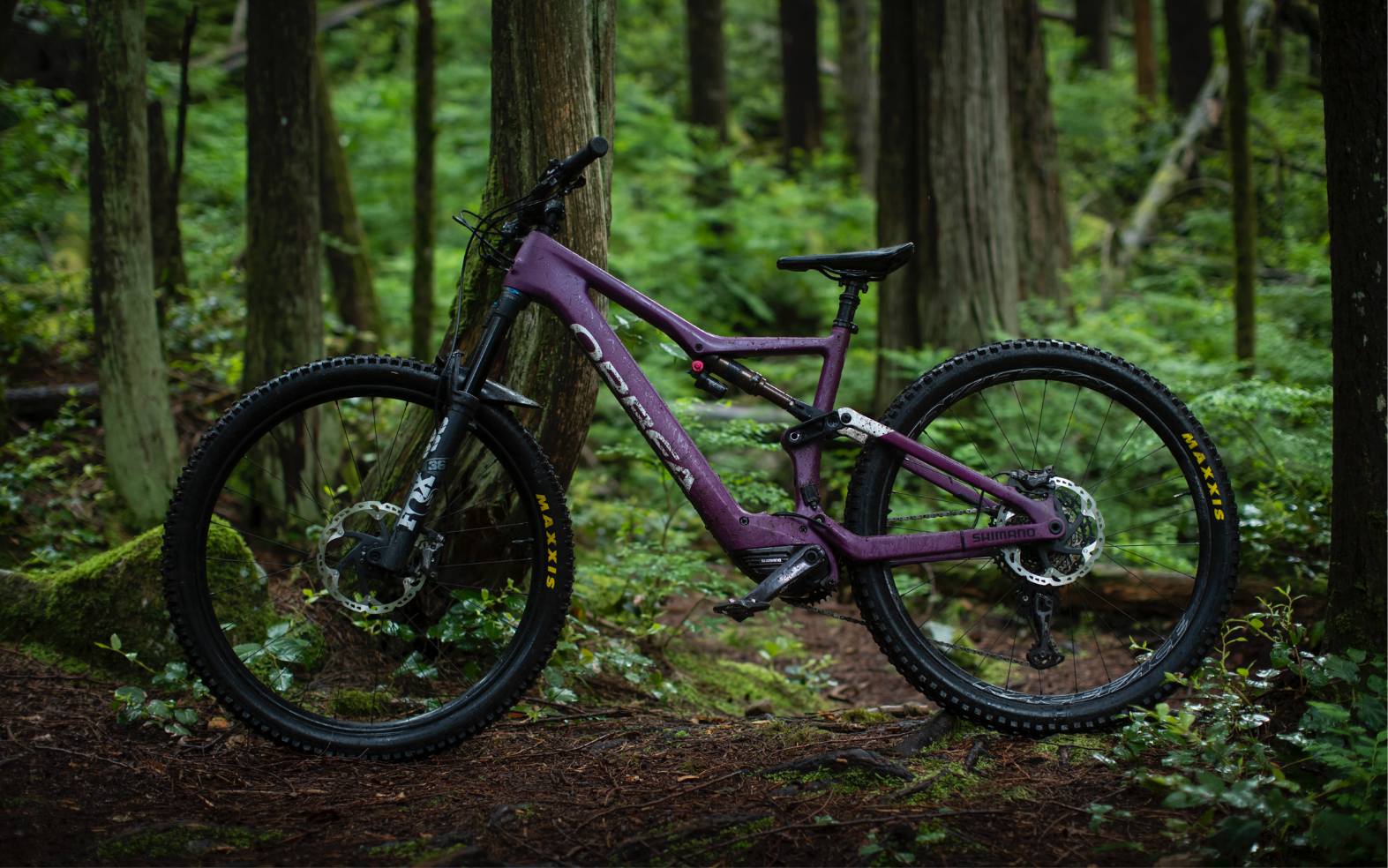

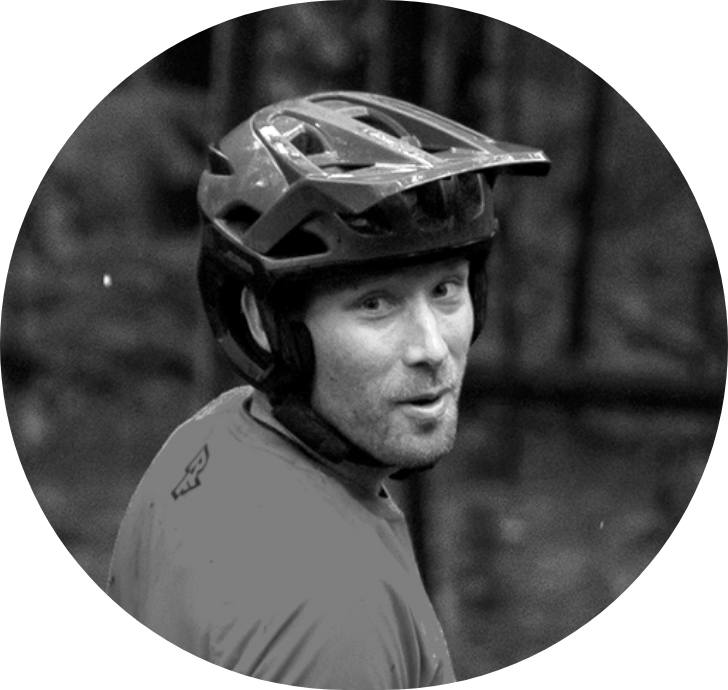
Geoff Gulevich
Red Bull Rampage veteran, North shore local and one of the smoothest riders out there, Geoff needs little introduction. As well as being one of the world´s best freeriders, Geoff produces great content, making the hard trails look easy with his signature style.
We know that the language, Euskera, is one of the very few unique languages in the world, that it has survived many challenges, and that it is still widely spoken today.
We also know that the Basques were whalers and fearless seafarers as much as they were shepherds and farmers. We don’t know when they started whaling, but we do know that they ruled the sea trade at the end of the middle ages. In the 15th century, around 80% of the boats docking in Bristol (UK) were Basque and they were laden with iron ore, whale oil, wool from Castile, and Bordeaux wine.
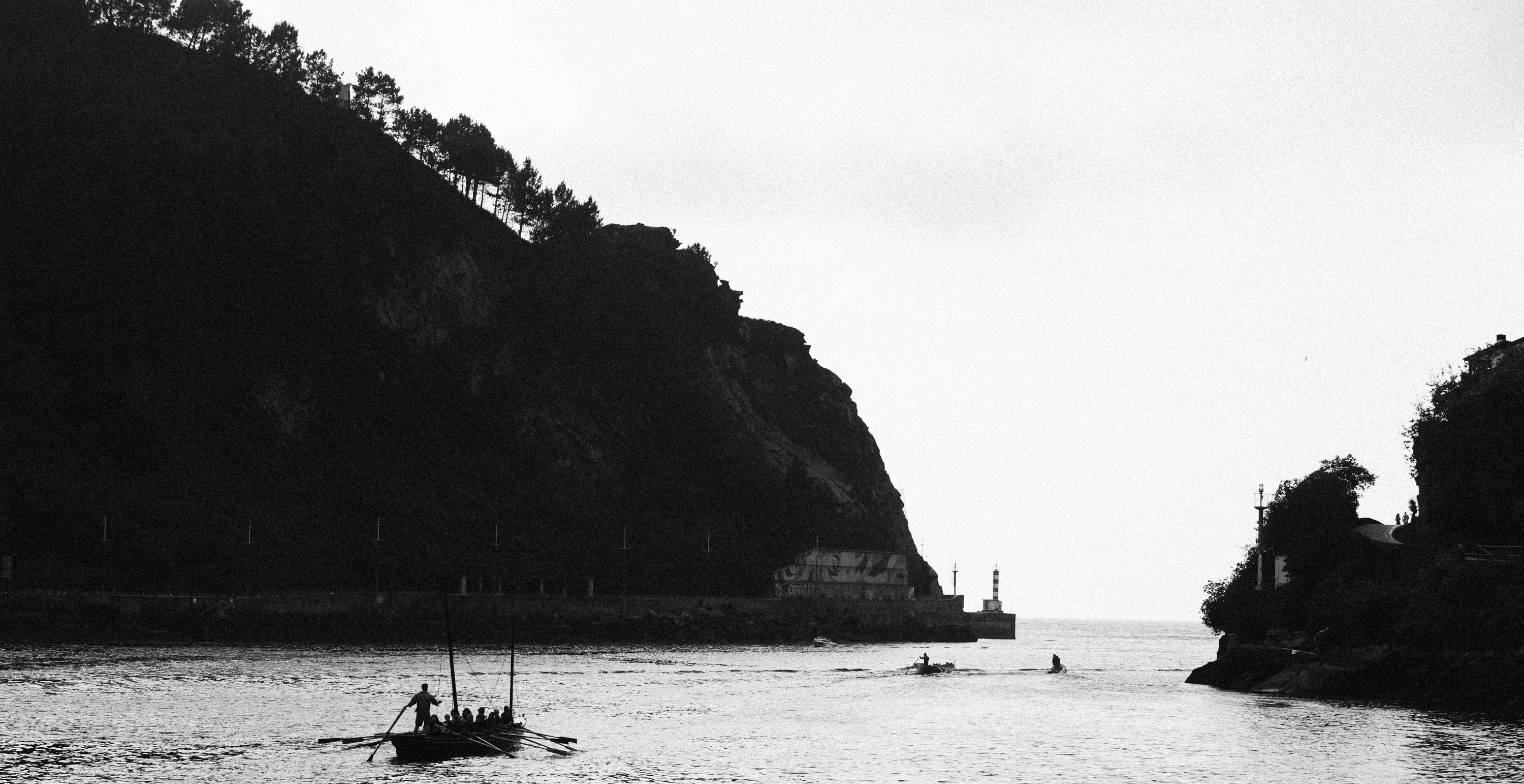
The Basques needed strong boats to survive the savage seas in the Bay of Biscay, and the land provided the perfect materials.
The Basque mountains held plentiful iron ore deposits, plus forests for the charcoal to refine it. Additionally, the Oak and Beech forests provided strong wood. Chance also plays a part, and sometime around the 9th century, an encounter with the Vikings taught the Basques a better way to build solid and fast boats. Making full use of both their natural resources and knowledge meant that the Basque shipbuilding technology developed each year until they dominated the worldwide shipbuilding industry.
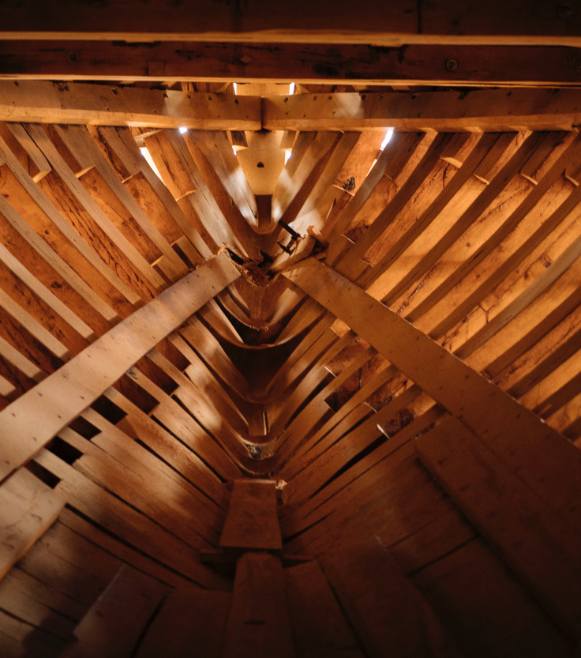
The Iron trails are wider, with gentle twists and turns, often passing through tunnels in the mountainside.
On these trails, the iron ore was mined and hauled down the mountain with horse and cart, and later with small trains.
Of course, such an industrial history leaves traces on the land and today you can still ride the old trails which start high in the mountains around the coast. The tight, twisting trails which carried charcoal down the mountains are easily recognized by the regular punctuation marks of charred earth where wood was converted to charcoal through the centuries.
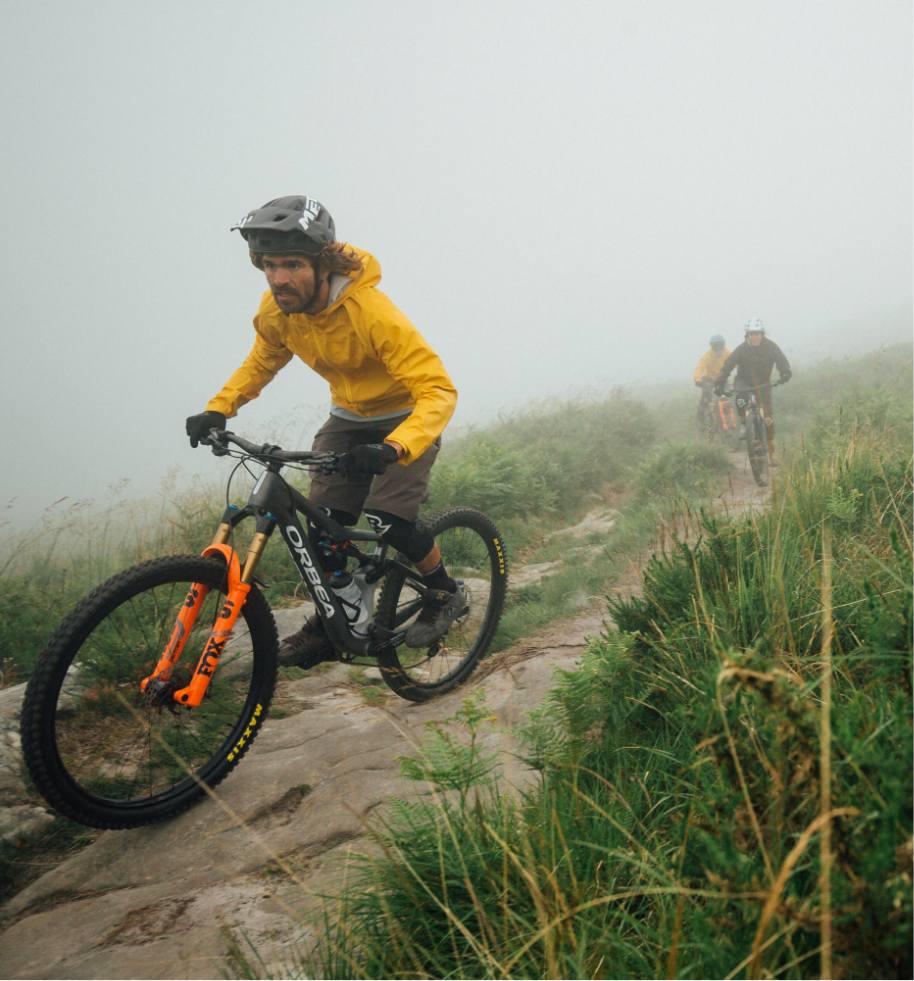
"Occam is the perfect bike for these tight, twisty natural trails where you really need to bike to be agile."
The iron and charcoal trails meet at the coast where the iron ore was turned into iron and steel using the heat from the charcoal.
But the trails don’t stop there. From the coast, they fan out, following the whales and the trading routes out across the trackless expanse of the ocean. Here the trails are harder to follow, but not impossible. Historians can track the Basque ships using old records and also the traces of the language left on the people of distant countries.
In this manner, we know that the Basques ventured to Norway very early in their history, and from there to Iceland. By the 16th century, the fearless Basque sailors were regularly crossing the Atlantic to trade with Canada.
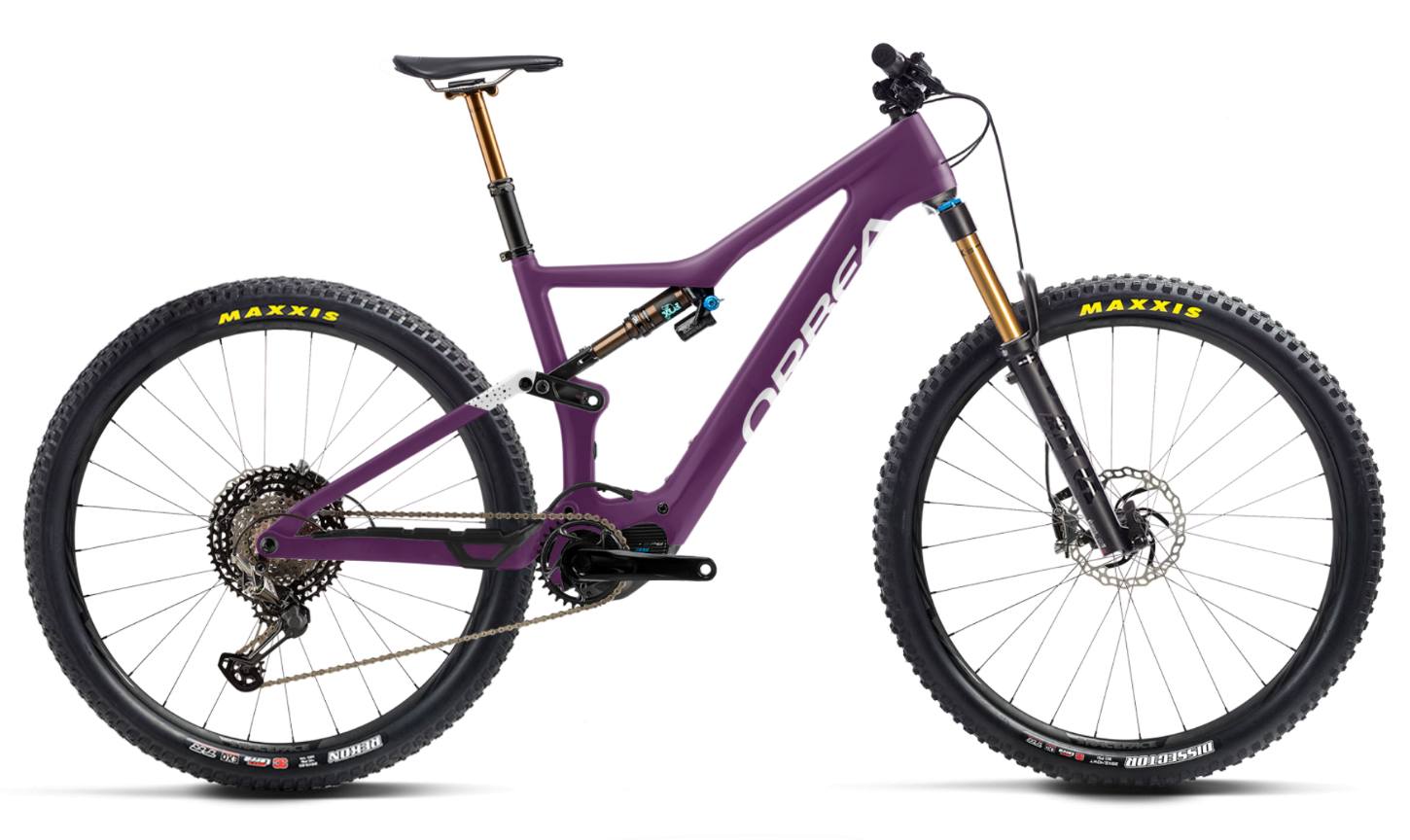
Rise M-Team
Lierni is riding our top of the range Rise, the lightest member of our Rise family, a machine designed to expand your trail experience and bring you closer to the moment. Less “e” and more “bike”.
At the end of the 16th century, it is estimated that five thousand Basques were sailing across the Atlantic each year, without charts, and making peaceful trade with the native Americans. It is notable the Basques didn’t suffer from scurvy during these voyages, something that was still killing British and French sailors almost 200 years later. This has been attributed to their liberal consumption of cider during their voyages, an affinity which you can still find today in any bar in any part of the Basque country.
So, the trails which start high in the Basque Mountains lead down to the coast, and then from there spread out across the Atlantic ocean as far as Canada.
It was one of these trails which we follow today, the trail of the ship, “San Juan”. This trail probably started in the mid-1500s when a tree was felled and turned into planks. At the same time, iron ore was dug out of the ground, and charcoal was made high on the mountain. These three ingredients followed our trails down the mountain, through tunnels, over bridges, through the forests to the coast. Here they were worked by some of the most skilled craftsmen in the world, and slowly the San Juan was built.
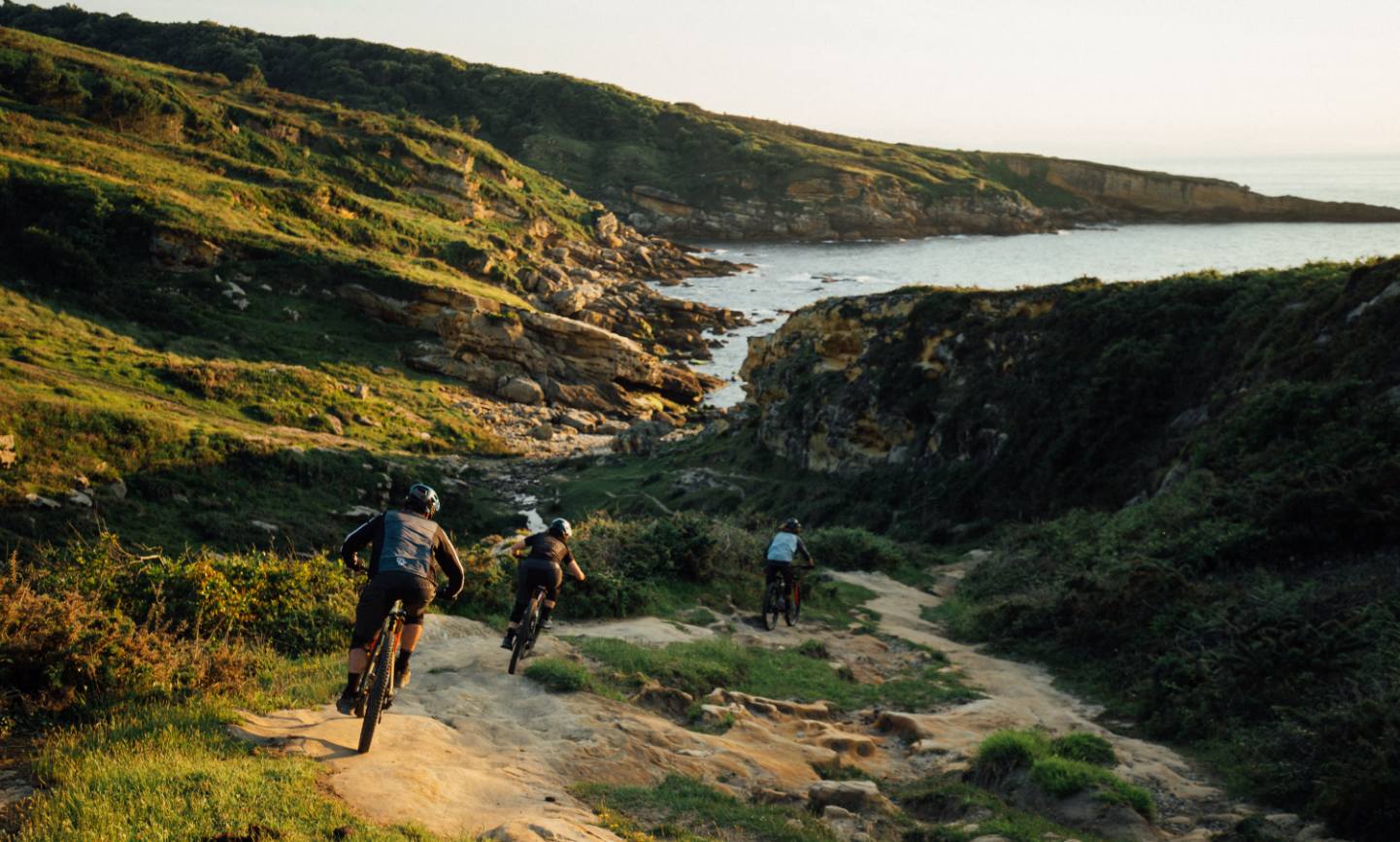
She was 52 feet long, 240 tonnes, and boasted 3 masts and a crew of 60 hardy Basques. She set sail in 1565, following the elusive Right Whale across the merciless Atlantic Ocean all the way to Newfoundland. Landing here the sailors traded with the native Americans, taught them some Euskera, and turned whale blubber into oil. It was here where disaster struck, in the form of a storm, breaking the anchor chain and sinking the ship in the cold waters of Red Bay, Newfoundland. And there she lay for more than four centuries until she was discovered in 1978. Thanks to the cold waters and covering of mud the boat was perfectly preserved and over the next 30 years a team of scientists worked relentlessly to carefully raise parts of the boat, model them and replace them in their watery grave.
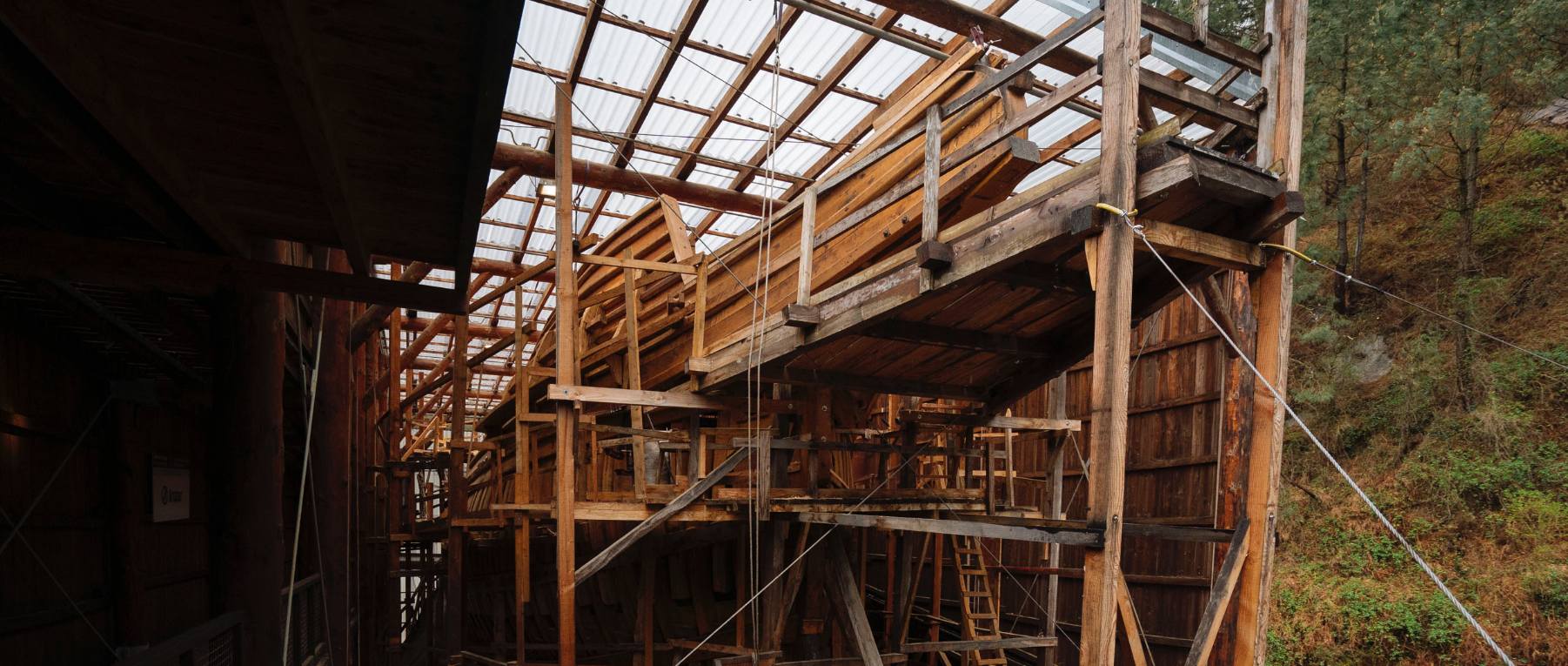
Albaola is the Basque foundation founded to rebuild the San Juan, using traditional methods and local materials.
Work started in 2013 when local trees were selected and felled, local iron turned into nails, and local artisans began the painstaking process of rebuilding the San Juan using ancient techniques that have almost, but not entirely, been forgotten. Once complete, the boat will follow the old trails once more, searching out the far side of the Atlantic in a recreation of that fateful voyage of 1565. In the meantime, the local bikers will continue to ride the trails, which twist and turn from the Basque mountain tops to the Atlantic shore, from where the tracks continue across the waves to distant shores, but we cannot follow.
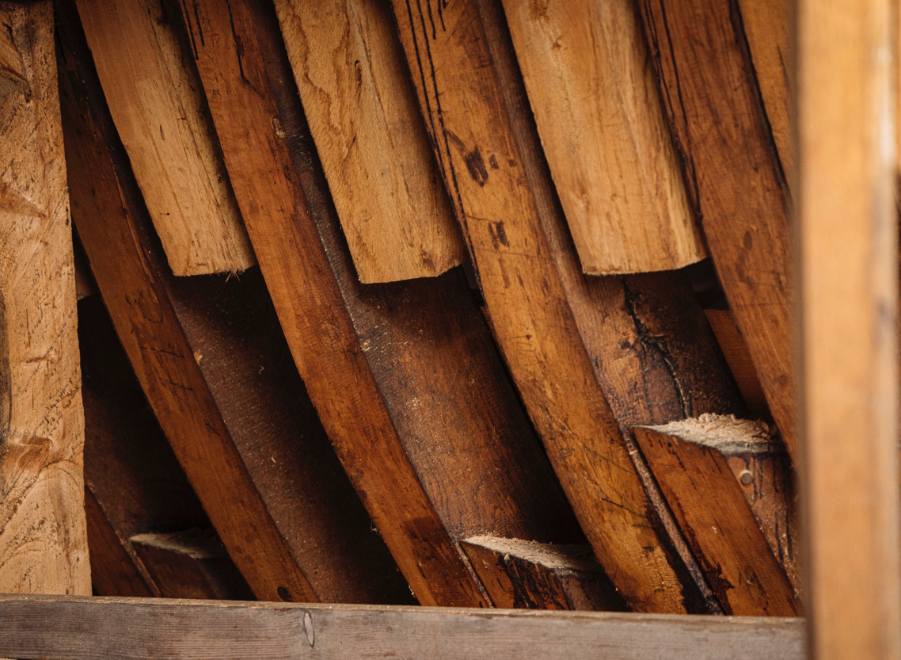
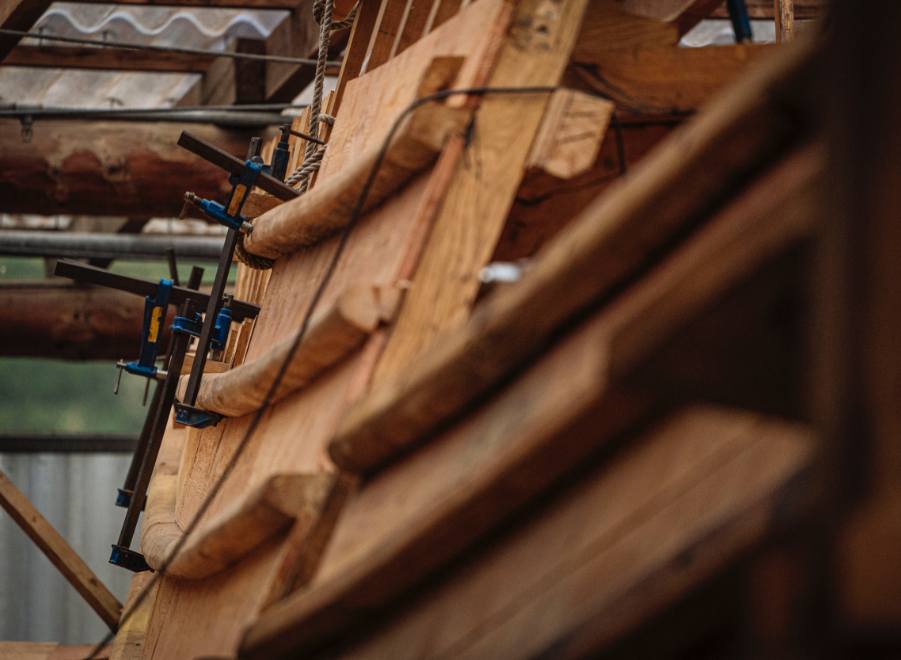
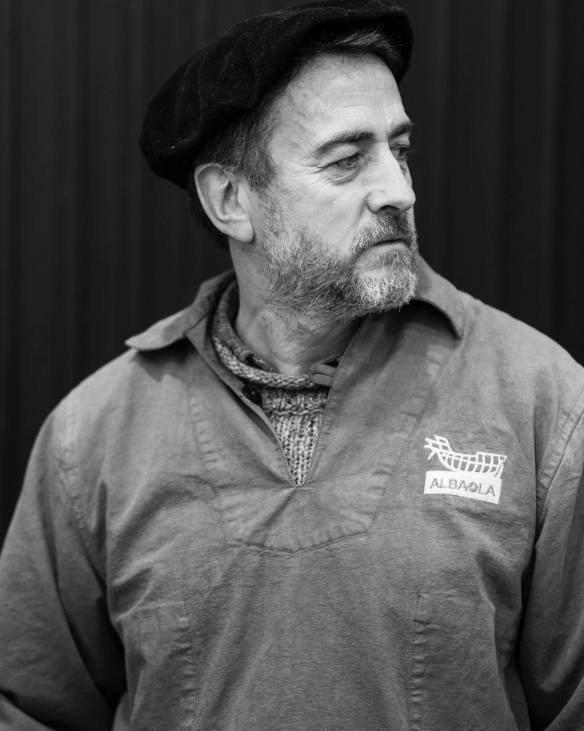
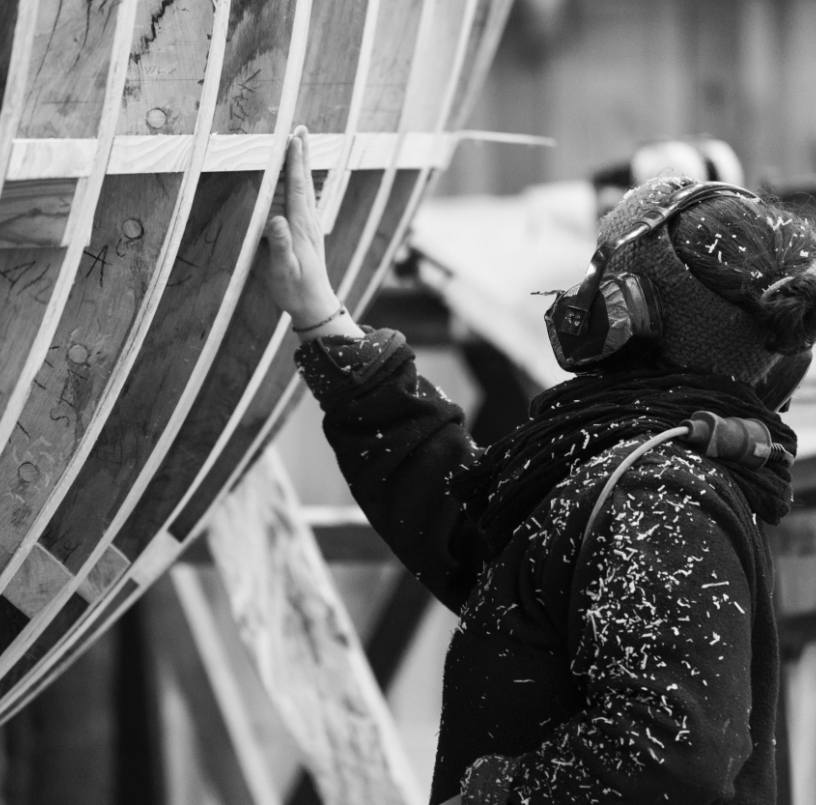
Get to know the bikes from Trail Tales
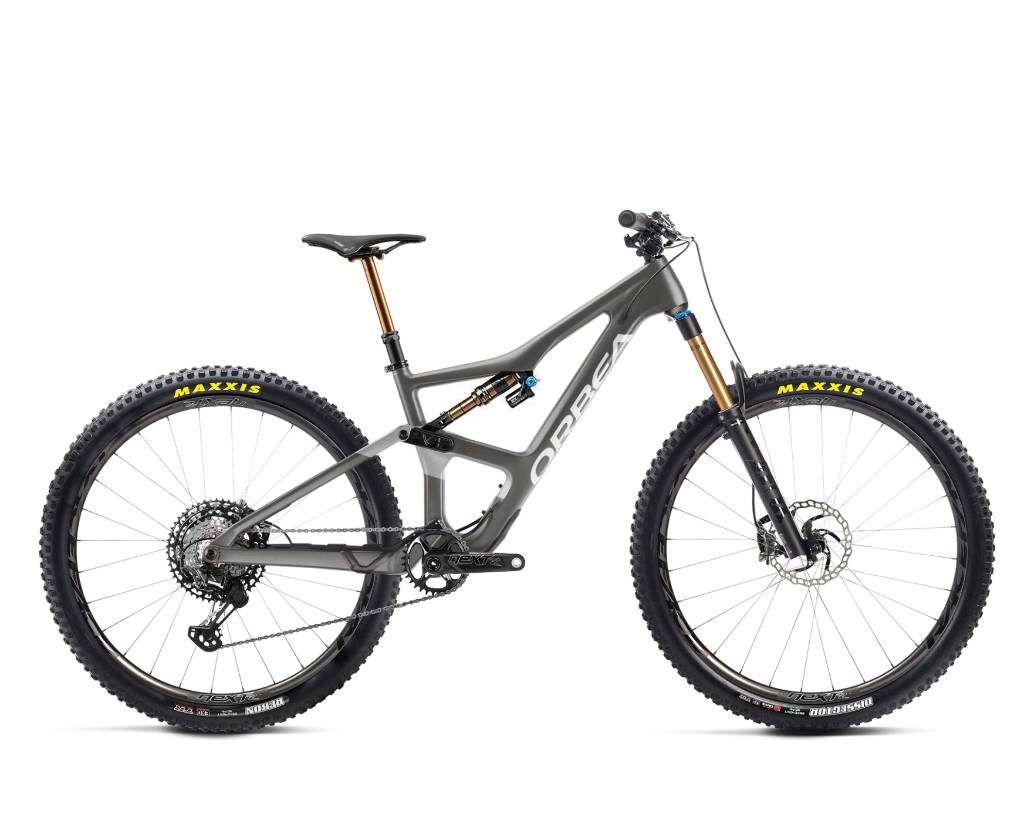
Occam M10
Igor rides the Occam M10 with the beefy Fox 36 fork and Raceface finishing kit. At 176cm tall, and with a BMX background, Igor rides the M with a 170mm Fox Transfer dropper.
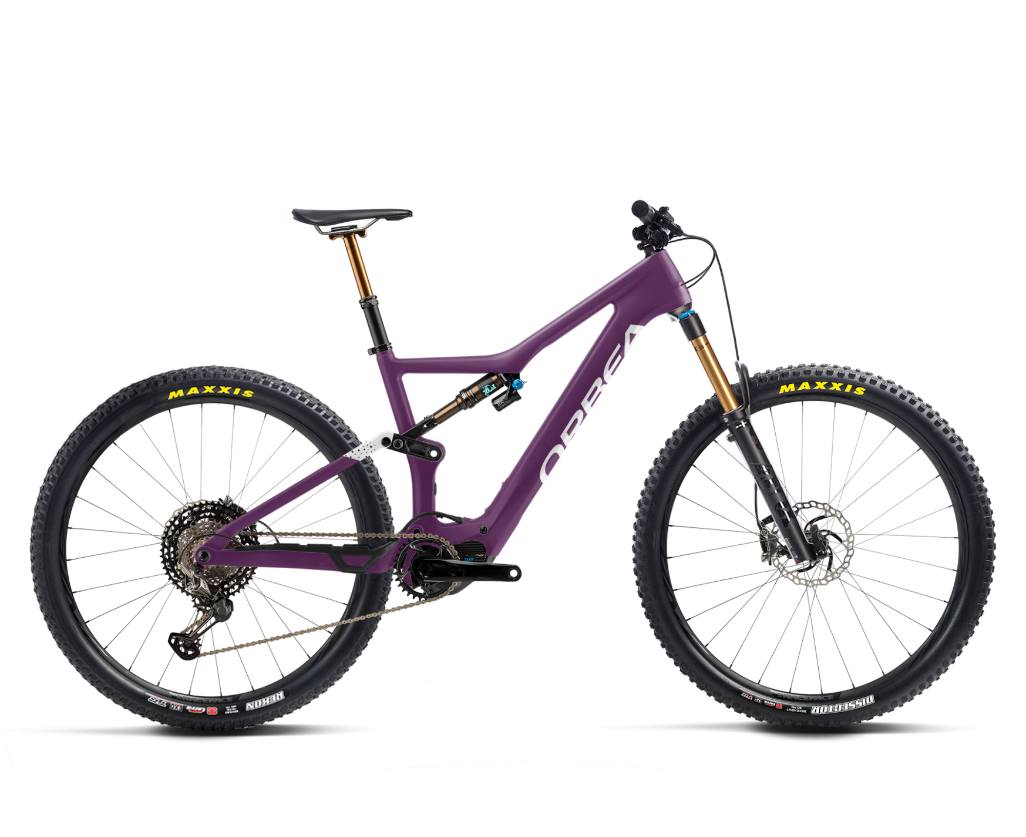
Rise M-Team
Lierni rides the M-Team version of the Rise. With the added control of a Fox 36 fork works perfectly for Lierni´s style of riding, adding confidence on the descents but still more than light enough for her to throw around.
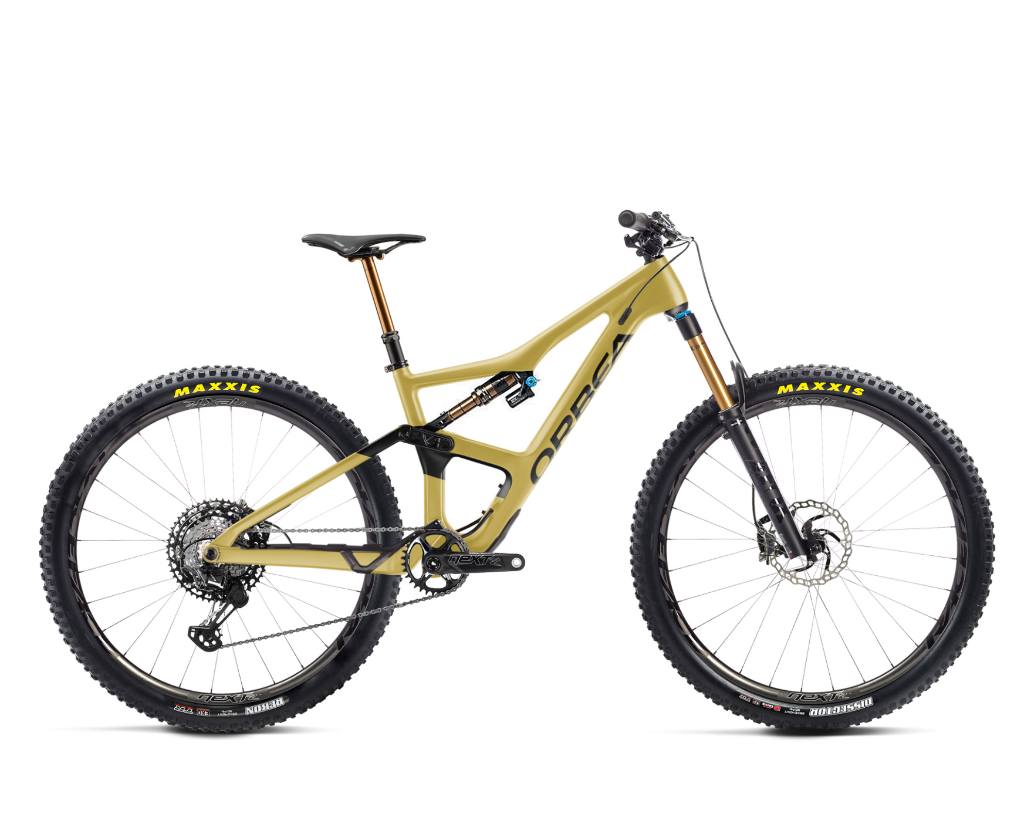
Occam M10
Doug is 179cm and rides the large Occam with a 170mm Transfer dropper post and Fox 36 forks. Doug rides flat pedals and chooses Raceface´s Atlas pedals. The gold colour scheme was chosen thanks to our MyO program.

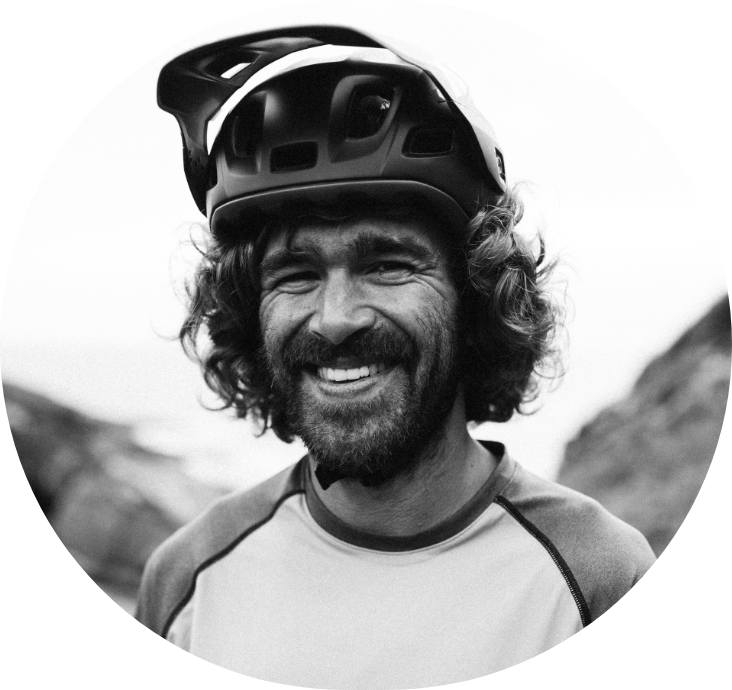
Igor Eskudero
Igor comes from a DH and BMX background but his love of the mountains drew him towards mountain biking. Igor guides for basqueMTB and shares his passion with riders from all around the world.
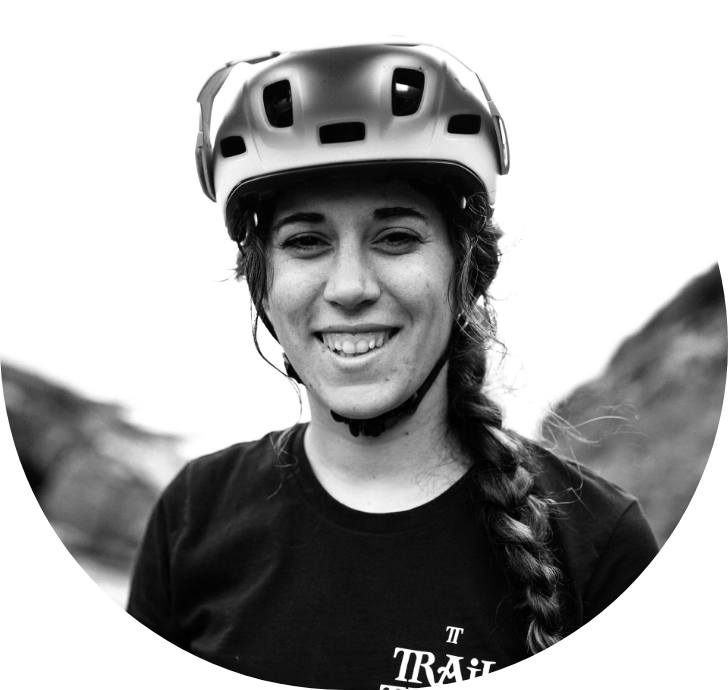
Lierni Lekuona
Lierni started out racing on the road before discovering the fun to be had on the trails. Lierni loves splitting her time between XC races and long trail rides.
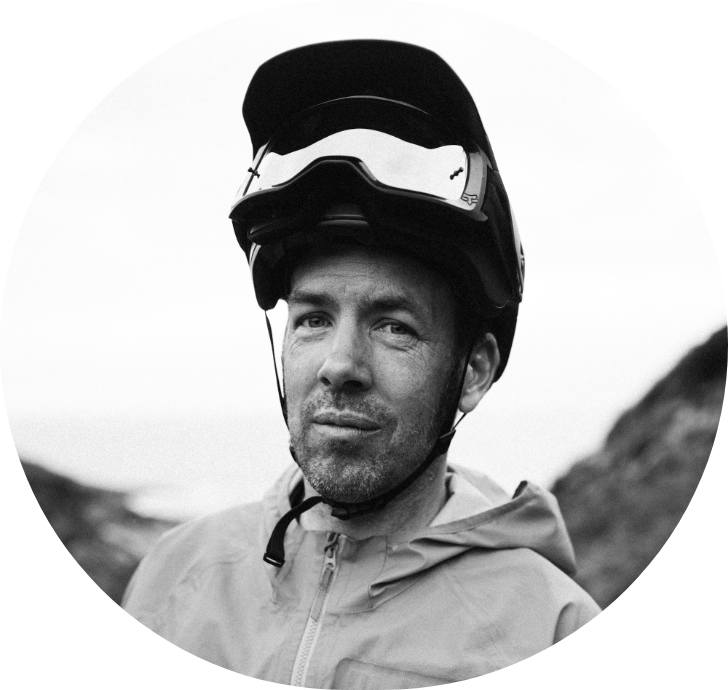
Doug Mcdonald
Doug followed his heart to the Basque Country in 2009 and set up a mountain bike guiding business. You can find him guiding people from all over the world through the best trails in the Pyrenees.
These high ways offered the fastest routes between villages in isolated valleys, often taking challenging paths over the high mountain passes rather than the longer, safer ways through the valleys.
These trails are steeped in history, and by mapping them we discover stories about old ways of life, ancient alliances and historical patterns of trade.
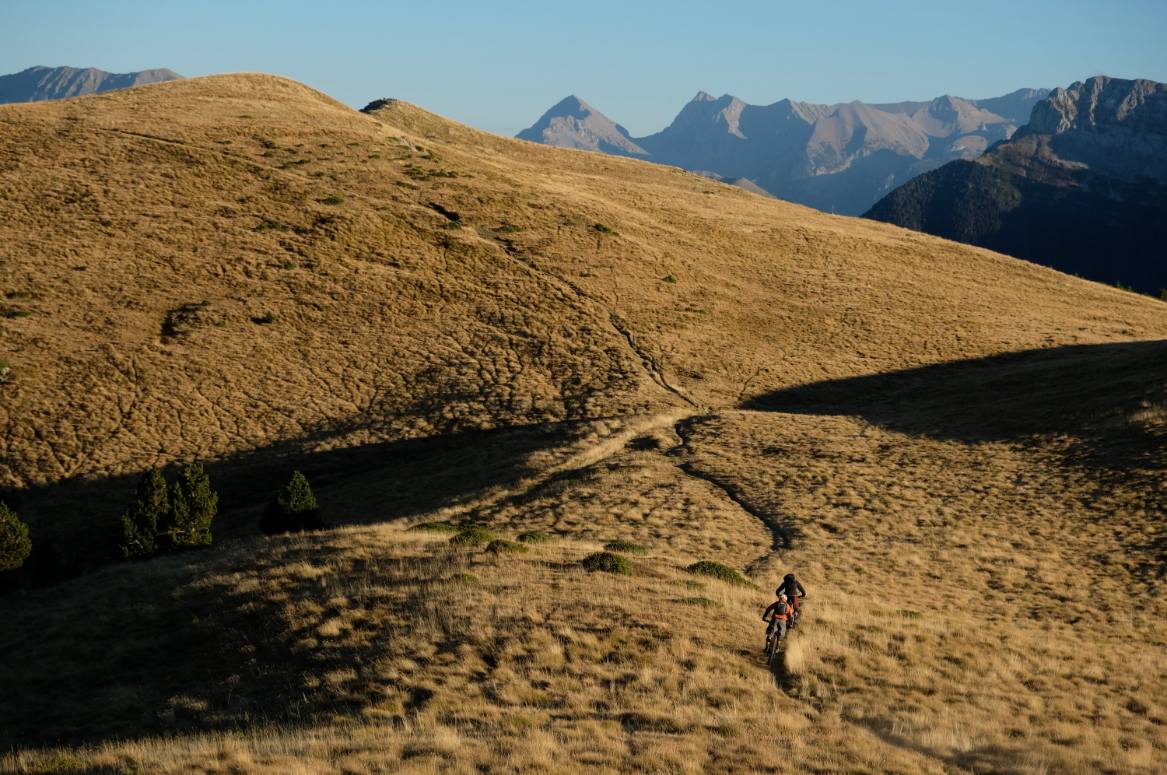
These trails contain so much human history that as you walk them you can´t help but feel that the trail stamps its mark on you more than you do on it, leaving you with a connection to all those souls who have passed before you.
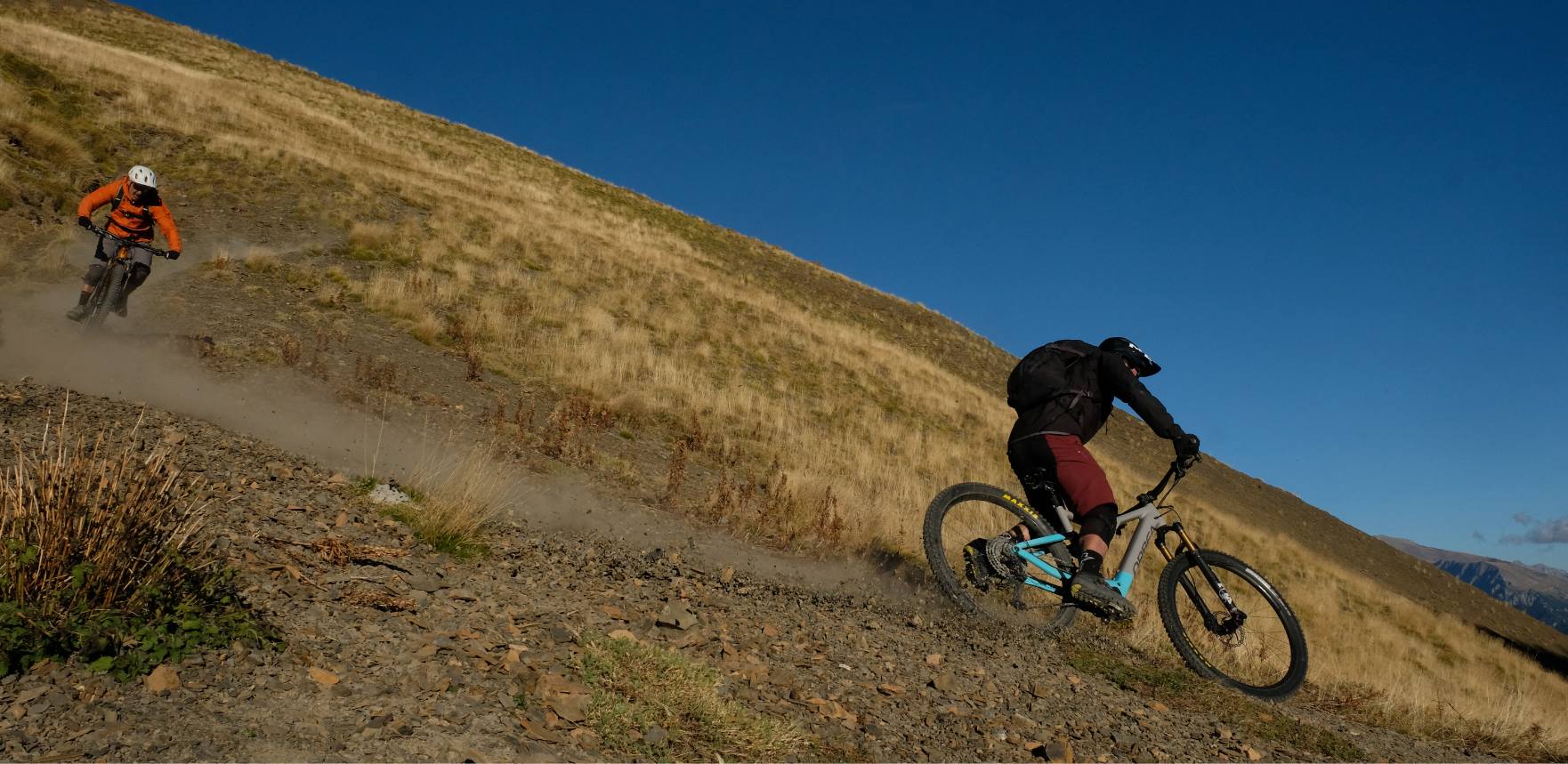
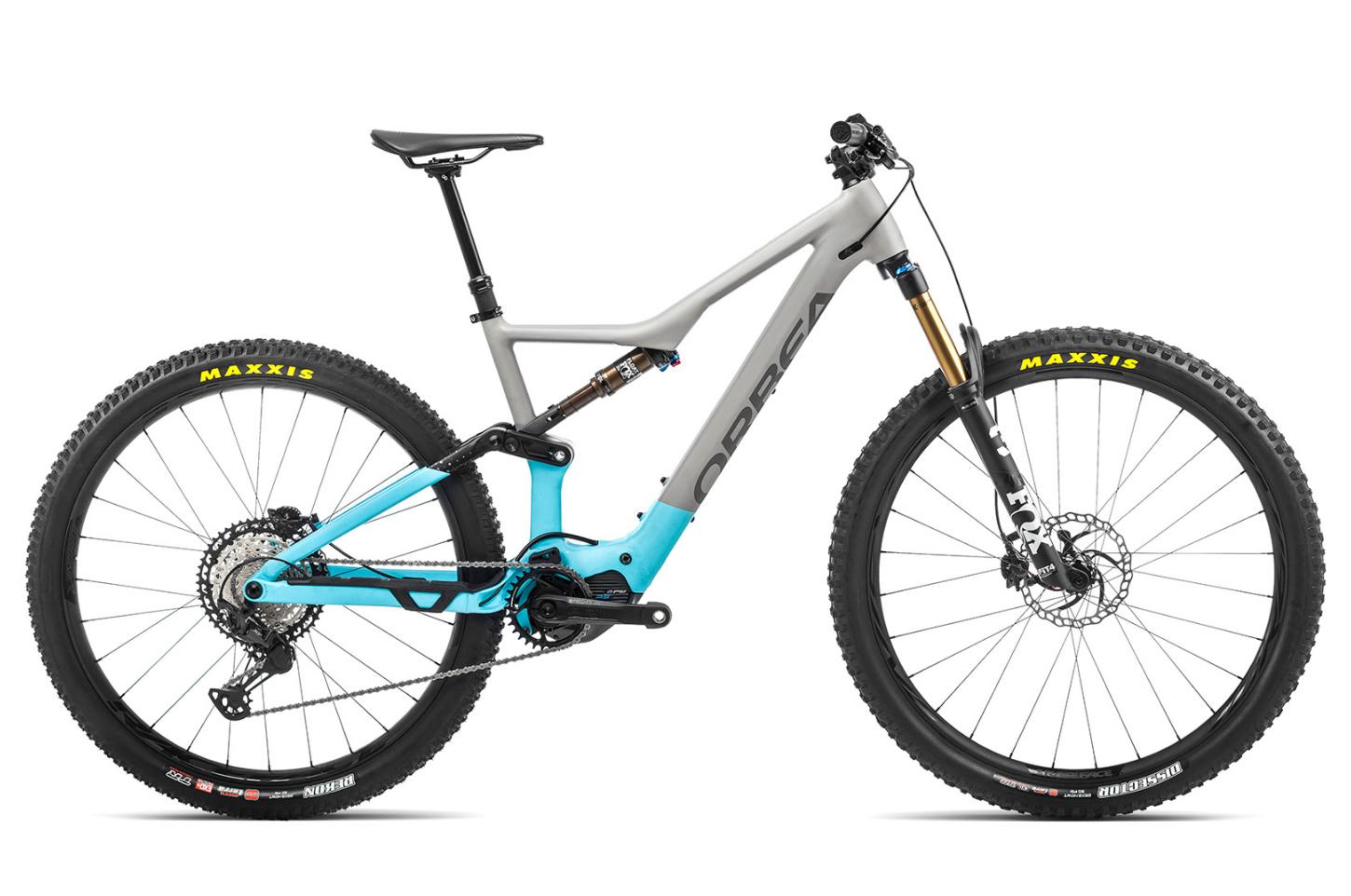
Rise H10
Our Rise H10 is the perfect companion for these trails. The 540Wh battery opens up more possibilities but the bike remains light enough to carry to the top if needed.
Purpose drives use
During the early 20th century, gradual loss of the rural ways of life resulted in massive depopulation of huge areas of Spain as people sought better lives in the growing cities. Little by little areas became deserted, tiny villages were largely abandoned and houses were left to rot.
The villages which survived were communicated by new roads, supported by the type of massive civil engineering projects which fascist dictators excel at. As a result of these changes, so many trails lost their purposes and when a trail loses its reason for existing it very quickly becomes lost itself.
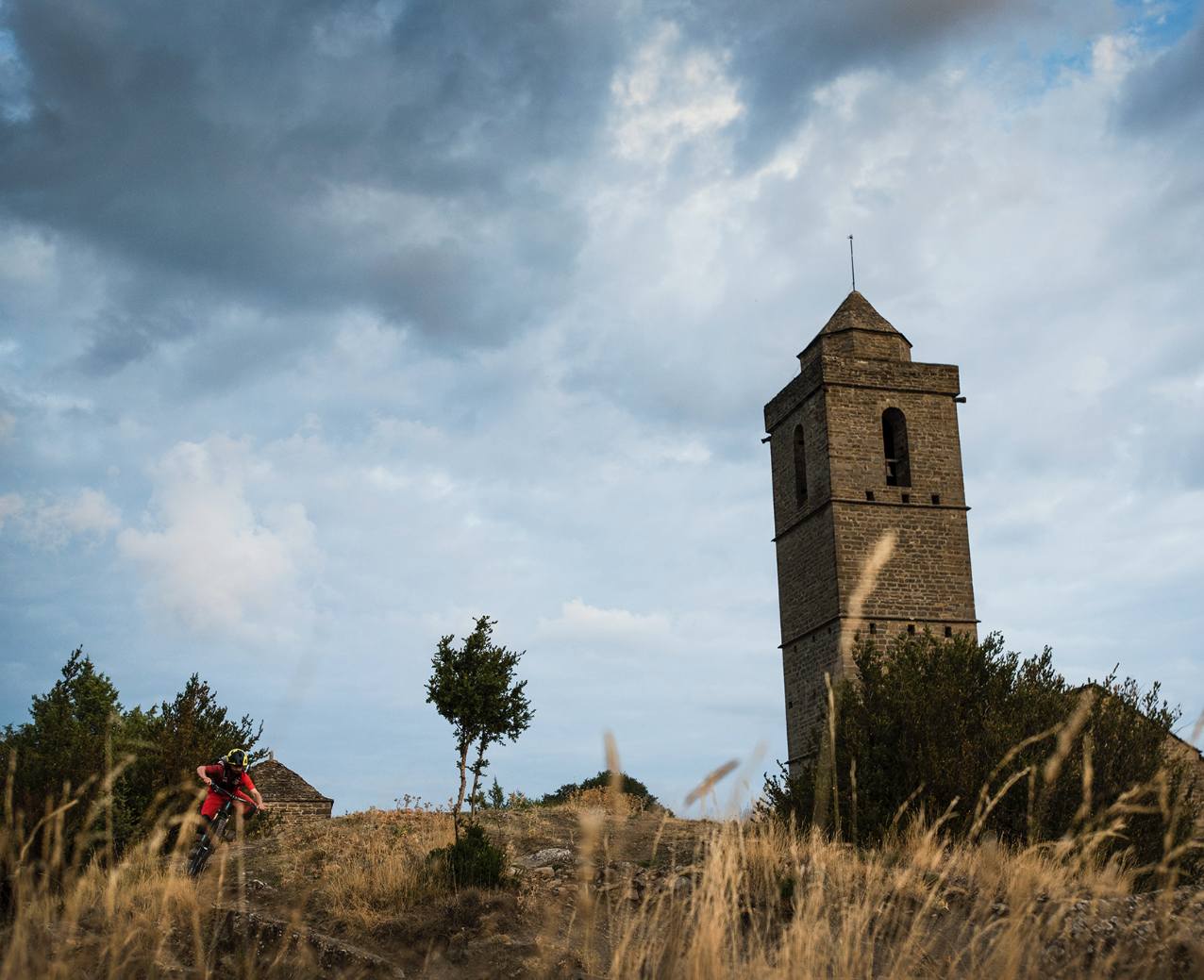
Just a few crazy guys
This is not a story of invention then, rather it is a story of reinvention. Trails which served a historical use lost their purpose as human geography changed, becoming lost themselves, until they found a new use thanks to a small, passionate group of mountain bikers. These pioneers sought out the old high ways, looking for clues on the ground, on old maps or by talking to the older generations. As local explorer Javier tells us, “we were just a few crazy guys… a few romantics, climbing the mountains carrying our bikes!”
As local explorer Javier tells us,
We were just a few crazy guys… a few romantics, climbing the mountains carrying our bikes!
That search for what is on the other side, for that perfect singletrack which nobody has ever ridden before, drove these riders higher and deeper into the mountains. The reality wasn’t always the same as the dream though, and they found that many trails had fallen so far into disrepair that they were either not rideable or were a long way from being fun.
That didn’t stop these 2-wheeled explorers though, and they sought out permission to reopen old trails, and armed with pickaxes, spades and chainsaws they transformed old trails, reopening and reshaping them for mountain biking.
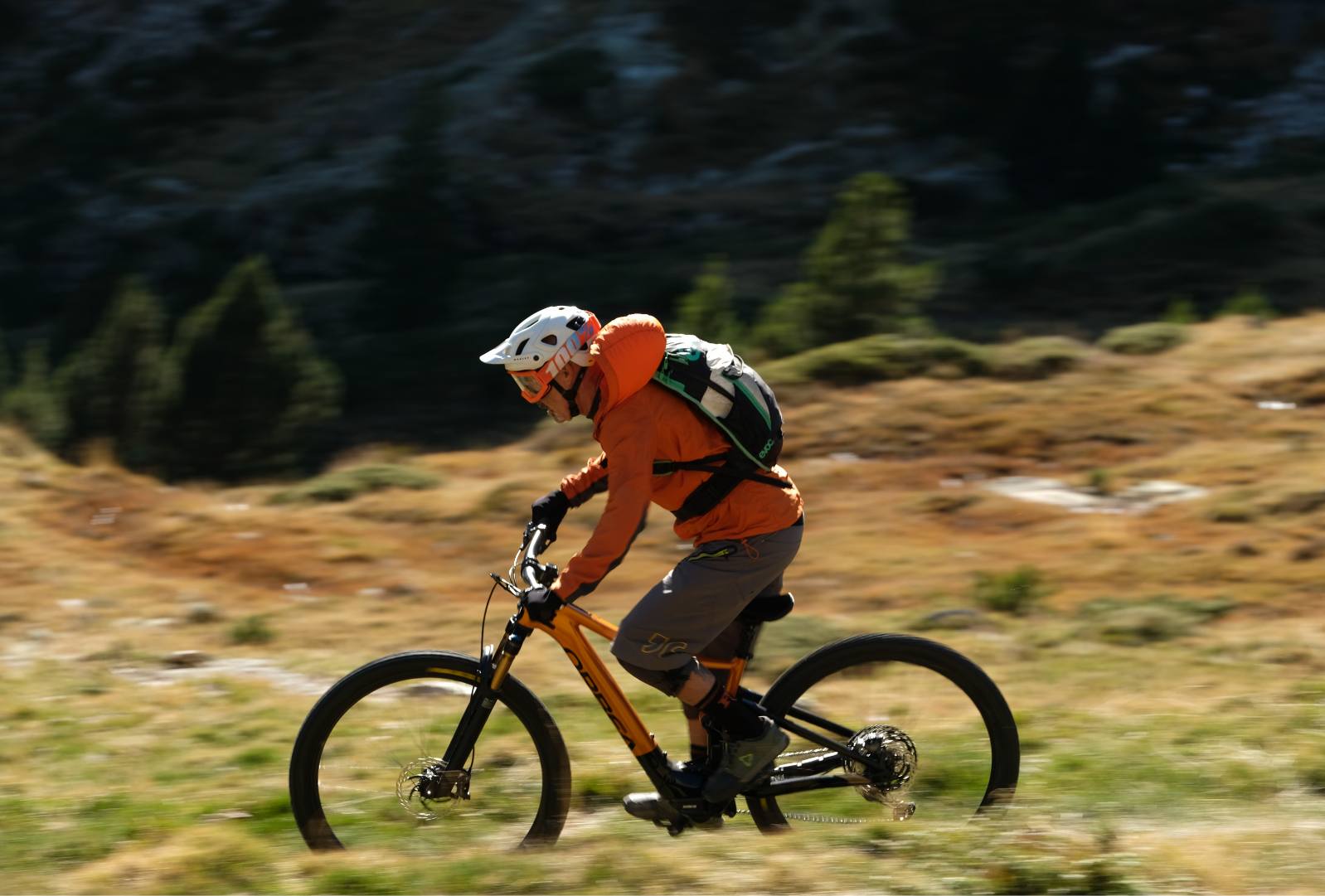
This was my first ride on the Rise H and it really surprised me. It rides a lot like my Occam and is playful enough to push my limits on these high mountain trails.
- Quiri
Passion inspires and New Users Mean New Life
Times have changed and now riding high in the Pyrenees mountains is seen as normal, among the certain parts of the mountain biking community at least.
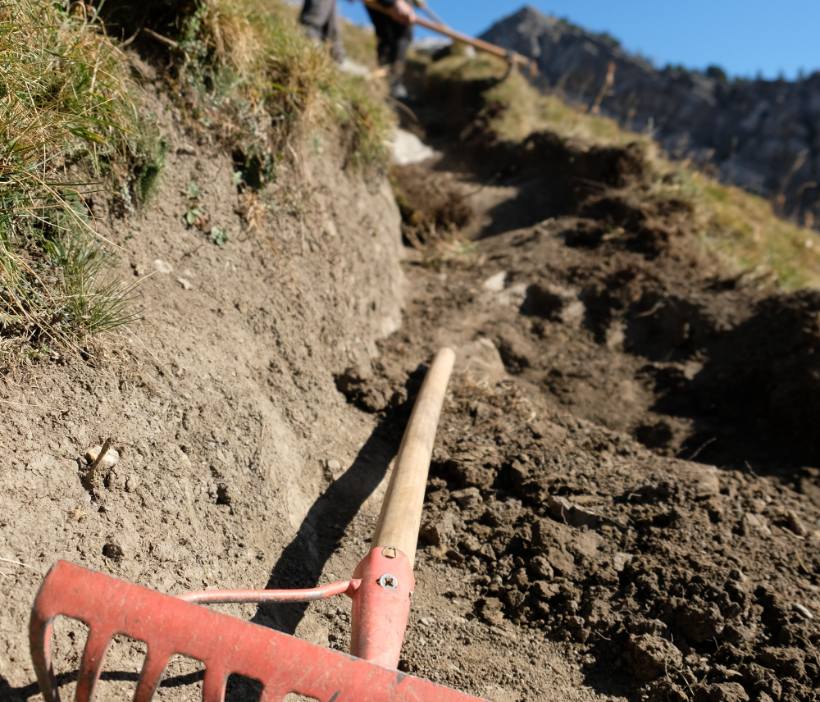
As more riders use these trails we find that this use improves these paths. The passing of tyres smooths the surface and every rider who stops to remove a rock or cut a branch from the trail helps bring it back to life.
And don’t forget people like Javier, Ángel and Maia who, together with the rest of the people behind these trail projects, dedicate themselves to maintaining, improving, and above all promoting the use of these ancient paths. It is only with users that these trails gain purpose and it is only with purpose that they gain life.
The Legacy
And, as in the distant past, these trails are again starting to bring trade to these tiny Pyrenean villages. A different form of trade for sure but trade none-the-less. As bikers come to ride these trails they bring opportunities for these valleys to diversify their economy and villages which once were full of farmers now house shuttle companies, guides, bike shops, bars, restaurants and hotels.
Life shapes the trails and trails shape life. It is the same cycle which has existed for generations. Uses evolve and users change, but even though everything changes, everything remains the same.
Get to know the bikes from Trail Tales
Rise H10
The bike used in these episodes is the Rise H10 in custom MyO colours. The combination of the 540Wh battery, beefy Fox 36 forks and the light weight makes this bike perfect for these long days of exploring on steep mountain trails.
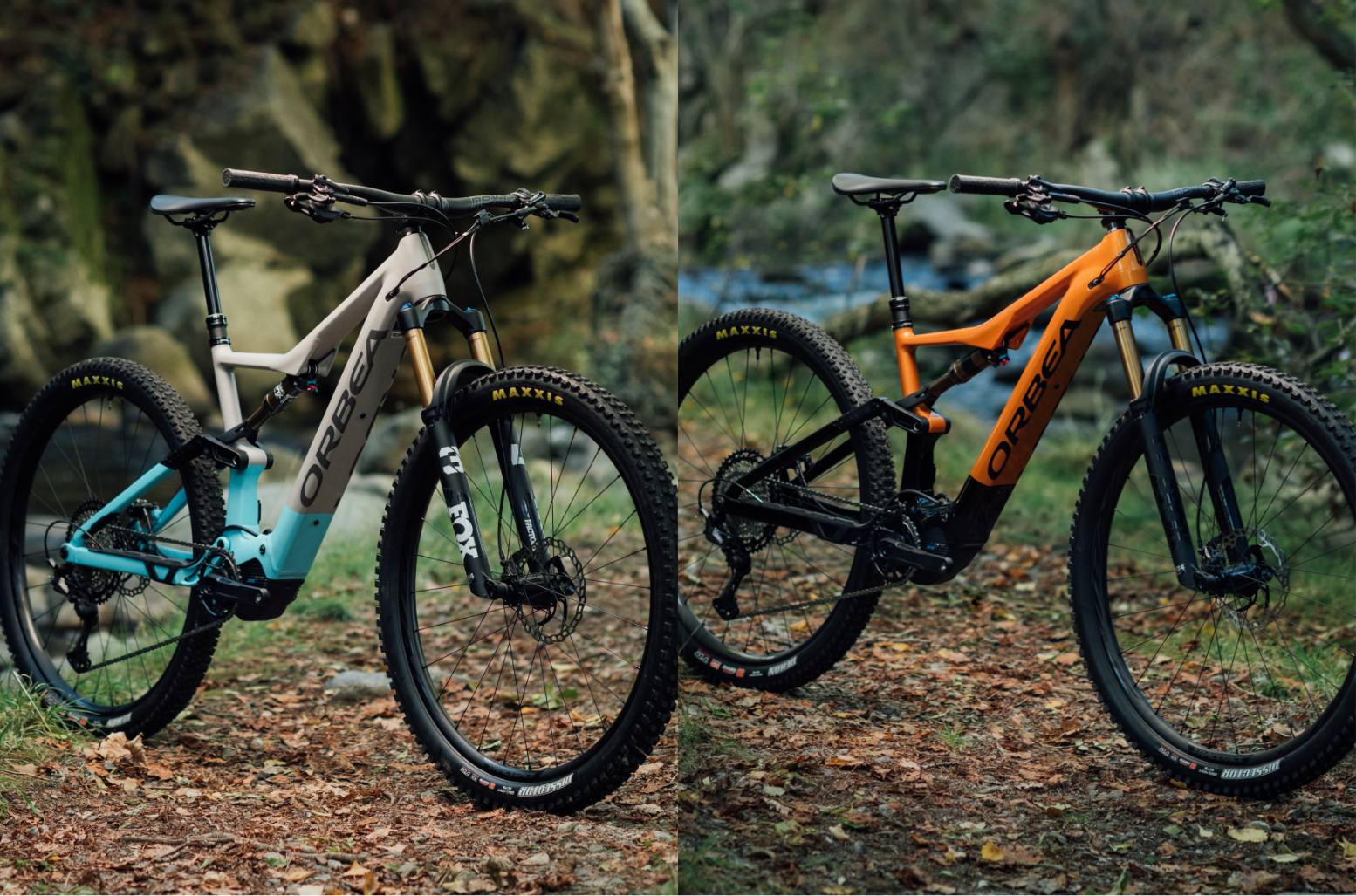

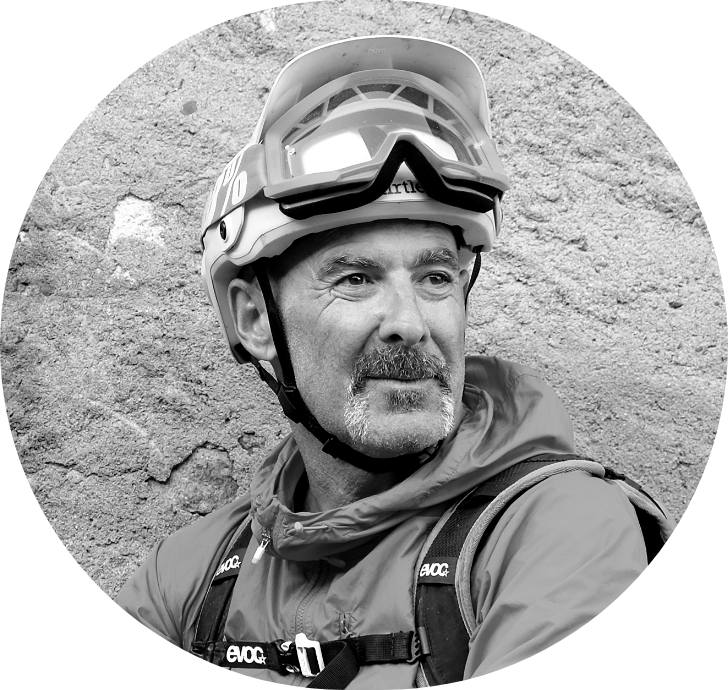
Quiri
Quiri was in a famous Spanish punk band in the 80´s but now gets his kicks exploring the high trails in the Pyrenees. Quiri shares his adventures and the laughs along the way on his well known YouTube chanel.

Cesar
Cesar was part for a group of riders who brought their own brand of freeride to the Spanish Pyrenees. Sadly those stunts are long gone but Cesar still competes succesfully in gravity events, is an active trail builder and now lives in Whistler.
Long ago, hardy communities thrived in these lands, but at the start of the 19th century, these populations gradually drifted towards the cities seeking easier lives.
It was a similar story across much of rural Spain, tiny villages were left abandoned, and houses that once housed families quickly became bird-filled ruins.
Today´s Guara is an empty place, one of the least populated areas in Europe, with a population density roughly four times lower than the Sahara desert.
In this wild place, you tread carefully, and unwary visitors rarely go unpunished; as the locals are fond of saying, Guara will kill you if it wants to.
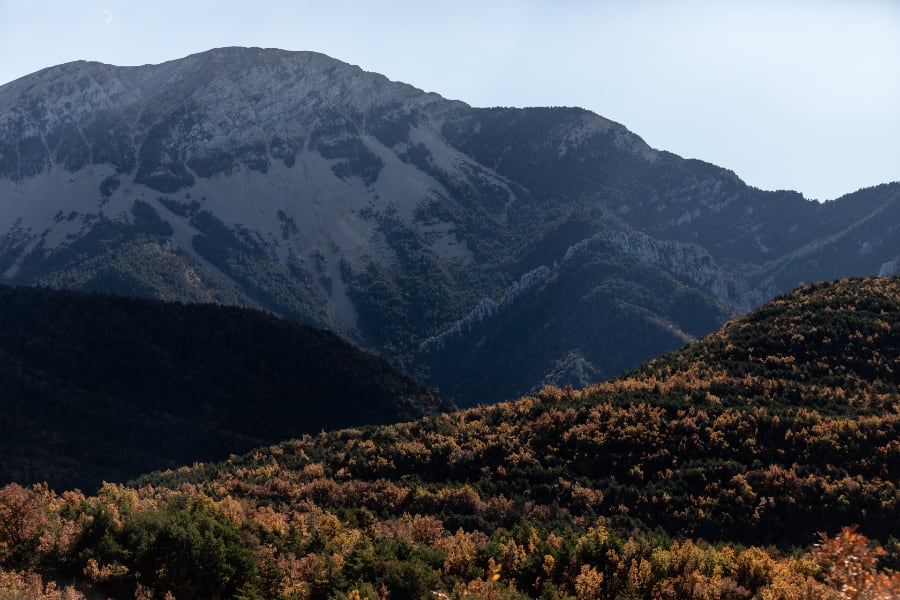
However, despite its rugged wildness, Guara is undeniably beautiful. It is full of contrasts and surprises with stunning rocky outcrops, crystal clear streams, impressive waterfalls, and stunning views out to the Pyrenees mountains to the north.
“This is my first time riding in Guara and it was cool to ride trails that have such a long history. I was amazed at the natural rock features and how much fun they were to ride. Today we climbed almost 2000m and I had just enough battery on the Rise”
- Damien Oton
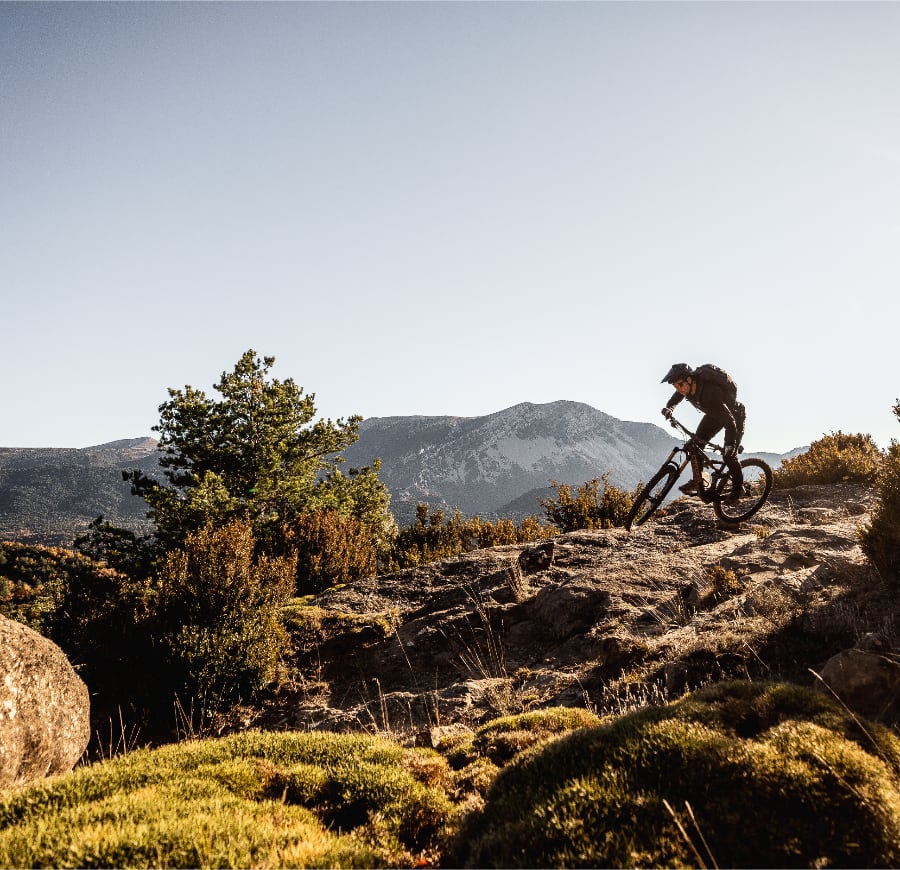
Sometimes you find a person who is so perfectly matched to their surroundings that you assume they were always there, and that is the case when you meet Bertrand.
Beneath his dirty, wide-brimmed hat Bertrand´s animated, weatherworn face tells the story of a lifetime of adventures.
The twinkle in his eyes hints at deep humor, compassion, and love of life, but there is no mistaking that this is a tough man, someone you should treat with respect. You would be forgiven for thinking that Bertrand has been wandering these lands forever, but that is not the case.
The legend goes that Bertrand was wandering in the Sahara desert and happened to meet a fellow traveler who recognized a kindred spirit and passed the location of an abandoned village to him in a hastily drawn map.
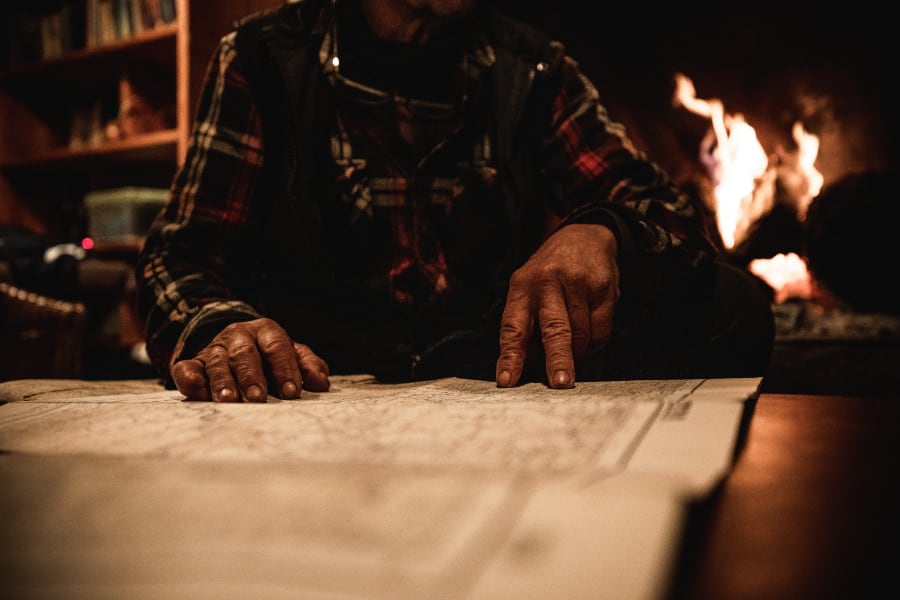
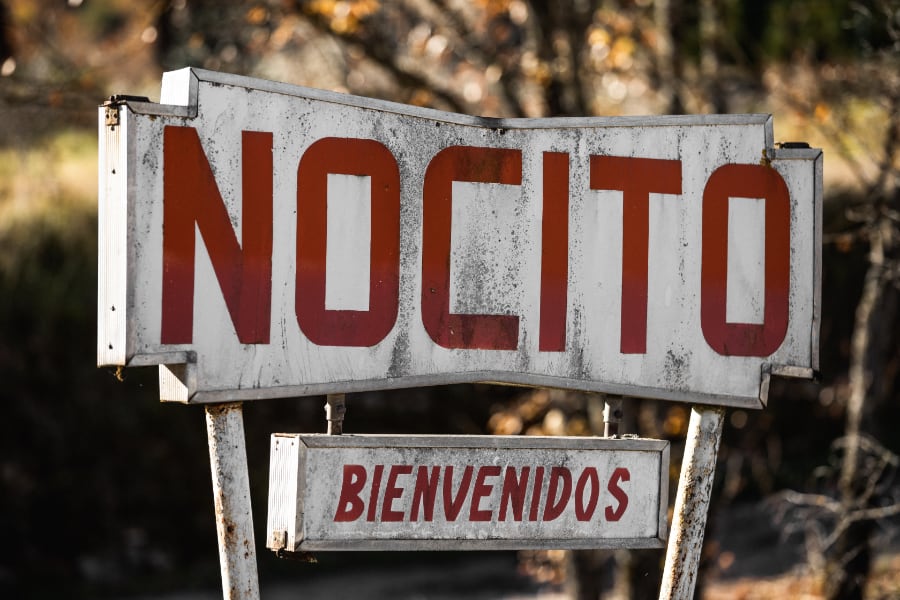
Bertrand returned home, packed everything into his battered car, and followed the map, finally arriving at Nocito, in the center of Guara. Here he found only broken dirt tracks and partially ruined buildings, but in this wilderness, he immediately knew that he had discovered his place in this world and set about rediscovering the secrets locked there. That was over forty years ago, and he has never left.
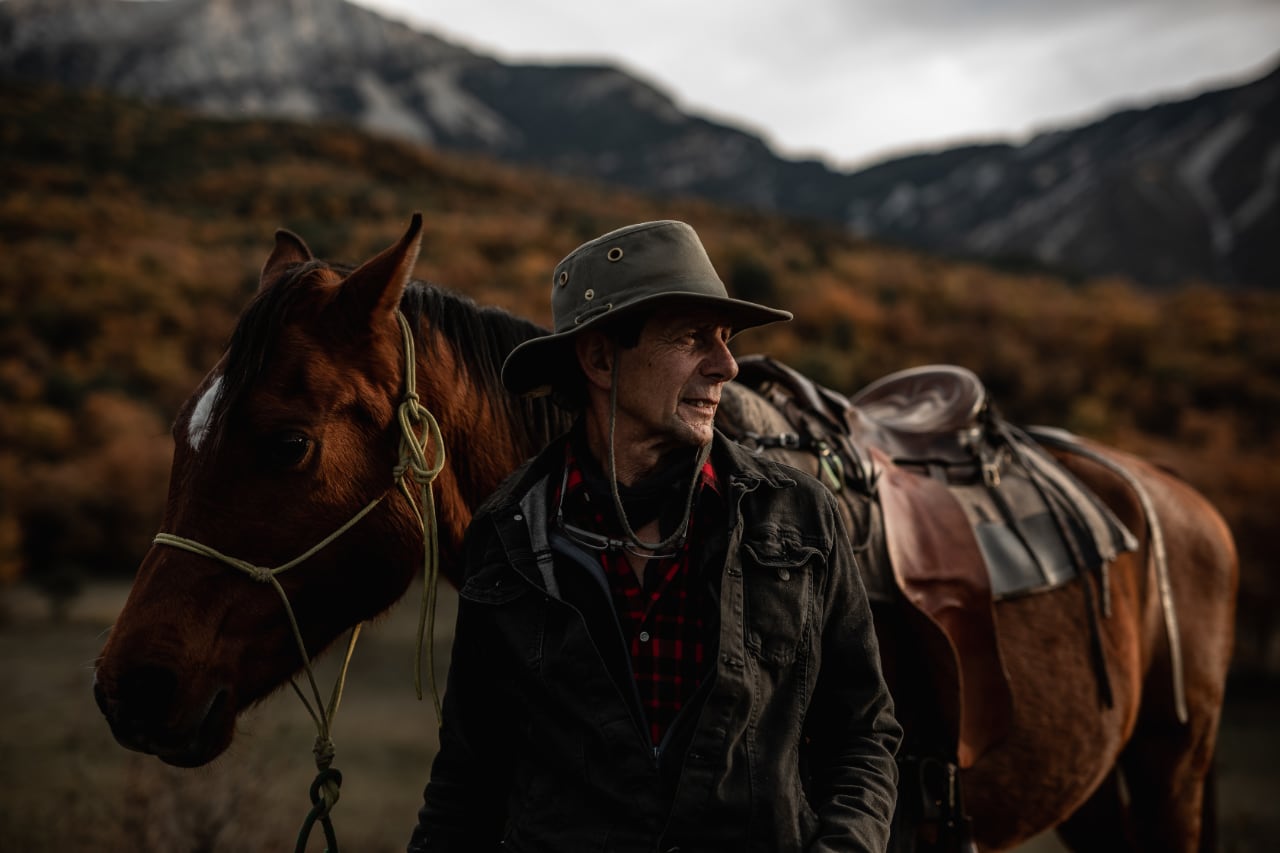
First on foot and then with his beloved horses, Bertrand started to rediscover the old paths left behind by the generations before and set about reopening them. With the help of other like-minded pioneers, they set about rebuilding the ruined houses, stone by stone, and slowly started the long process of bringing the village back to life.
During those days, the only way to reach Nocito was via a challenging dirt track, the tiny road only arrived around 15 years ago, and it would be decades before there was electricity or a phone. Nevertheless, families formed, and children were born, including Bertrand and Maji´s daughter, Eva, who was one of the few children born in Guara in over a century. The birth of children brings life to a village, but Bertrand saw that the trails he had rediscovered could also help bring visitors, business and life to Nocito.
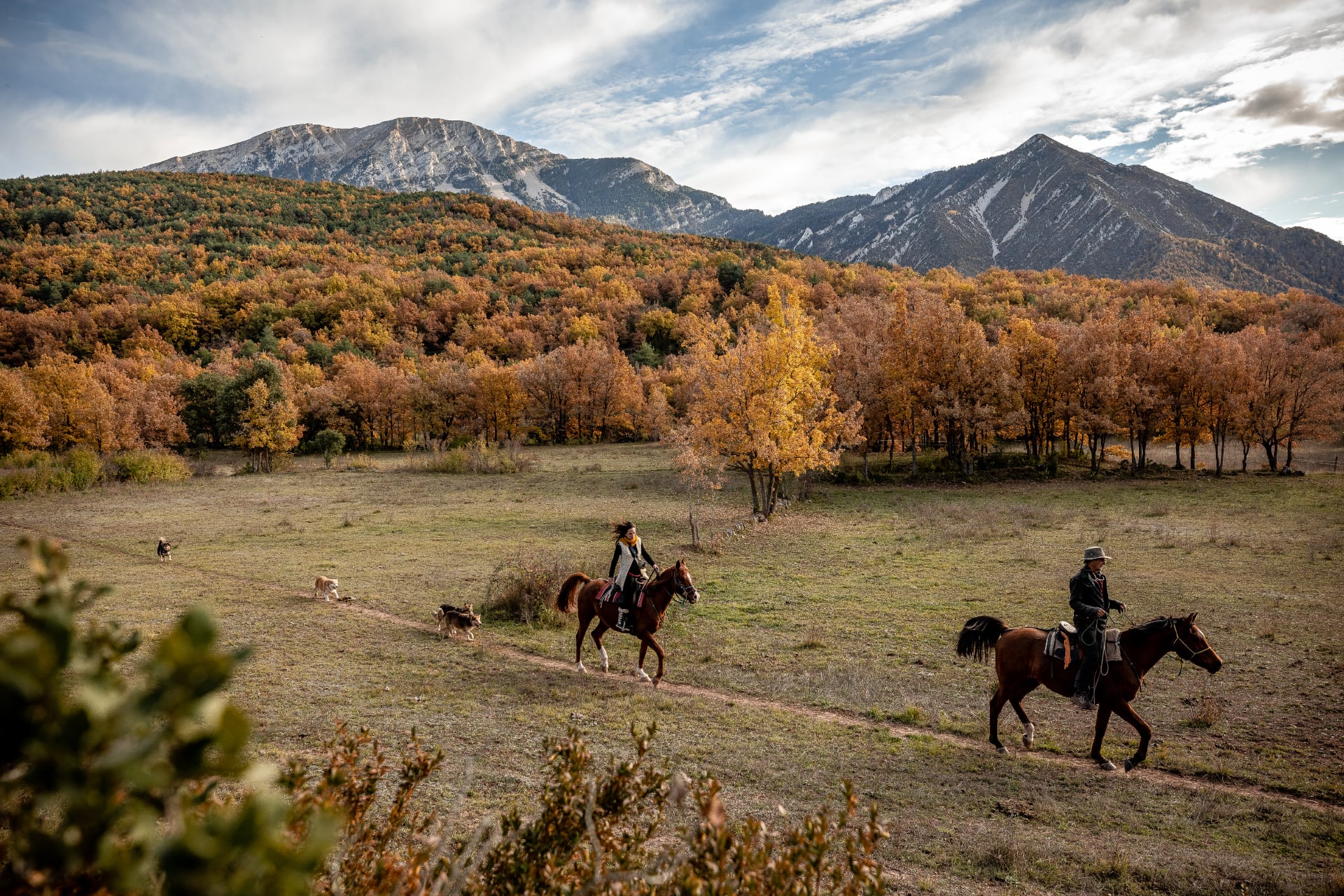
Those trails needed to be used, or else they would quickly disappear, and that is where we mountain bikers enter this story.
Early mountain bikers started seeking out the rugged trails which Bertrand had reopened, looking to push their limits on the most challenging natural paths they could find. And they found those paths aplenty in the Sierra de Guara. Bertrand showed the first bikers these trails on hand-drawn maps and sometimes accompanied the riders on his horse.
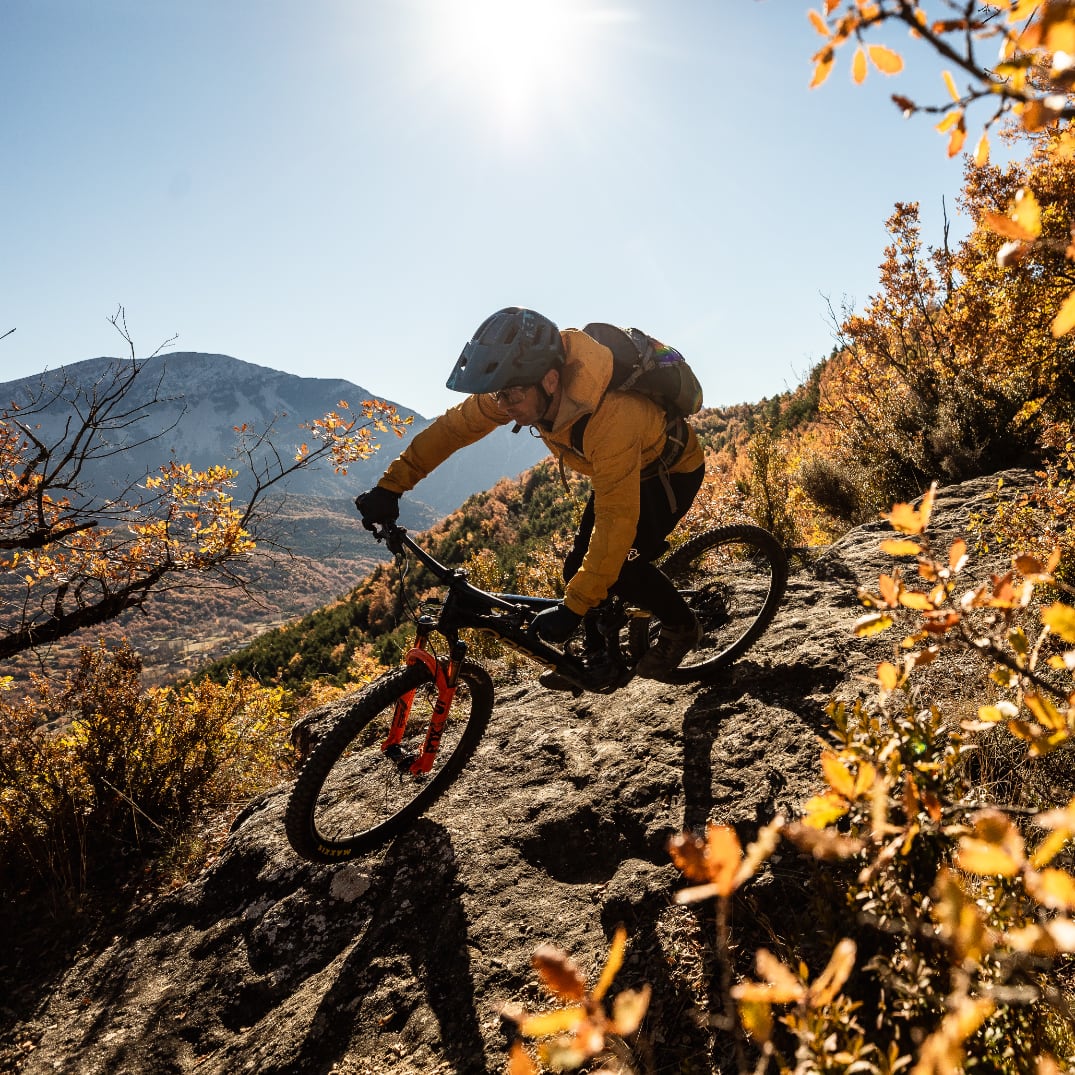
“When I heard that I would need to keep up with a horse on the climbs and Damien Oton on the descents there was only one bike that I wanted. The Rise!”
- Doug Mcdonald
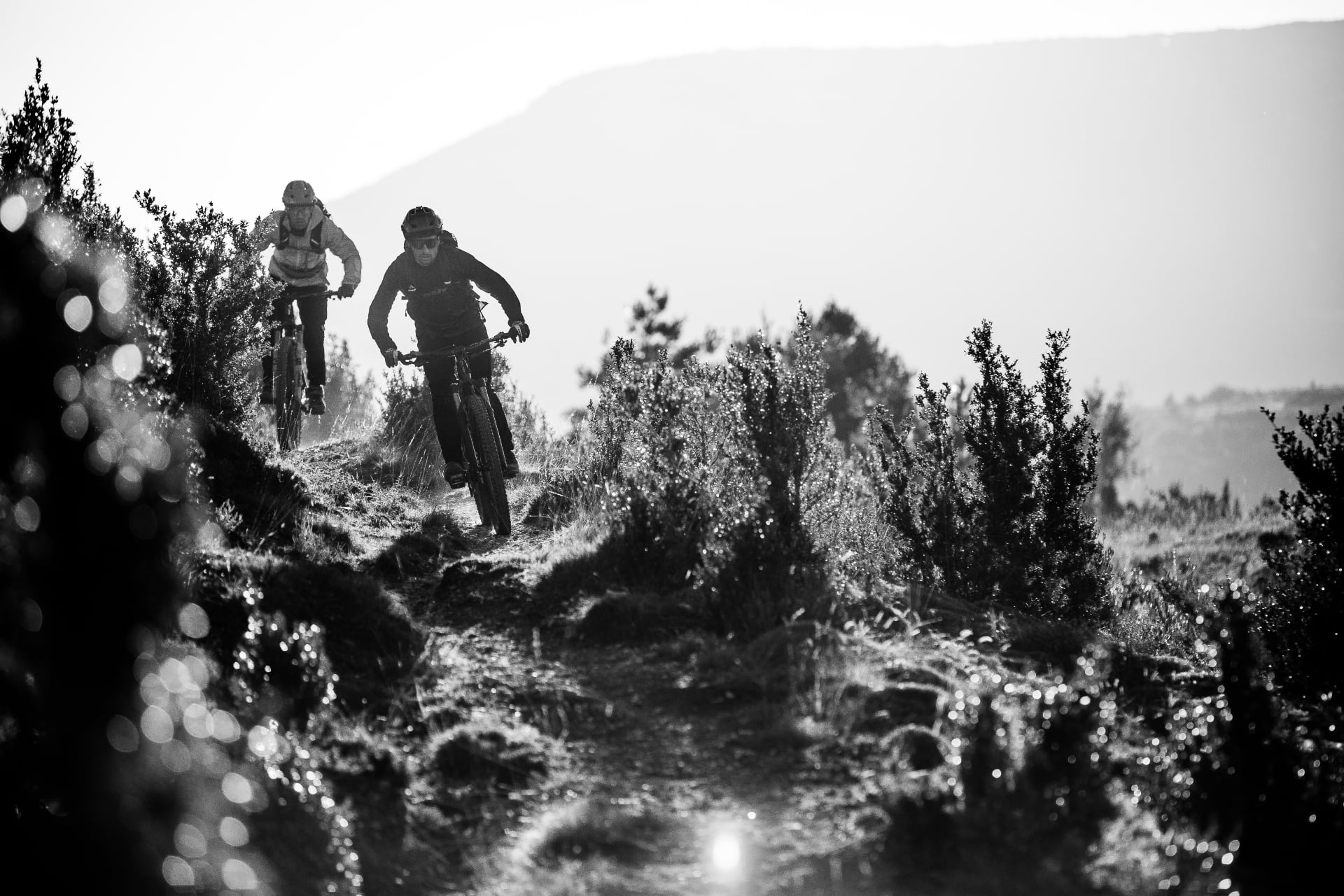
These first bikers, explored and gradually found the best trails and ways to knit them together into routes.These early explorations often pushed bikes and riders to breaking point, and more than a few local riders still bear scars or can tell of the bones they broke on these technical, unforgiving tracks. And so it was that trail by trail, and tale by tale, the legend of Guara spread through the local mountain bike community.
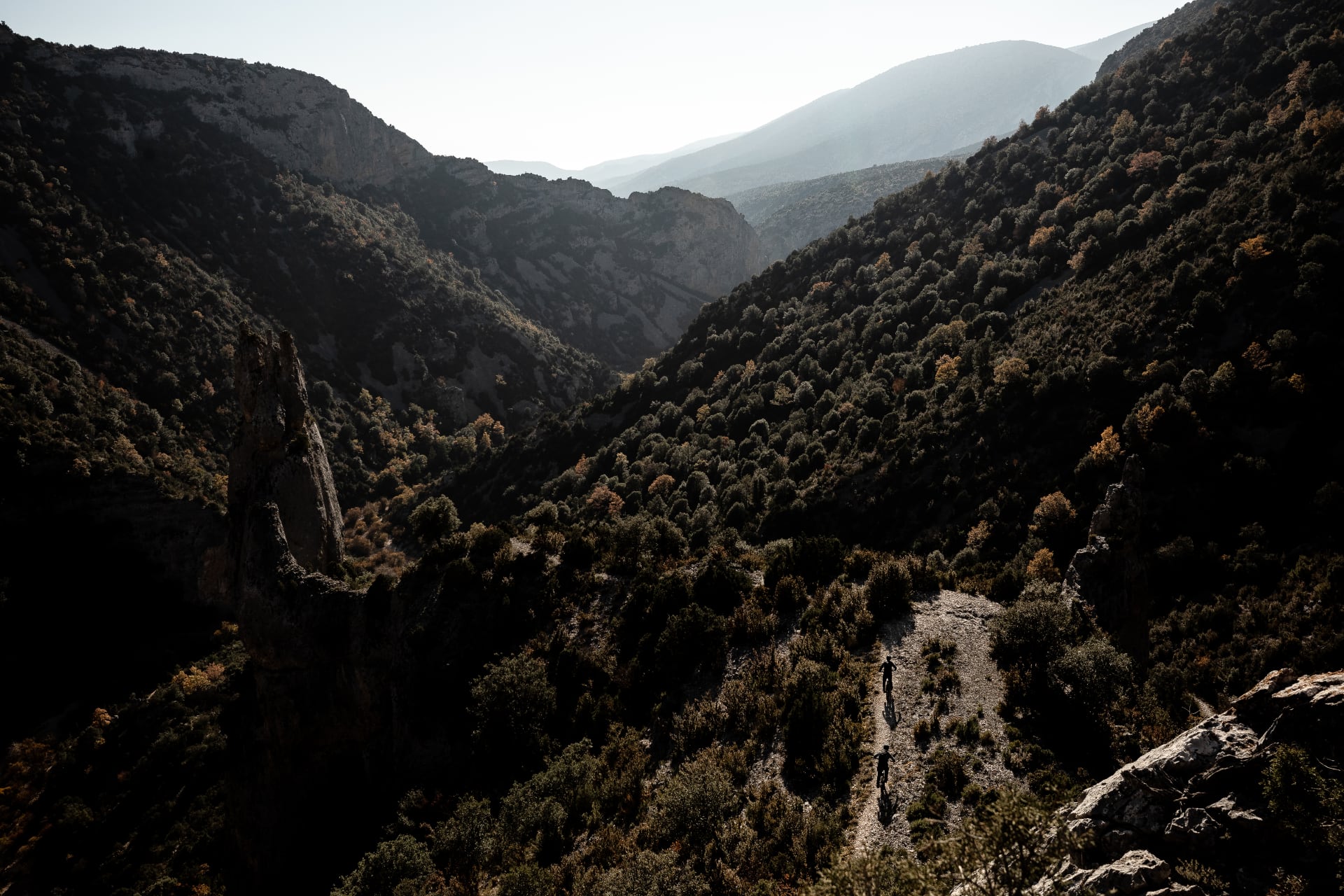
When Bertrand talks about his horses, he uses one word a lot, Respect.
It is central to how he forms his relationship with each horse, inviting them to come with him and promising fun rather than relying on force. There are a lot of parallels here with how we mountain bikers need to form our relationships with wild places such as Guara. We can use these lands for our pleasure, to have our fun, but RESPECT needs to be central; respect for Guara, its inhabitants, its history, its nature, and of course, for the trails. If we are respectful, we can continue to enjoy access and share these wild places, but without it, we need to understand that the relationship between mountain bikers and the wilderness will be short and full of conflict.
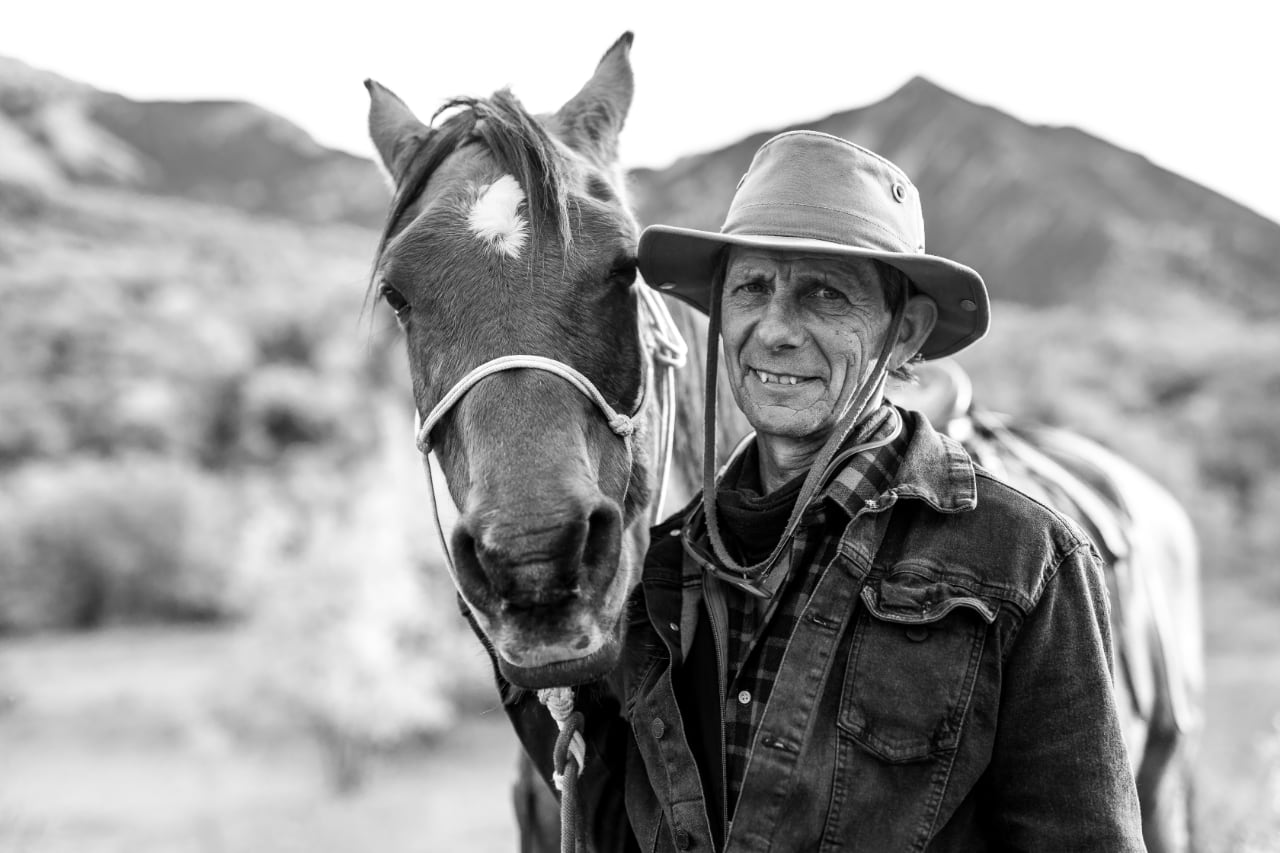
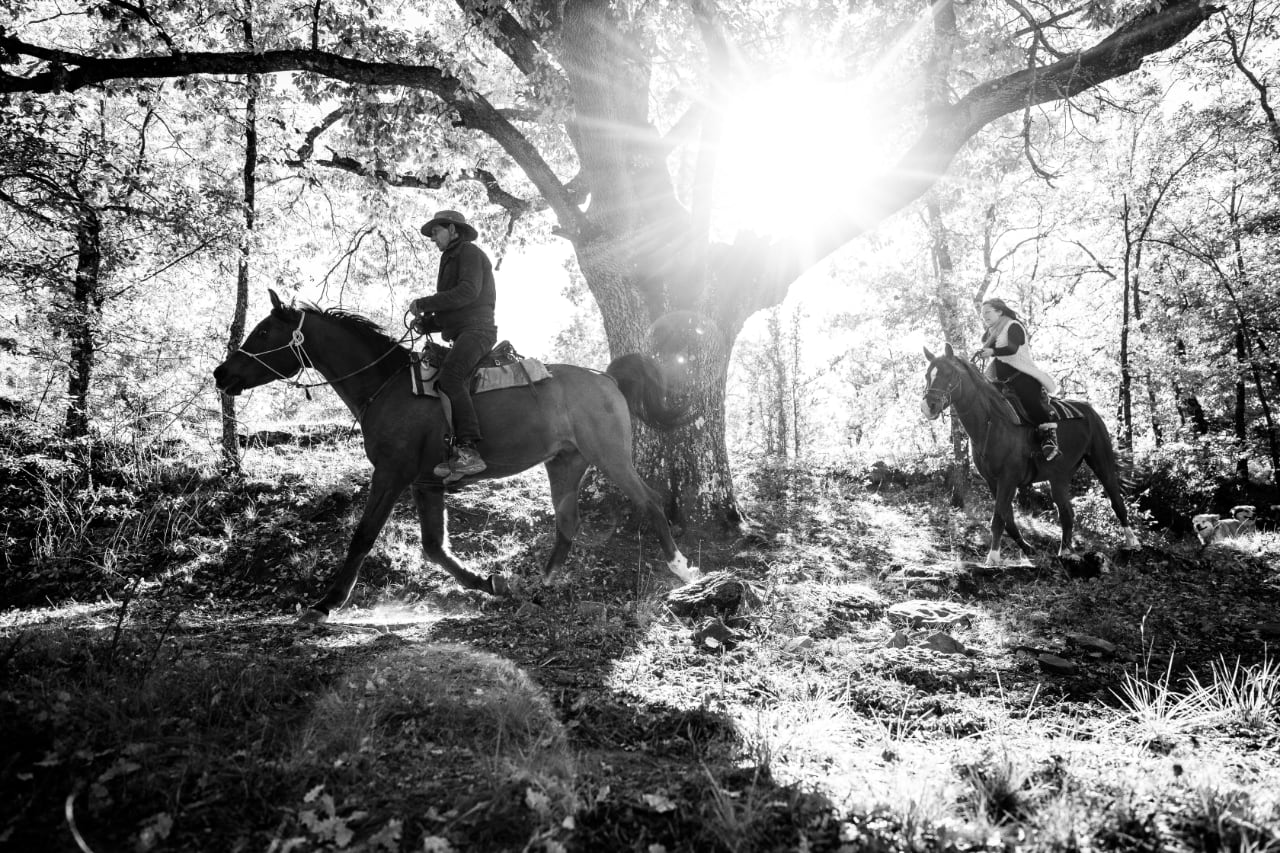
Ride free, have fun, explore and enjoy but do it with all the respect you can find in your heart. AUPA!
Get to know the bikes from Trail Tales
Rise M-Team
Doug and Damien ride our Rise M-Team with the 360Wh battery and Fox 36 forks. The lightweight Rise C has enough battery for fit riders to ride all day, giving just enough help to make the technical climbs in Guara fun. Both Damien and Doug choose the Maxxis Minion tyres through MyO. Doug runs the Raceface Getta Grip grips in the 33mm width which he says really help his hands on these rough trails.
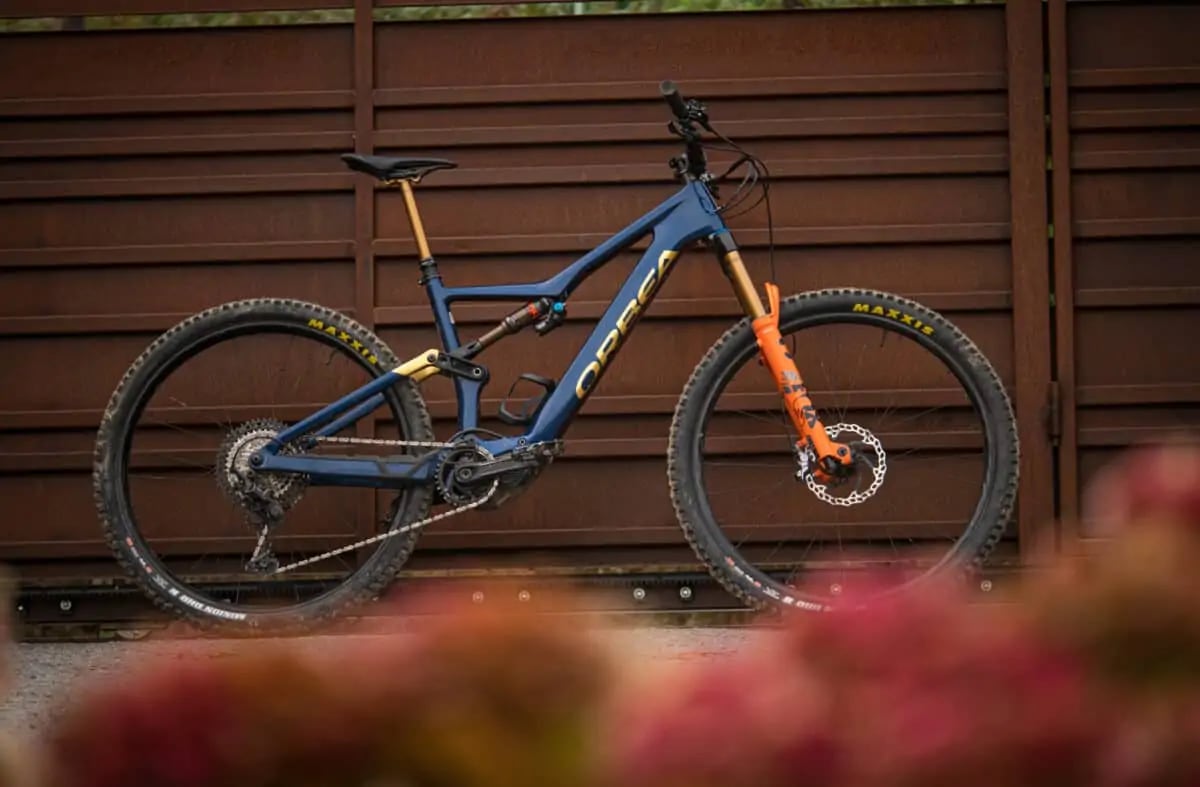

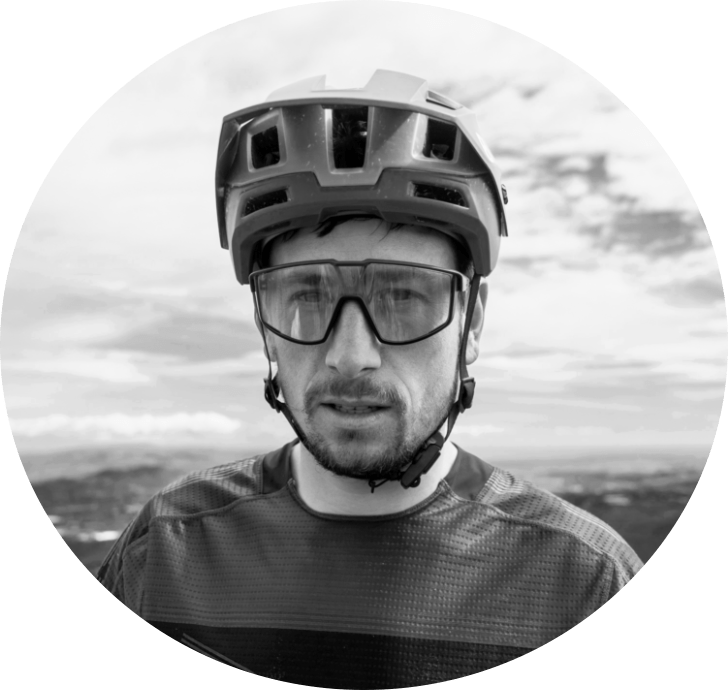
Damien Oton
Damien is one of the top enduro racers in the world and an all round nice guy as well. When not riding Damien can be found playing guitar and spending time with his family.

Doug Mcdonald
Doug followed his heart to the Basque Country in 2009 and set up a mountain bike guiding business. You can find him guiding people from all over the world through the best trails in the Pyrenees.
Nestled into the highlands of the Black Forest, Germany, sits the city of Freiburg - A town well known for its charmingly close proximity to the hills and mountains that embrace it. Over the years, the forests here have been the catalyst for bringing people together and creating community in all walks of life. Mountain biking in Germany has its challenges, its limitations, and access isn’t always as easy as it might seem.
Legal trail networks for mountain bikers, without width limits, now snake their way down the leafy hillsides and back into the city. And this is just the beginning. Freiburg is the trailblazer.
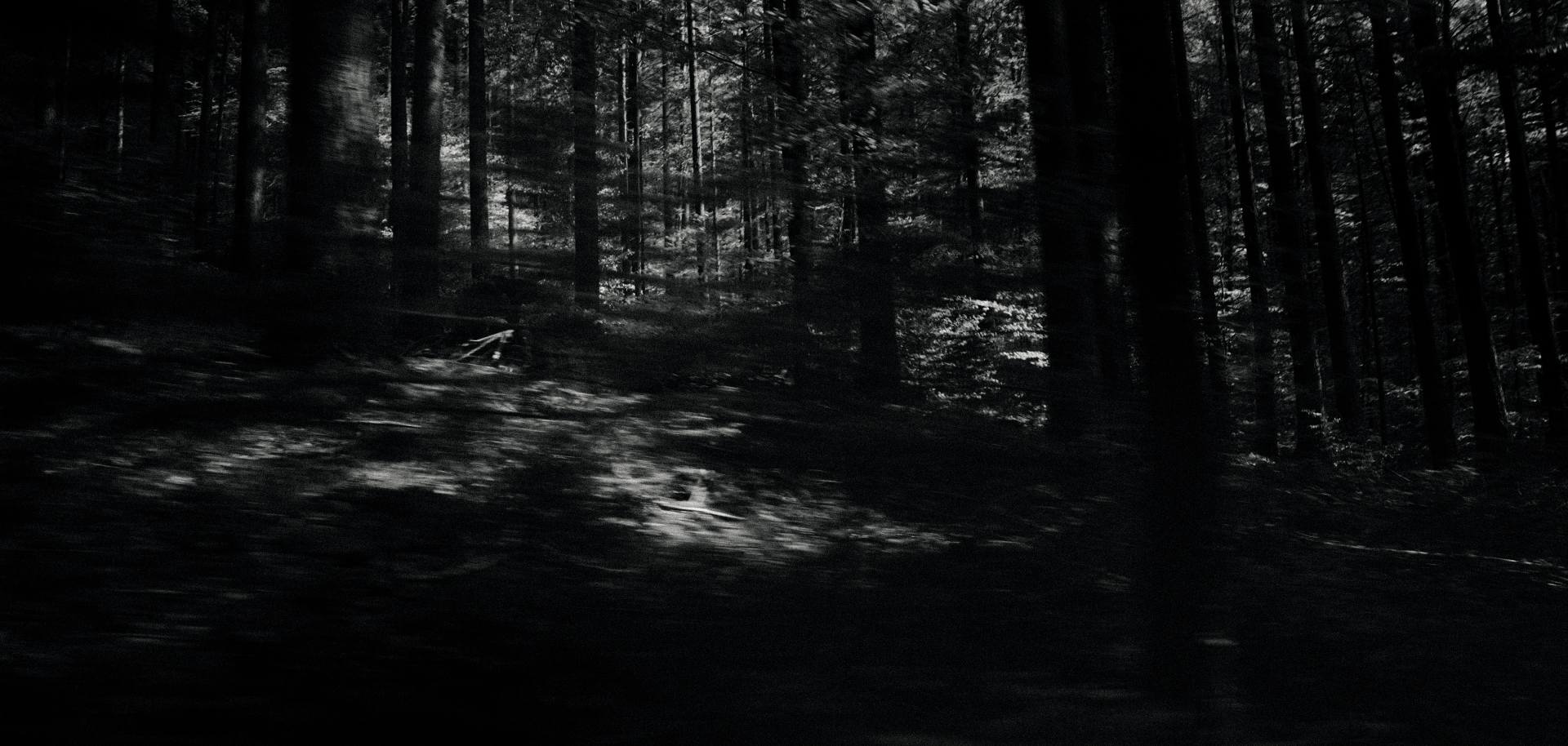
It didn’t happen overnight though, nor did it come easy.
The mountain bike club was originally set up in order to legalise the Borderline trail, the first trail to become part of the official trail network in Freiburg.
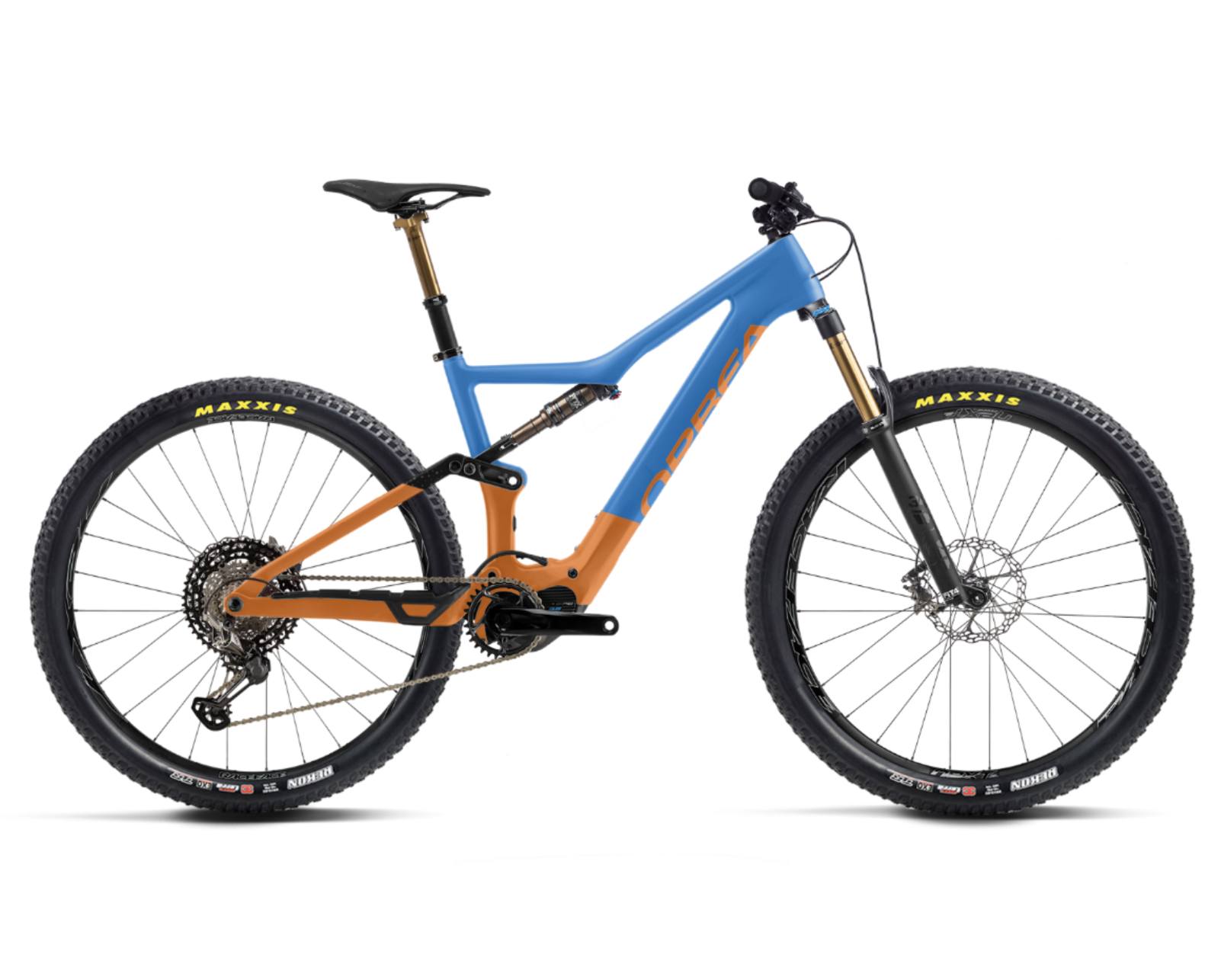
Rise M-LTD
Falk chose the Rise M-LTD to ride the trails of Friburgo that he knows so well. Thanks to the RS Concept algorithm, the Rise Carbon invites livelier pedaling and allows an autonomy and levels of climb that are 1.5 times greater than those offered by other ebikes in its category.
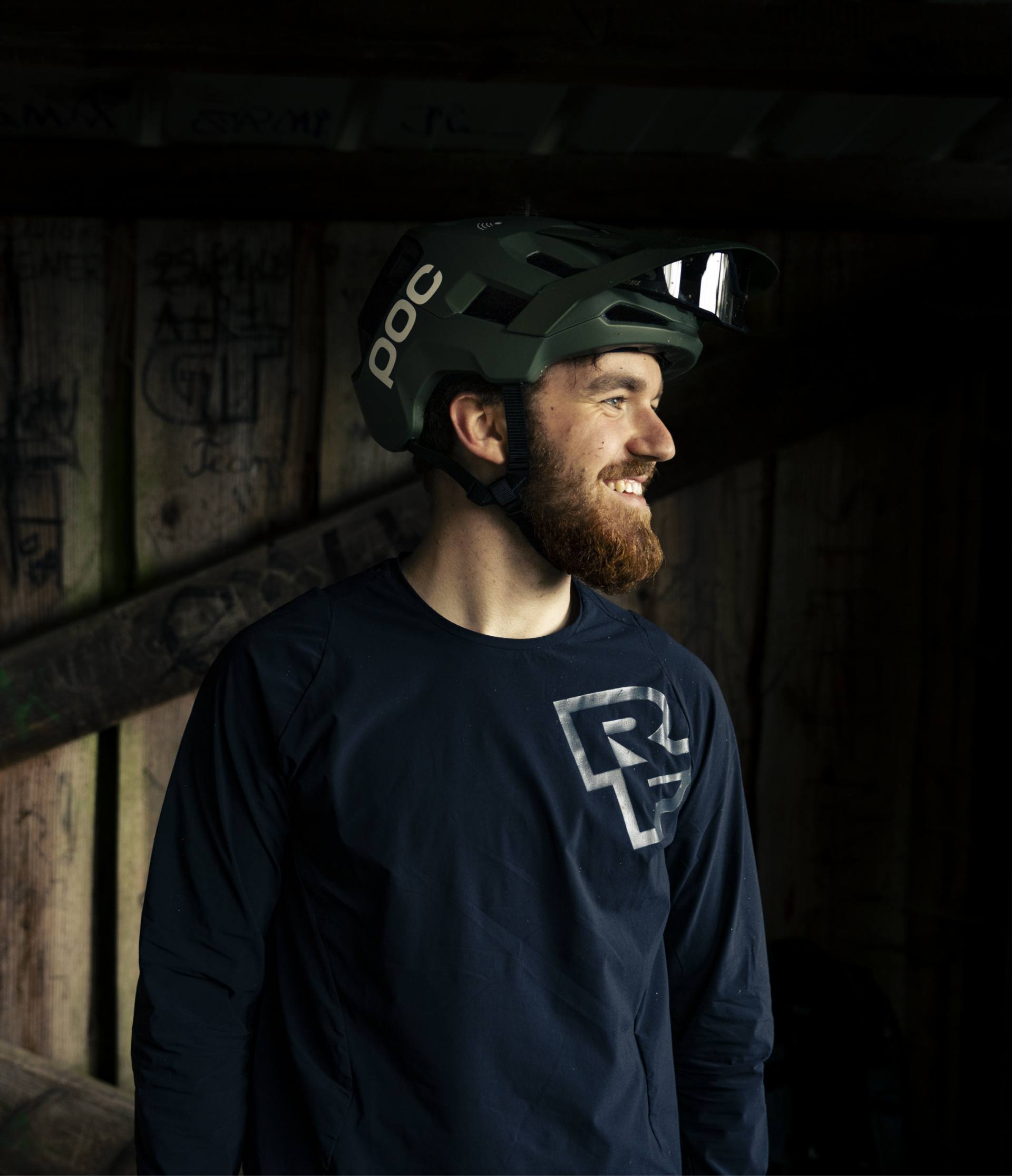
“Mountain biking is unique in Germany because there are lots of rules and exceptions. It’s not easy to find or set up trails to ride on”
Falk Schlageter
The 2m trail width rule is prominent in most regions across the country and forbids mountain bikes to be ridden on trails any narrower, but here in Freiburg, the rules have been reset to accommodate a community who’ve made their voices heard.
There are still plenty of trails that don’t allow access for bikes, but the trails that are for cycling are progressive, properly maintained and a step in exactly the right direction that Germany needs.
Sitting down trailside with Max Lürkin as he’s mid way through a coaching session with a group of eager kids, he says ‘Freiburg is a trailblazer region and elsewhere in Germany, it’s developing very very slowly’.
Freiburg is somewhat unique and it’s a city that’s turning heads and proving that mountain biking isn’t just about the minority.
Former kids coach Jakob Breitwieser speaks with a collected confidence when he says ‘it’s developing really positively because the message has got through that it’s a mass-participation sport and not just mad, crazy kids riding all over the forest. It’s for everyone from 3 and 4 year olds on balance bikes, to 80 year olds riding on e-bikes’
There’s over 200 children who are part of the club and get weekly training sessions with voluntary coaches.
Coaching is more than just line choices and skills, it’s about etiquette on the trails, good attitudes to other users but most of all having a good time on the bike. Seeing the kids meeting for an evening ride out with the coaches is something that would inspire people all over the World. The sport is attractive and fun and getting fit and healthy is almost a byproduct of the fun that can be had. That’s absolutely evident from the grins and good times that the young riders share between them on the trail.
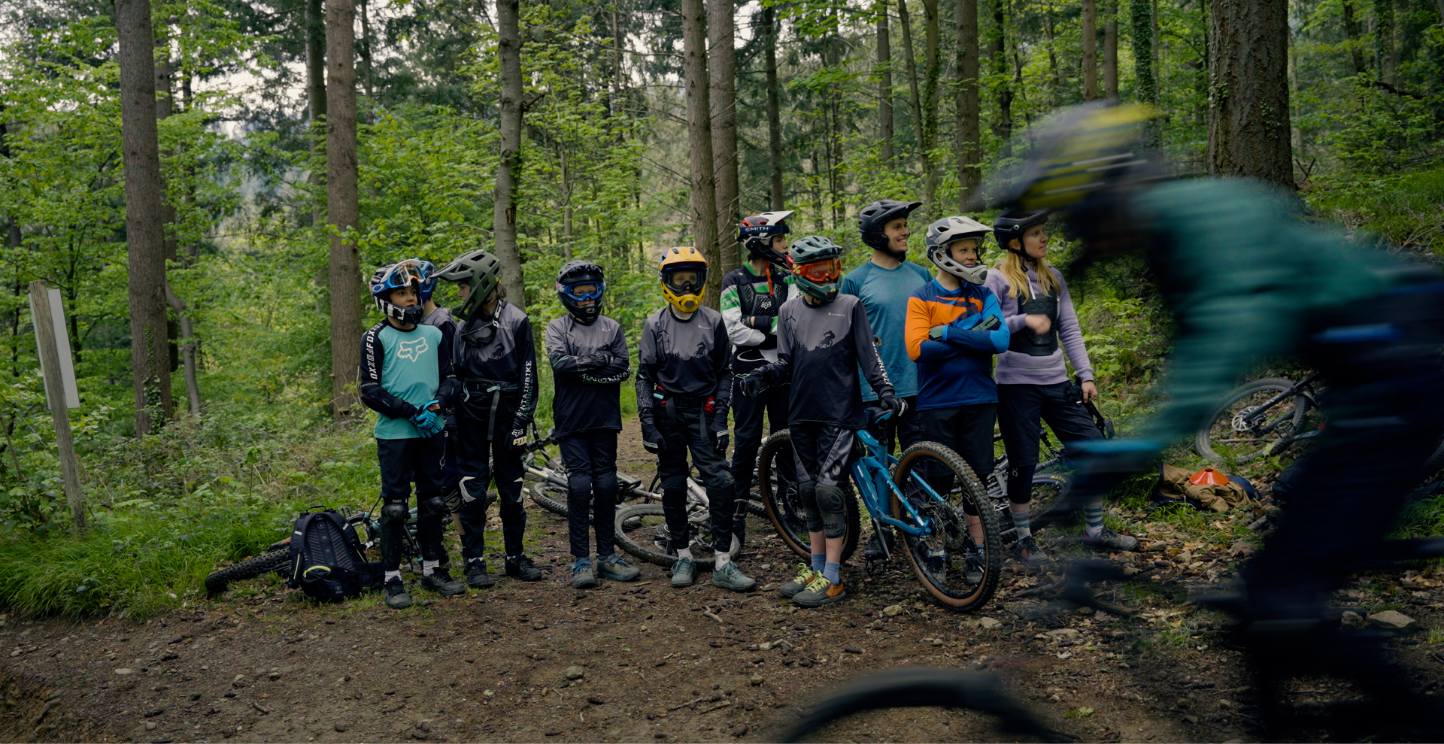
The club itself has seen huge growth over the last couple of years and now boasts over 2700 members.
Numbers like that for a cycling club that focuses on progressive trail, enduro and downhill riding are pretty extraordinary. Whilst more numbers means more traffic on the trails, it also grants more conversation for further access and opening up of said trails. It reinforces mountain biking’s place on the map. It grows community and with that, the people’s enjoyment of the outdoors. ‘People have to exercise, they have to get out into the fresh air. And as far as that goes, I hope there’s an understanding there and the legalisation will finally play ball and this unspeakable 2m wide trail rule will be abolished’ says Jakob.
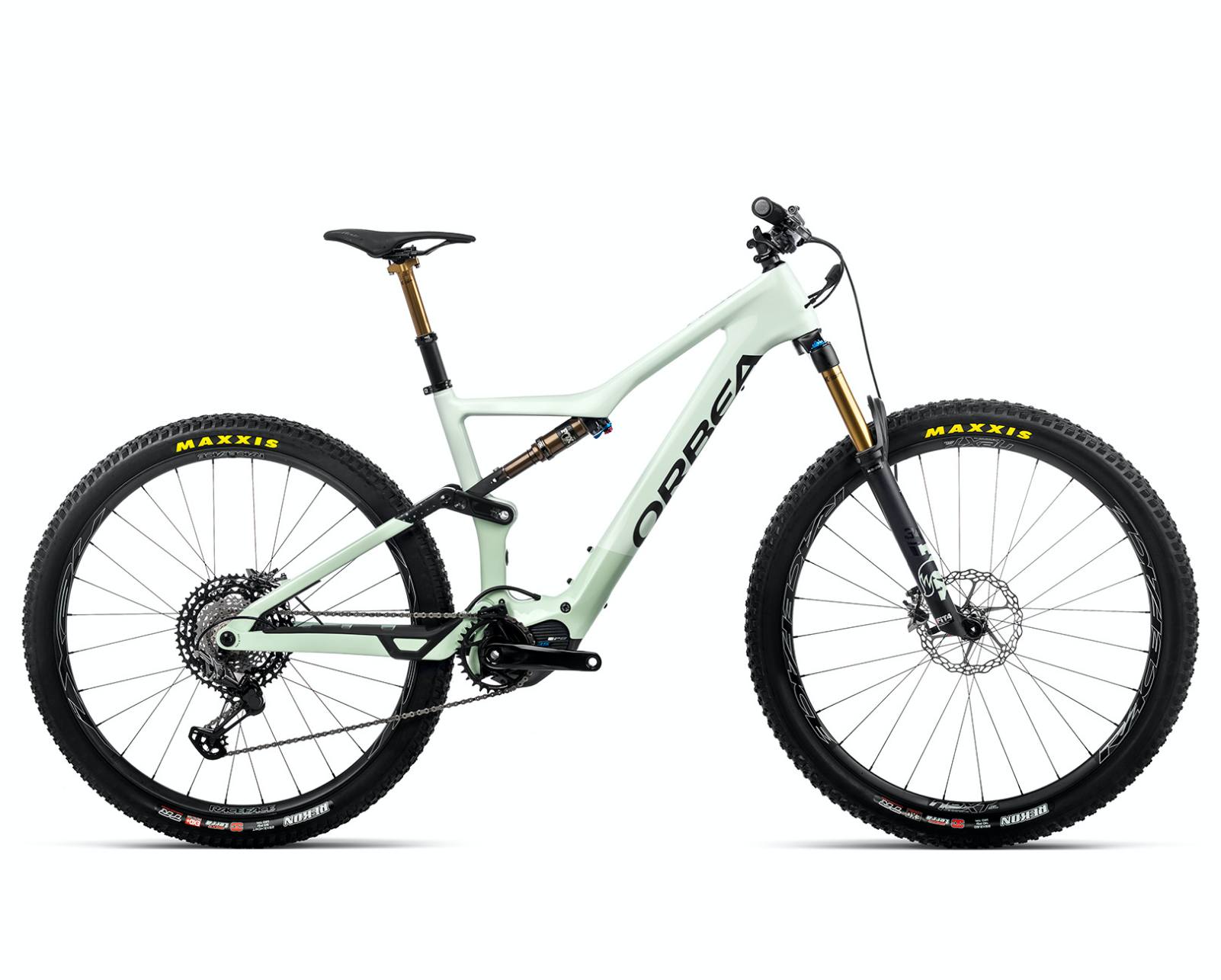
Rise M-LTD
RiseCarbon is lightweight, and when it comes to riding this type of train, it makes a difference. Paul was able to enjoy first-hand the unique handling and very natural pedaling offered by the Rise M-LTD.
It’s clear that by talking and acting on conversations, change can happen for the better.
Freiburg has 8 legal trails as part of its network now, all thanks to the club and a forward thinking council.
‘It helps that the city owns the forests. They are not privately owned, which makes conversation around accessibility easier’ says Max. Freiburg is a destination that doesn’t disappoint with its leafy forests across large rolling hills and trails that descend right into the heart of the city. Freiburg is on the forefront of change and it could be the catalyst for others to follow in its footsteps.
Get to know the bikes from Trail Tales
Rise M Team
Both Paul and Falk chose the Rise M-LTD to ride the winding trails of Friburgo. It’s a perfect option for this type of terrain, since the Rise Carbon perfectly blends power, range, interface and weight to take your trail experience to the next level.
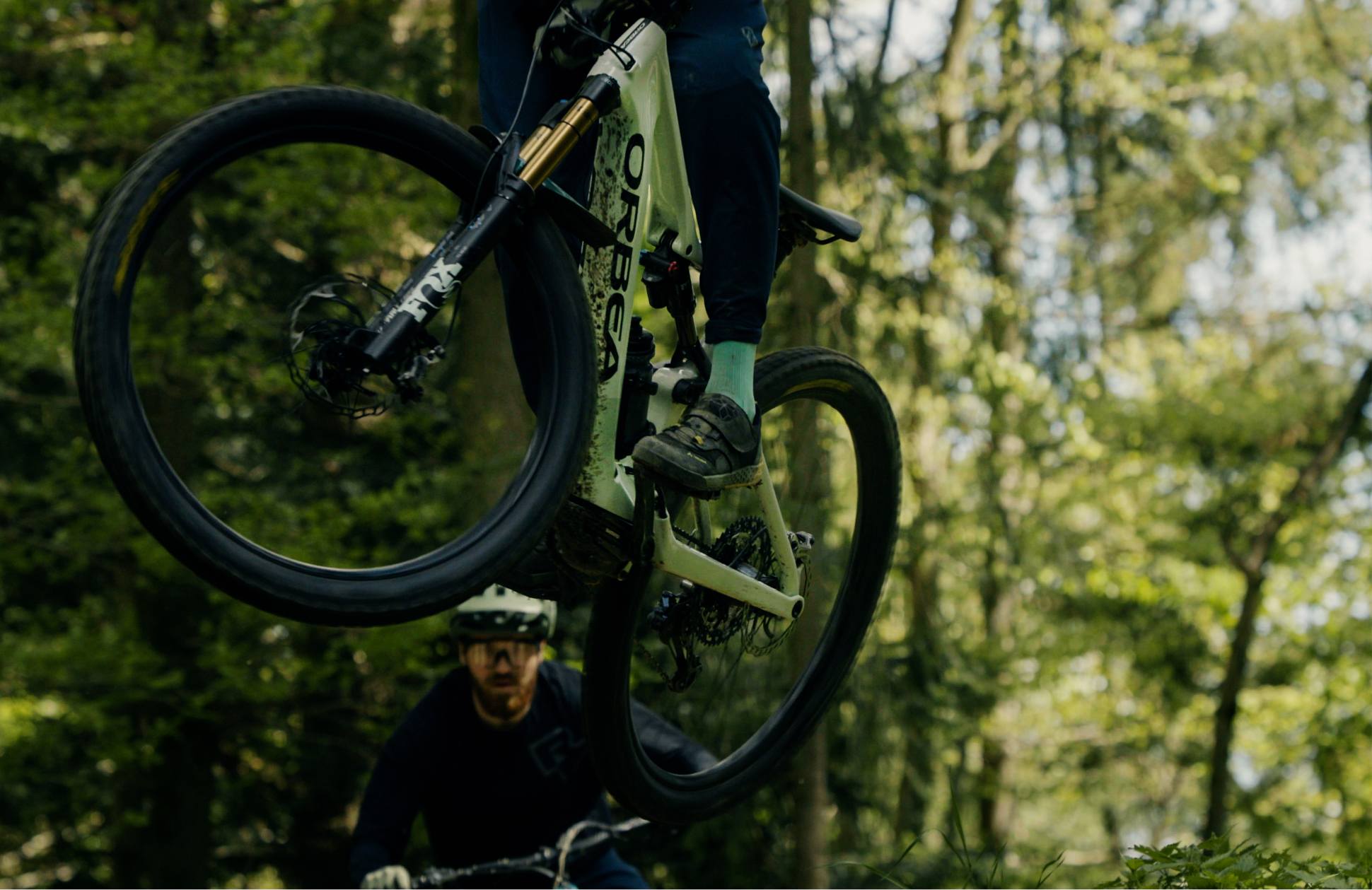

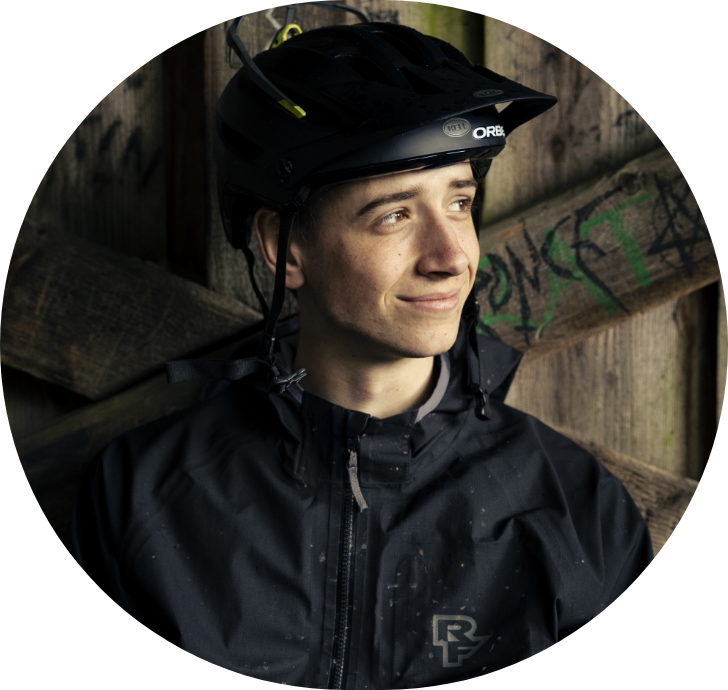
Paul Feser
Orbea ambassador and freerider
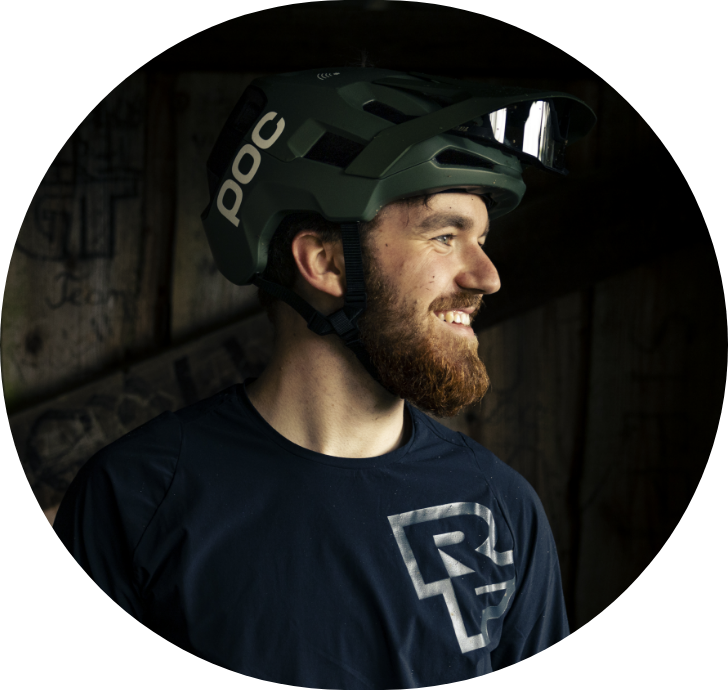
Falk Schlageter
First youth group rider
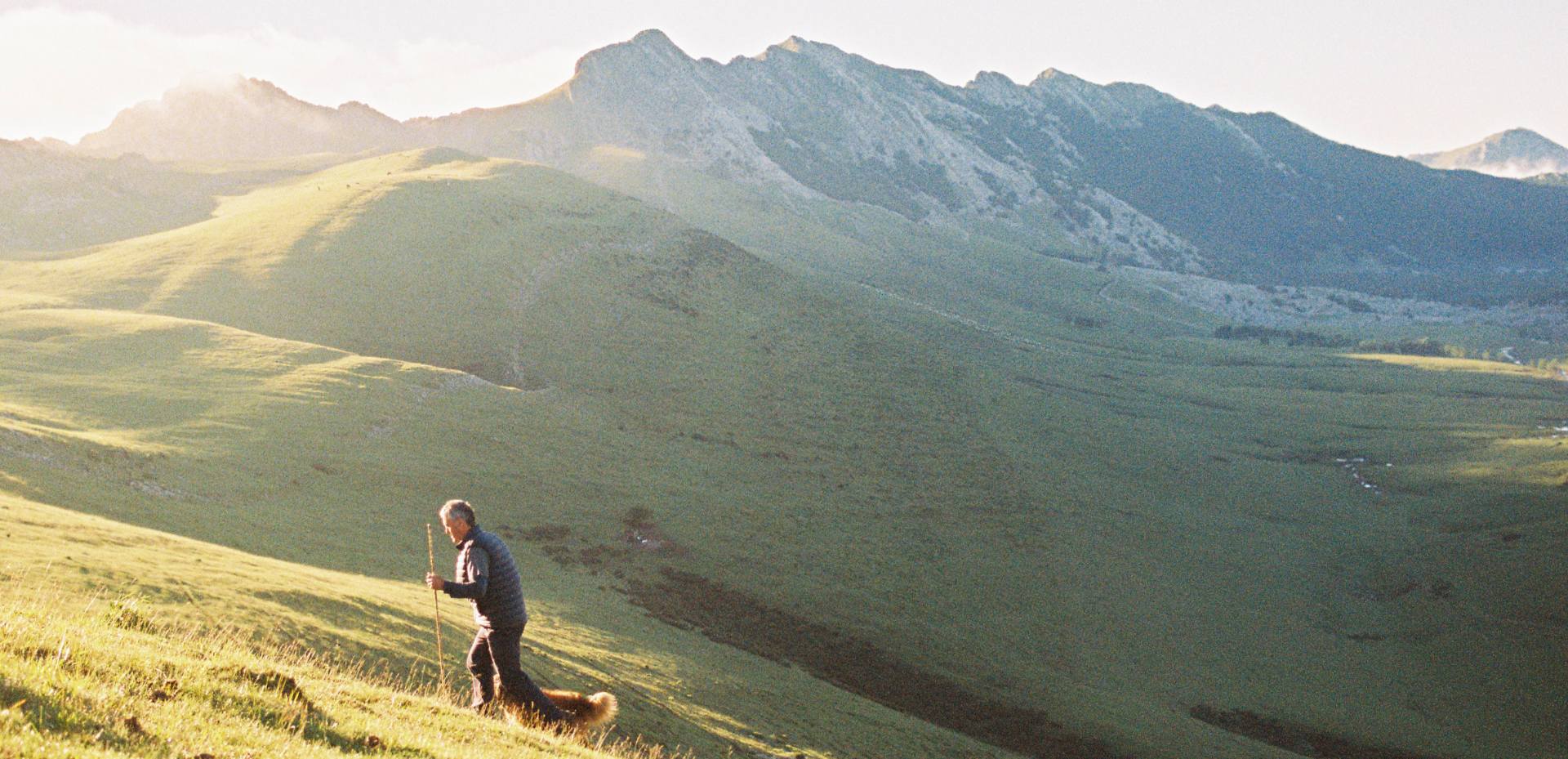
When your father’s job is so extreme, so unique, you practically have just two options: either you love it, or you absolutely hate it.
Ane and Mikel could be living in the center of a big city, rebelling against the life as they know it; Ane and Mikel could just pick the phone and have dinner or groceries at their door in no time. However, they chose to raise their eyes to a limitless landscape instead.
How does it feel when your field of vision is immense and infinite?
“Santi and his children were right: these mountains have to be caressed. That is why I chose Rise. I wanted to focus on enjoying the landscape on the climb and arriving fresh for the descents, and I knew that its EP8 motor pairs very well with pedal strokes so I never sacrificed the feeling of connection with the terrain.”
- Lierni Lekuona
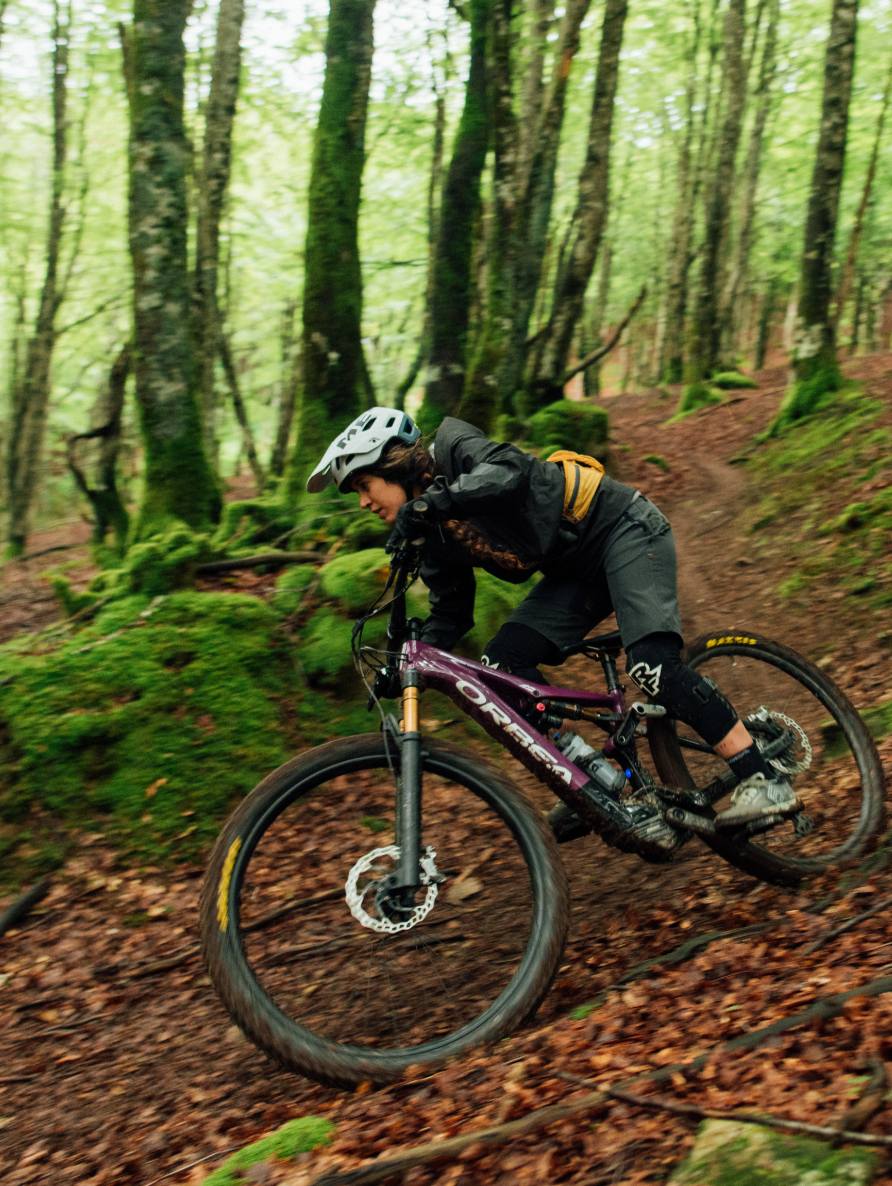

Mikel makes our flesh crawl describing the cold in the bones as he crosses the so full of legends San Adrián’s tunnel; Ane makes us reflect as she speaks about studying and giving herself a world of opportunities, immense and infinite as her field of vision, to end up choosing what she really wants: to end up choosing the mountain life.
“Caressing the hills of Urbia mountains” as the popular song goes.
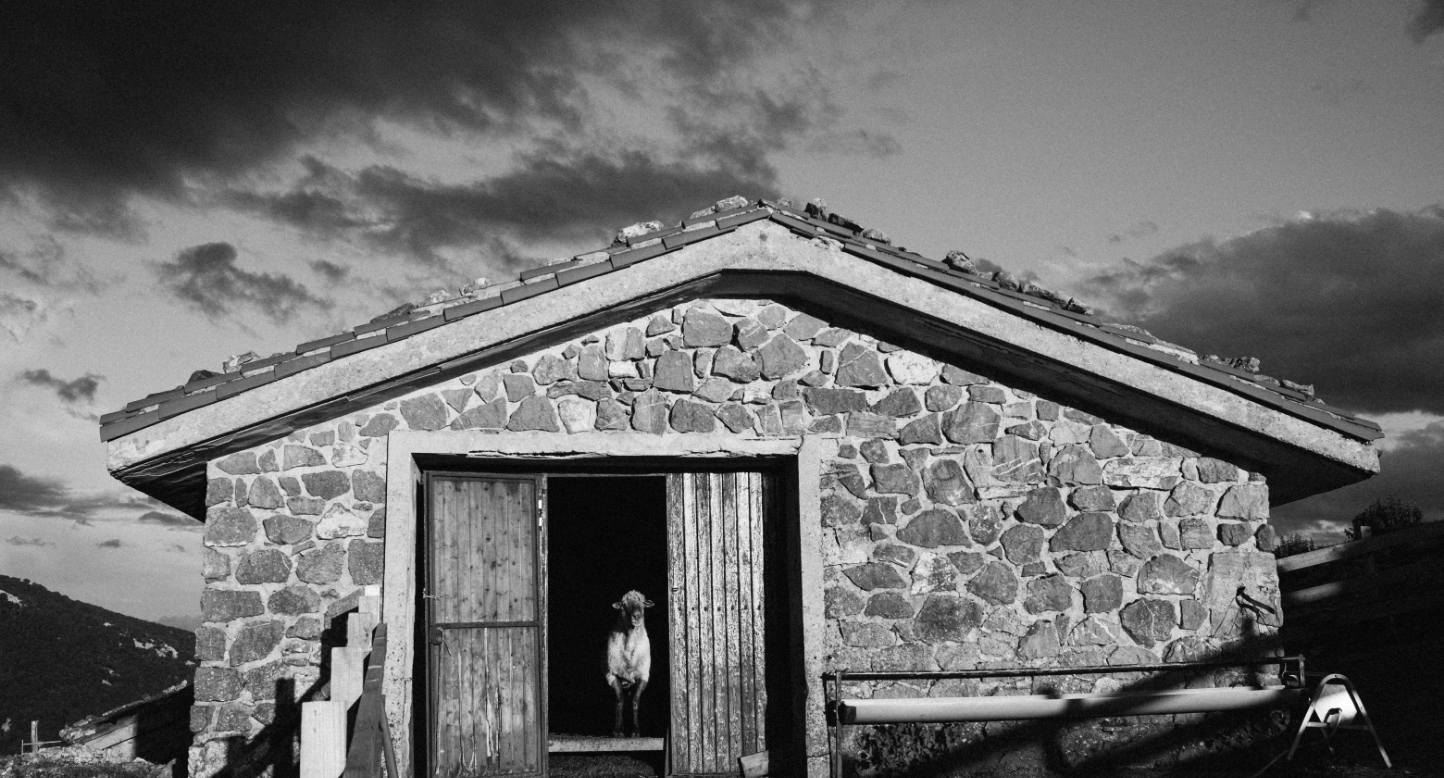
This magical land belongs to the animals, the paths belong to the shepherds and the farmers, they dwell and protect them.
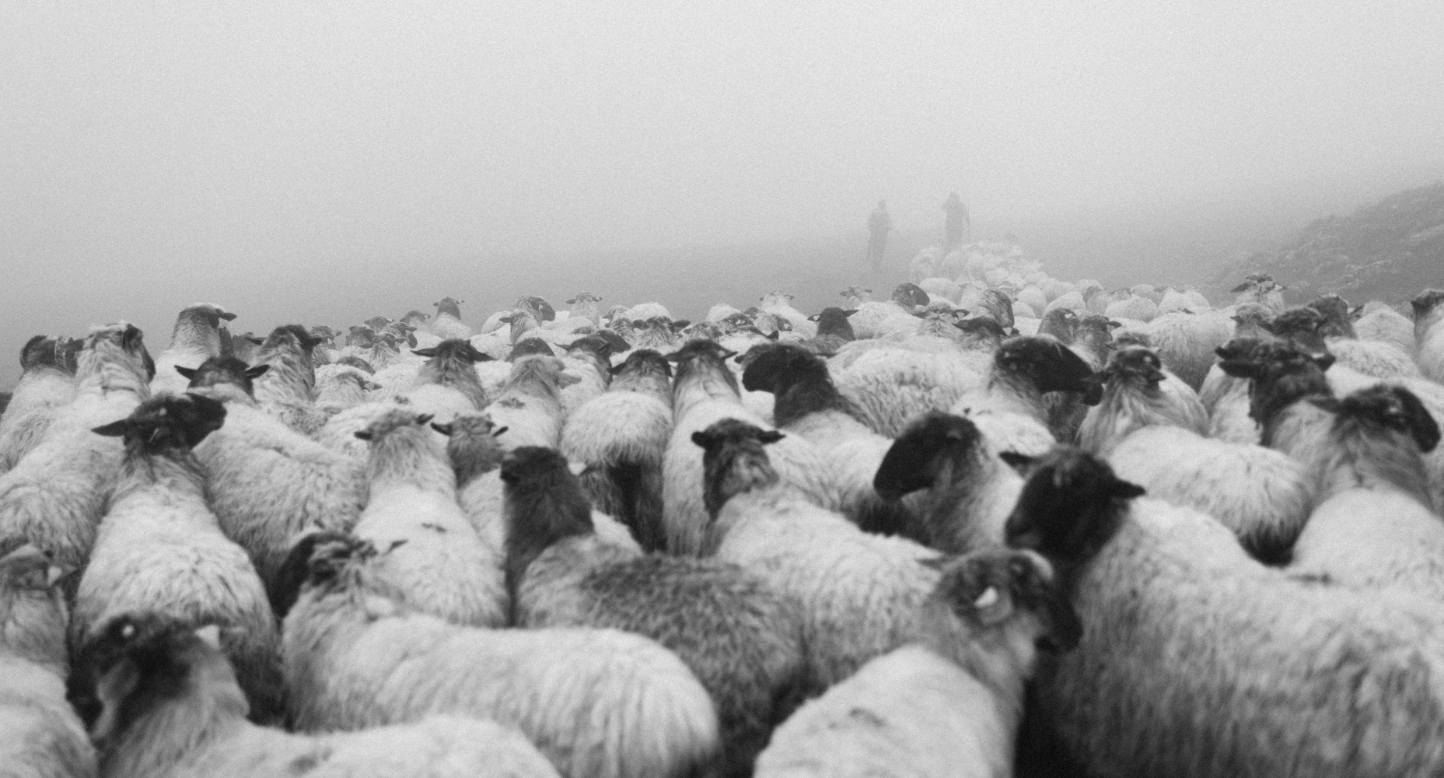
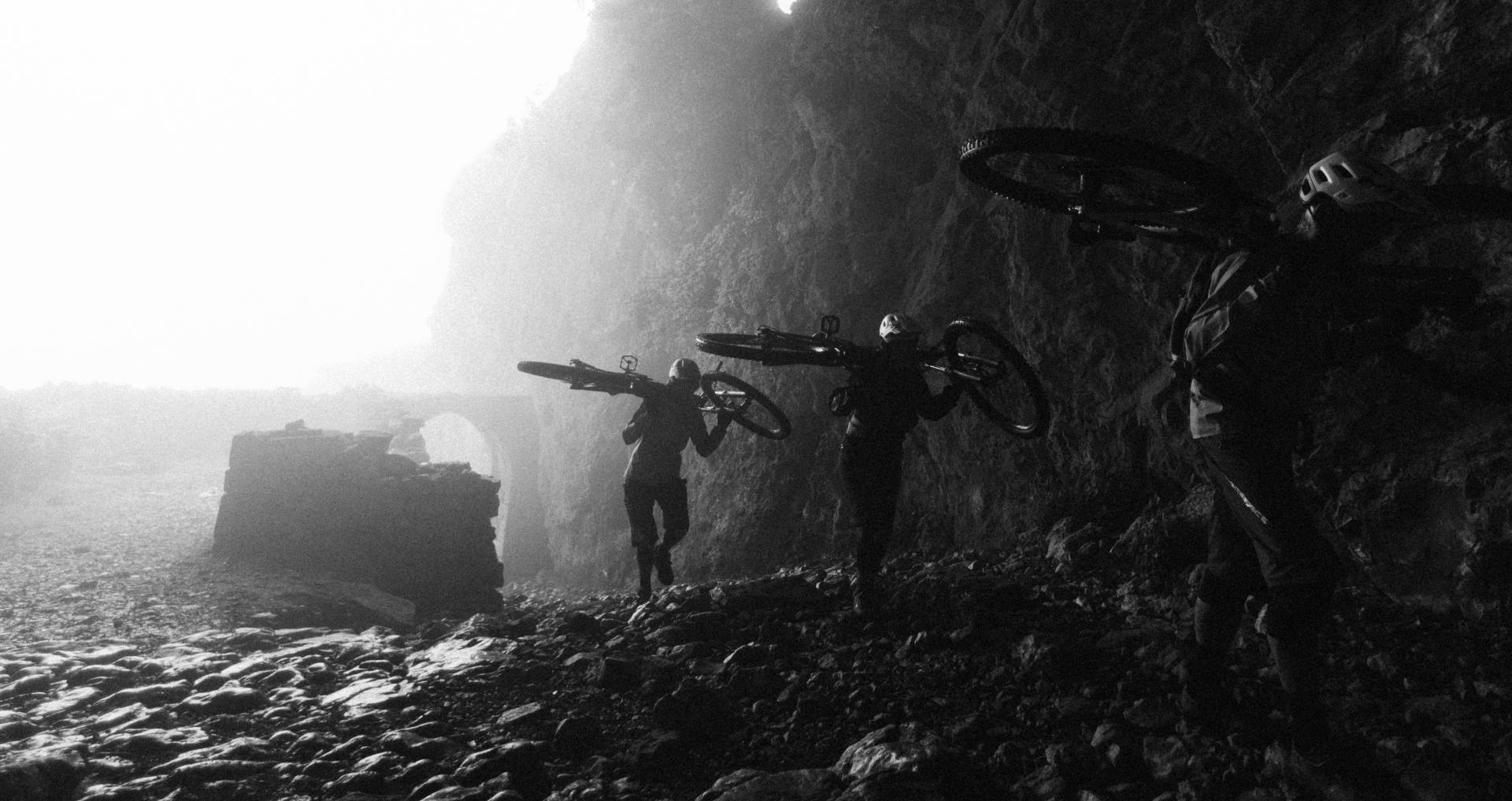
Igor, Antonio and Lierni know well whom this land belongs to, they feel the cold with Mikel as they cross the tunnel with their bikes on their shoulders and, for a moment, they can even feel the harshness of the life chosen by Santi.
Lierni, Igor and Antonio caress the hills of Urbia mountains, they borrow the land, and they are happy.
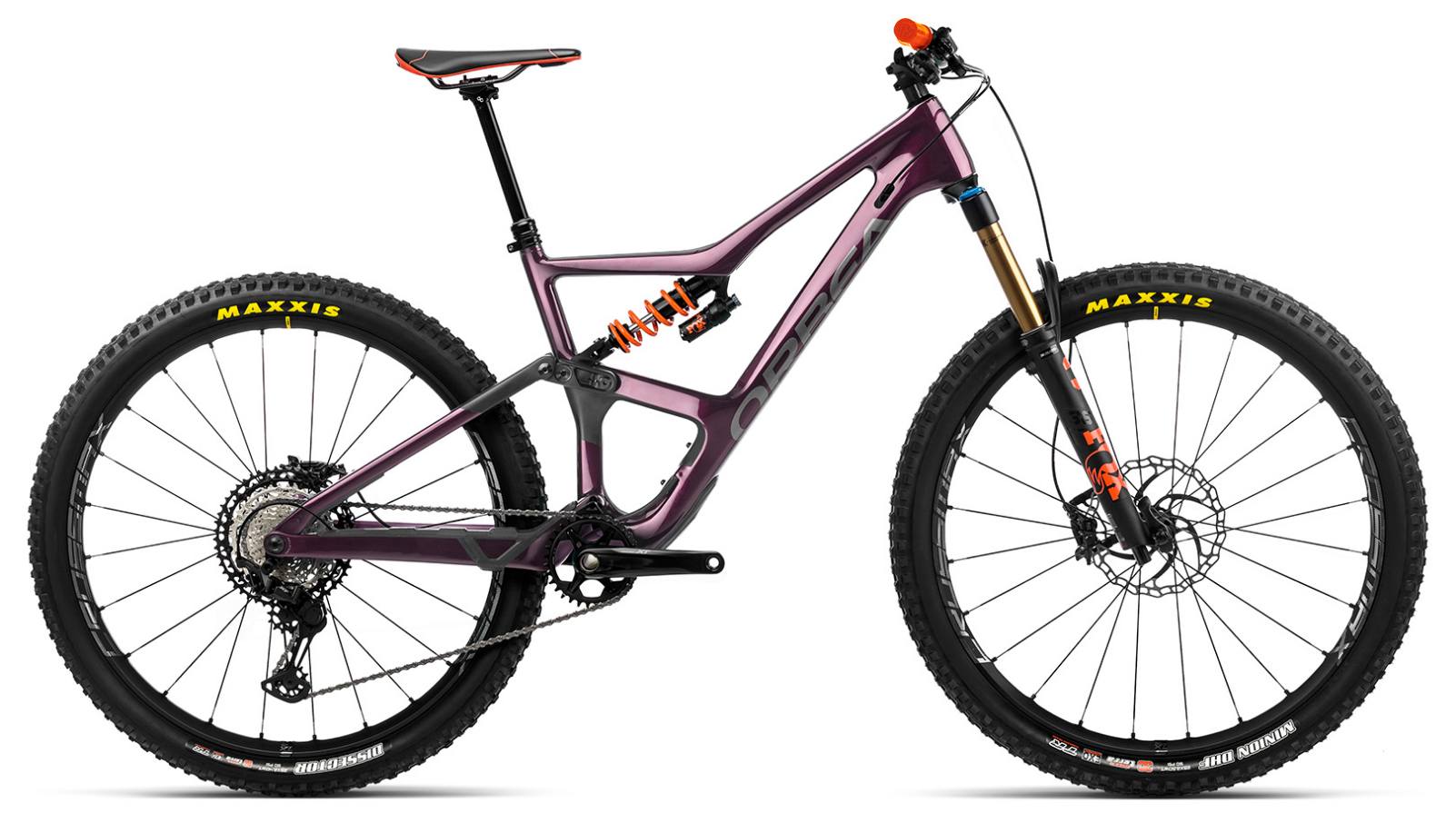
Occam M10 LT
Igor — the man attached to a smile — chose to enjoy this landscape and its trails with Occam LT. “With this choice, I was looking to make the descents more fun and wilder. Those 10mm of extra travel fit like a glove for Urbia’s terrain.”
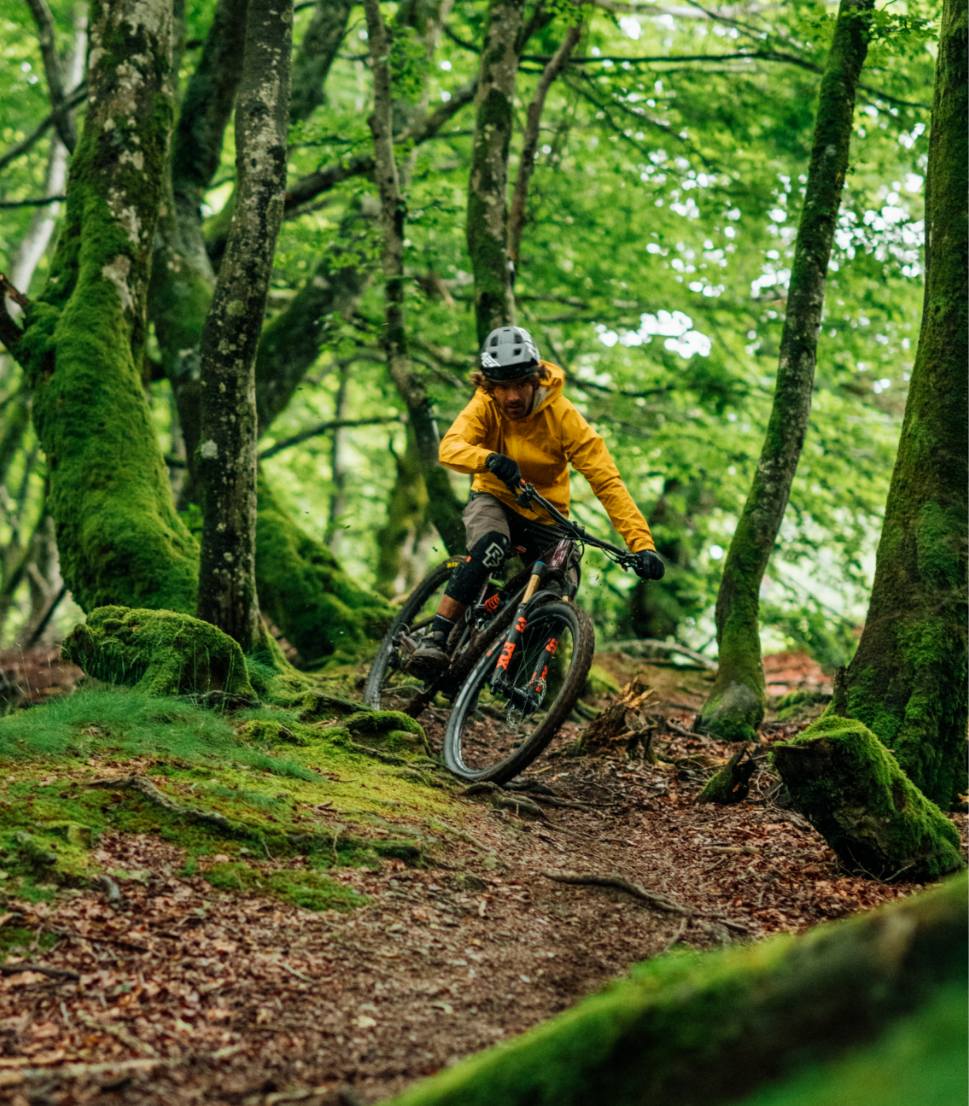
Antonio, Lierni and Igor will come and will go; Ane, Mikel y Santi will still be here, with their hazel crook, caressing the hills of Urbia mountains.
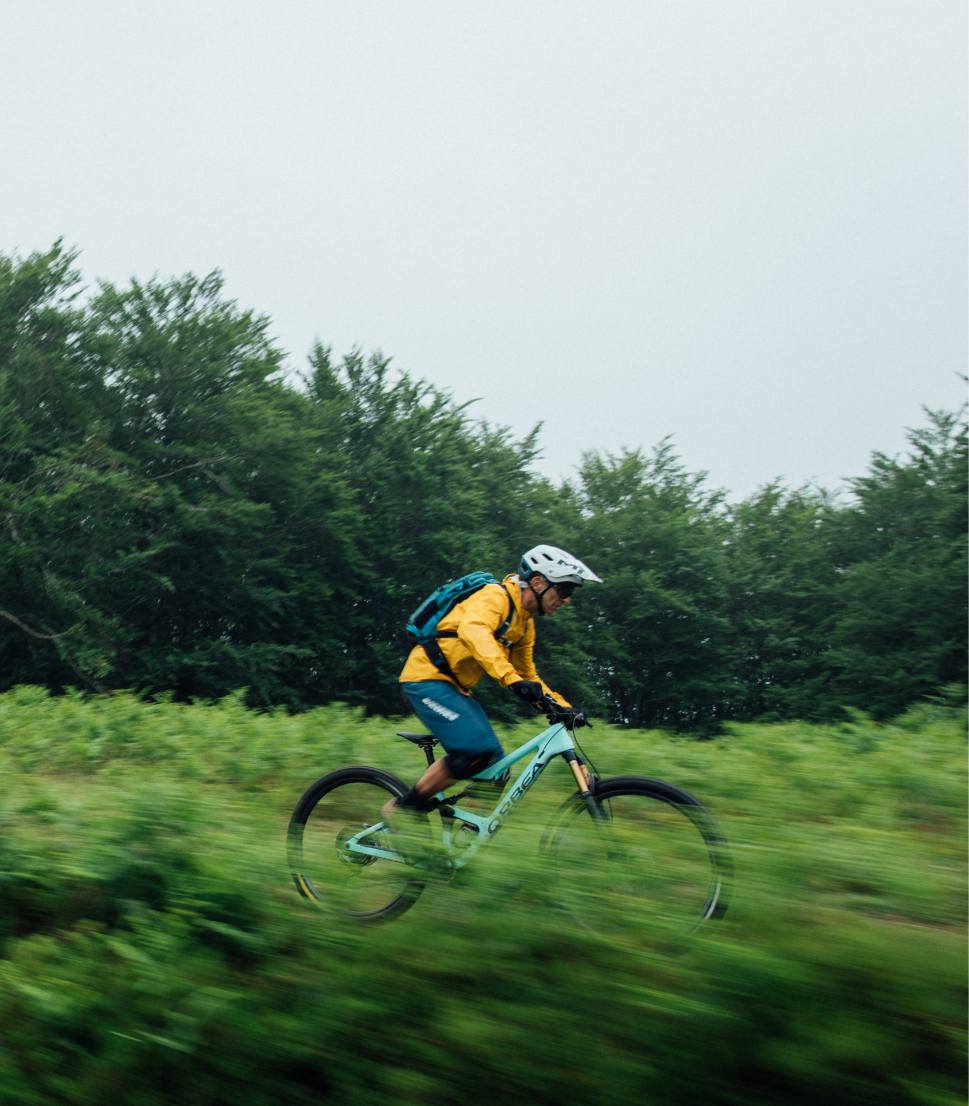
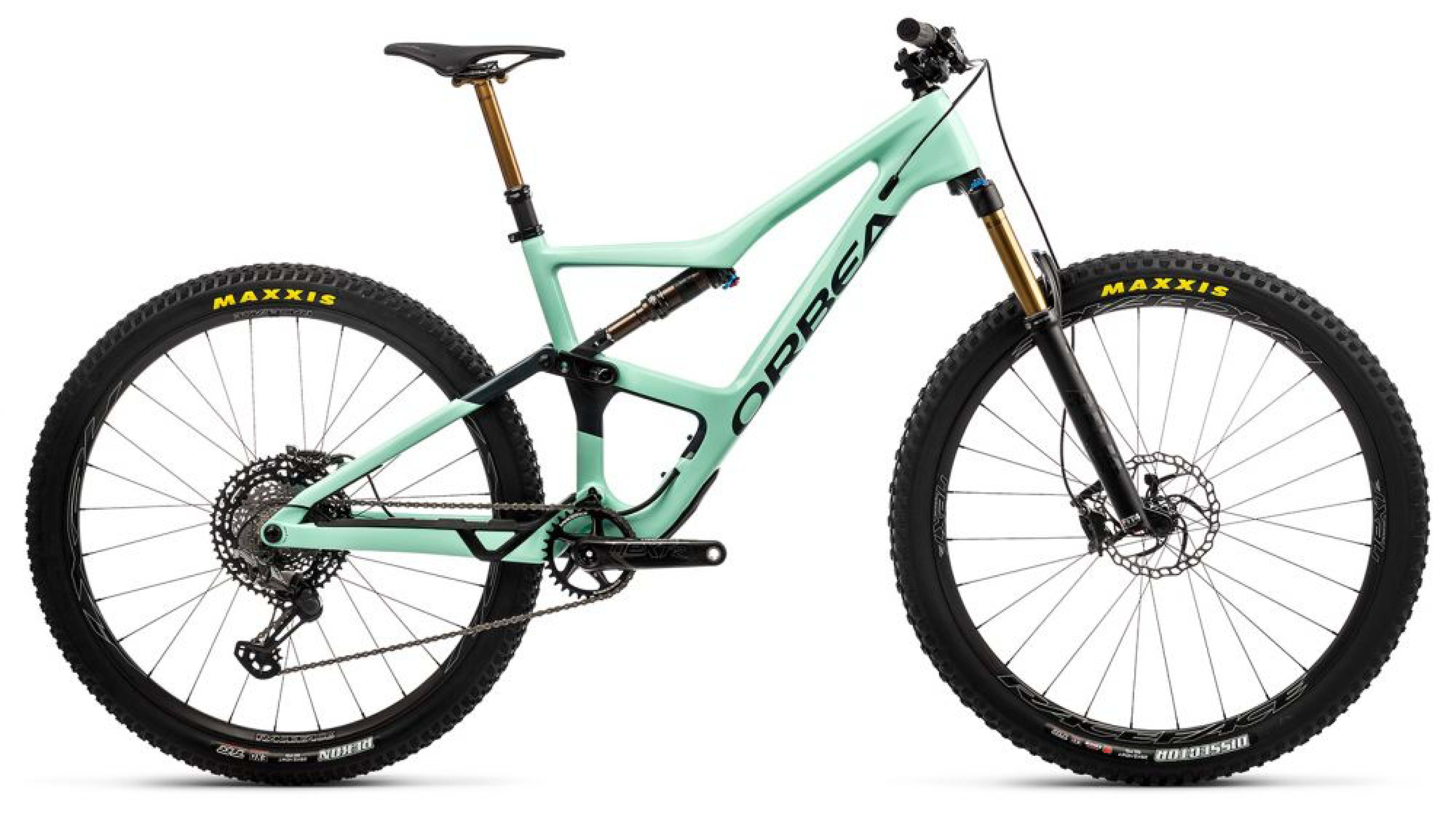
Occam LTD
Antonio opted for Occam LTD. “I wanted to enjoy the descent to the fullest, and I knew that Occam was a safe bet.”
Get to know the bikes from Trail Tales
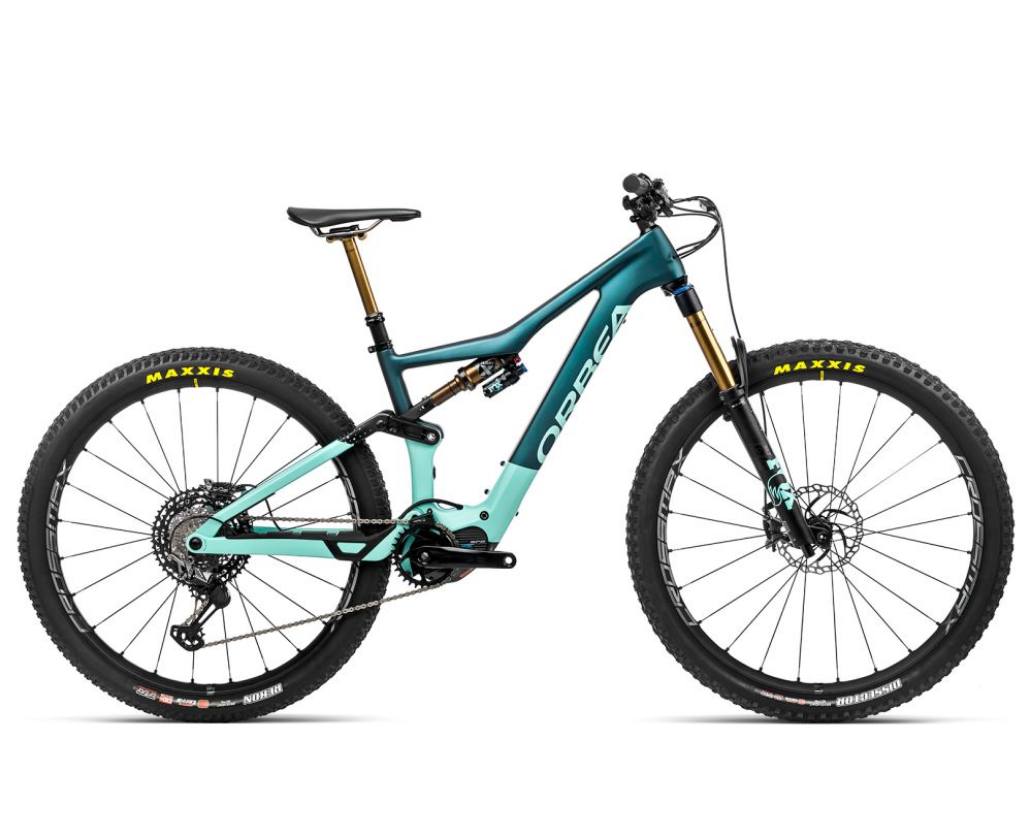
Rise M-Team
Leirni knows what he’s doing, as Rise is ideal for this type of ride. It is perfect to enjoy without losing the feeling of connection with the bike and the terrain. Its EP8 RS motor is extremely quiet and reacts subtly to your pedal strokes with immediate and sensitive response to your effort that, at times, it makes you forget that it’s an e-bike.
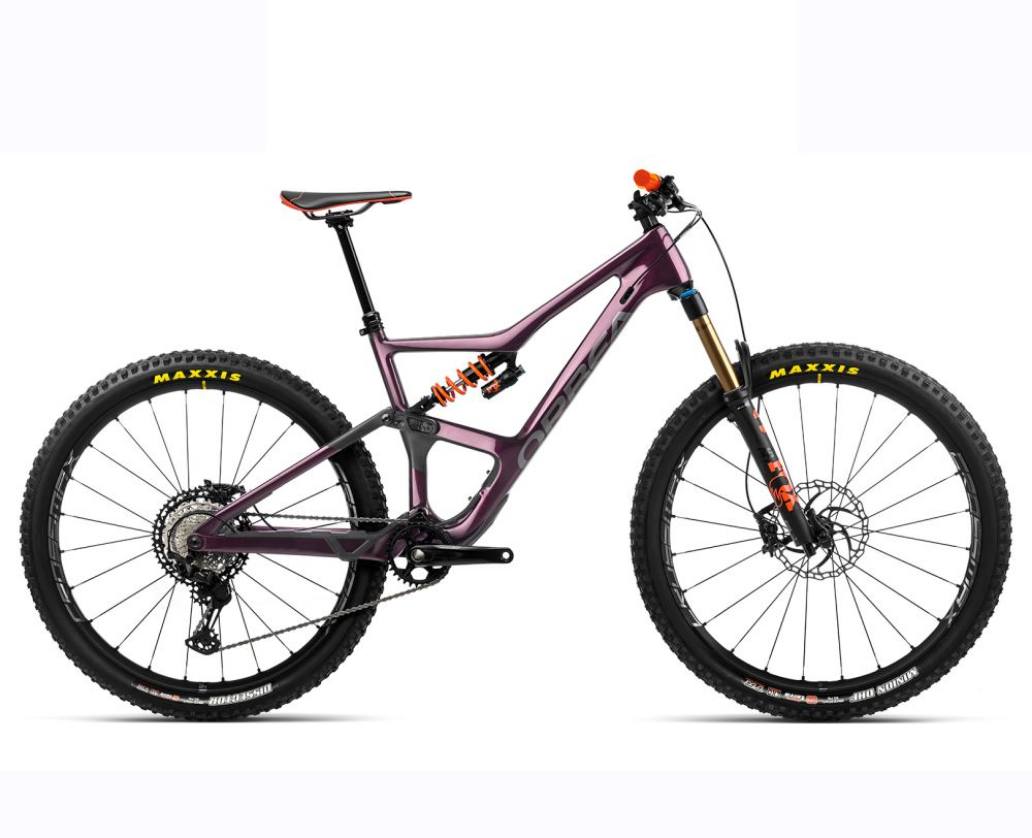
Occam M10 LT
Igor looked for something more rugged. In its LT version, both the shock and fork travel extend from 140mm to 150mm, reinforcing its downhill performance.
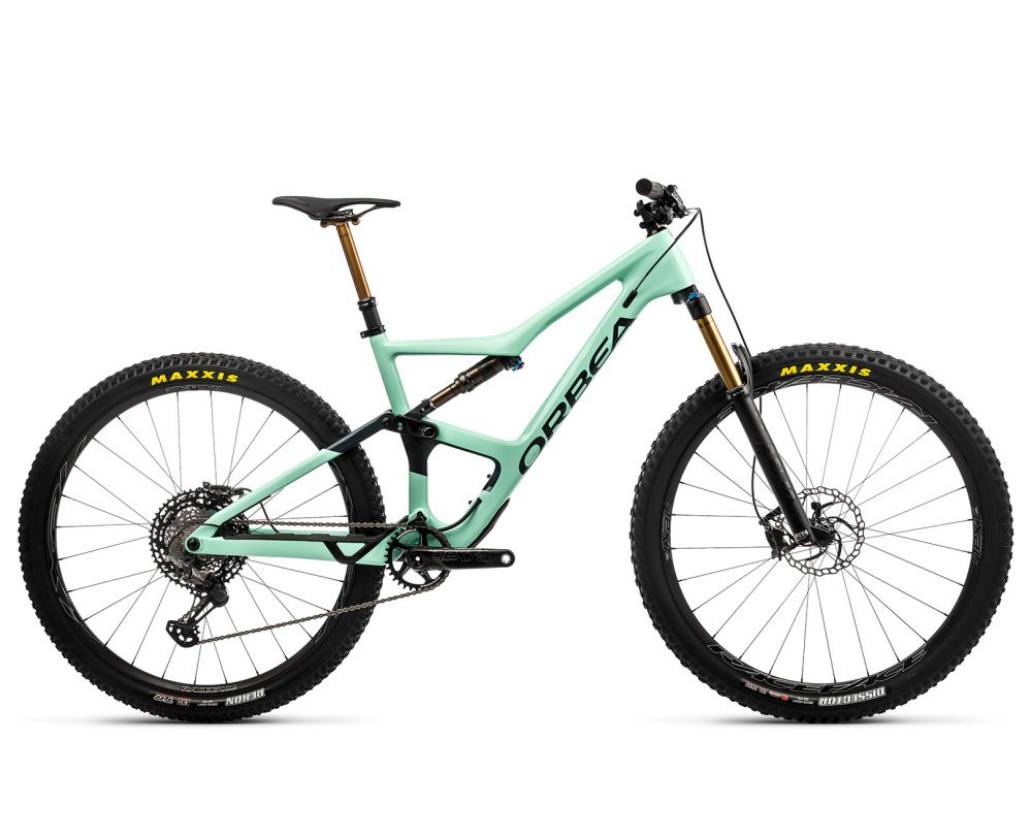
Occam LTD
Occam LTD’s geometry makes it fast and efficient on a multitude of terrain. That is what Antonio was looking for with this bike.

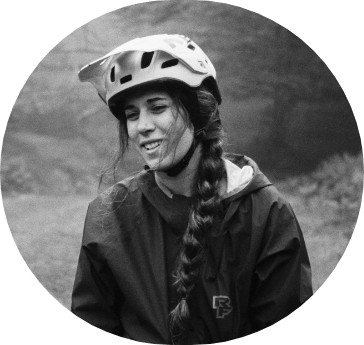
Lierni Lekuona
XC Racer and Orbea Ambassador
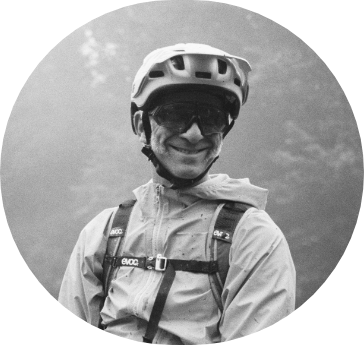
Antonio Ester
Trail Adventure Legend and Orbea Ambassador
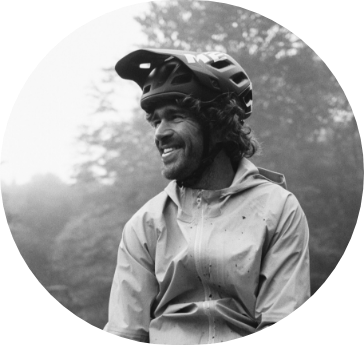
Igor Eskudero
BMX Rider and Orbea Ambassador
Little known to those that walk and ride in these mountains is that mountain rescue in the United Kingdom would change forever here in the early hours of March 14th 1951.
The events of that day and what was learned from it, would shape how both people, whether military or civilian, would be extracted from the mountains when they could no longer do so under their own power.
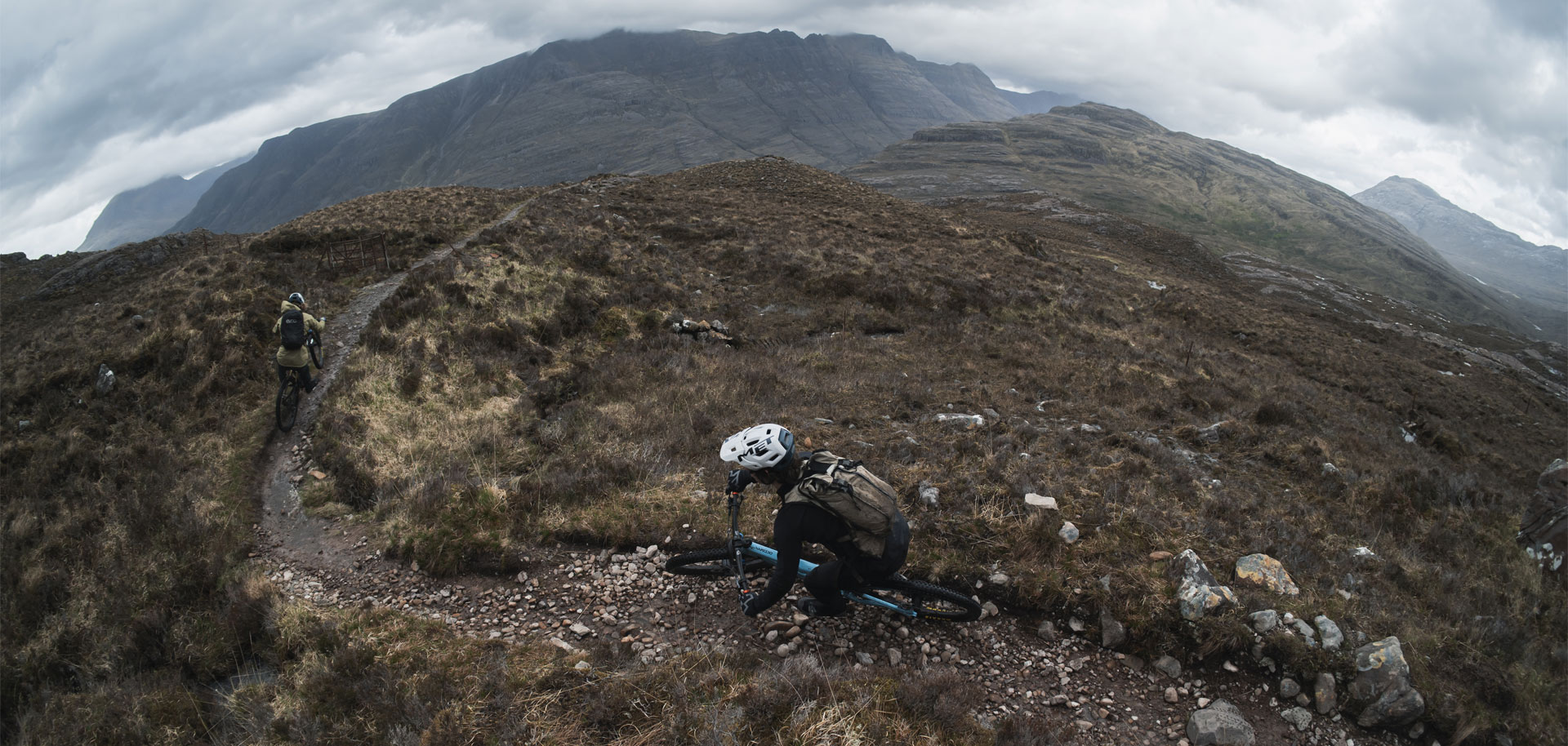
A cursory glance at crash sites in the UK show a considerable quantity of wrecks. RAF Mountain Rescue would be the result of this, but in reality, it was merely a team that used equipment already available, and little or no specialist training. These men would be relied upon to use that equipment regardless of the time of year or the location of the crash.
That lack of specialist equipment or training would come into sharp focus before the sun had risen on March 14th 1951 when the four-engined heavy bomber would slam into the summit of Beinn Eighe above the now infamous Triple Buttress.
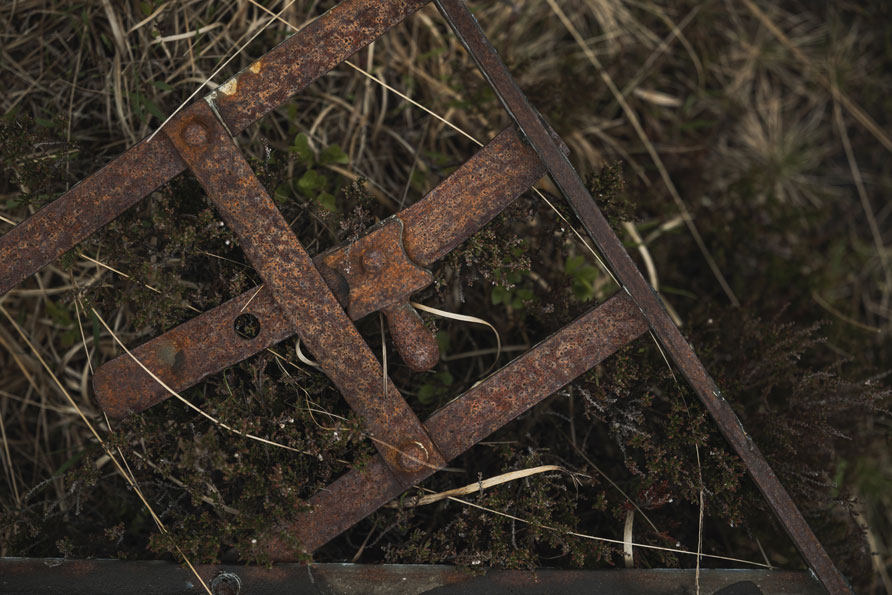
The low cloud and harsh winter conditions would hide the crash site for a full two weeks until rescue teams arrived.
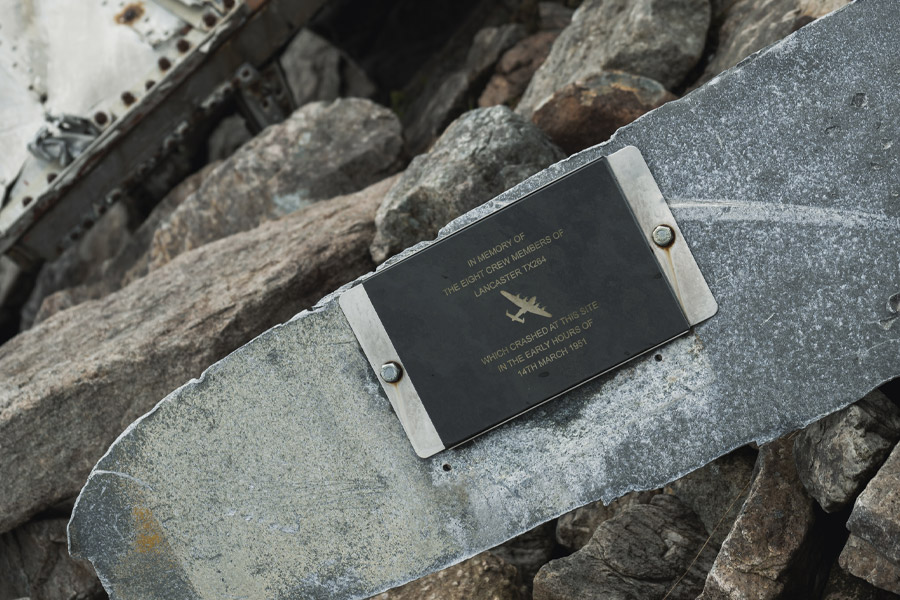
This team would then spend the next five months working their way tirelessly back and forth from the crash site until all eight bodies had been recovered.
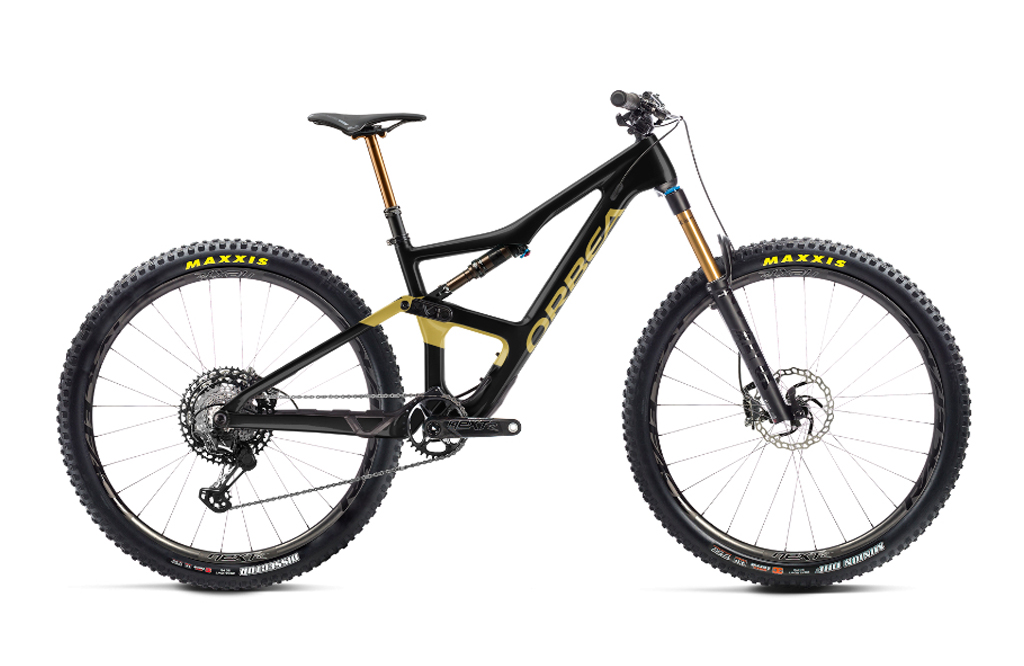
Occam M-LTD
It was only in the aftermath of this tragedy that the lack of specialist training and equipment was brought into sharp focus.
All this is narrated by David "Heavy" Whalley who has been involved in the RAF Mountain Rescue team for 36 years. He is also the eyes and the voice of a place with a very important historical legacy.
Occam Territory
Nowadays The Northwest Highlands of Scotland has some of the best, and most remote riding on offer anywhere in the World. People travel from all over the world to feel and ride a uniquely difficult technical trails. A playground for outdoor enthusiasts.
Torridon is not a place for the fainthearted it’s interchangeable weather and remoteness call for a reliable and punchy ride.
Enter our Occam - a bike that can handle the rough with the smooth and the bike both Angus and Rory chose to tackle the ups and downs of Beinn Eighe.
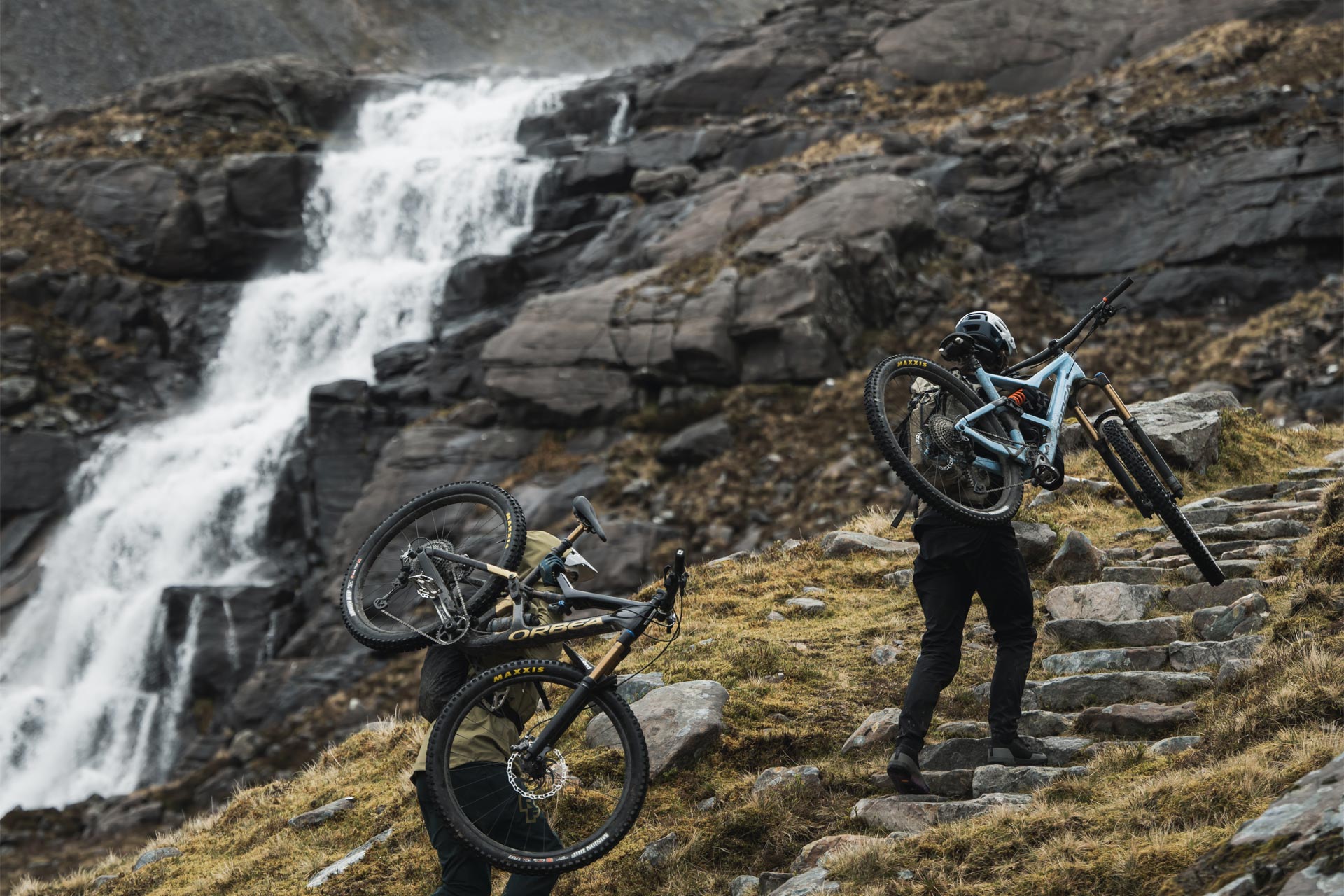
Get to know the bikes from Trail Tales
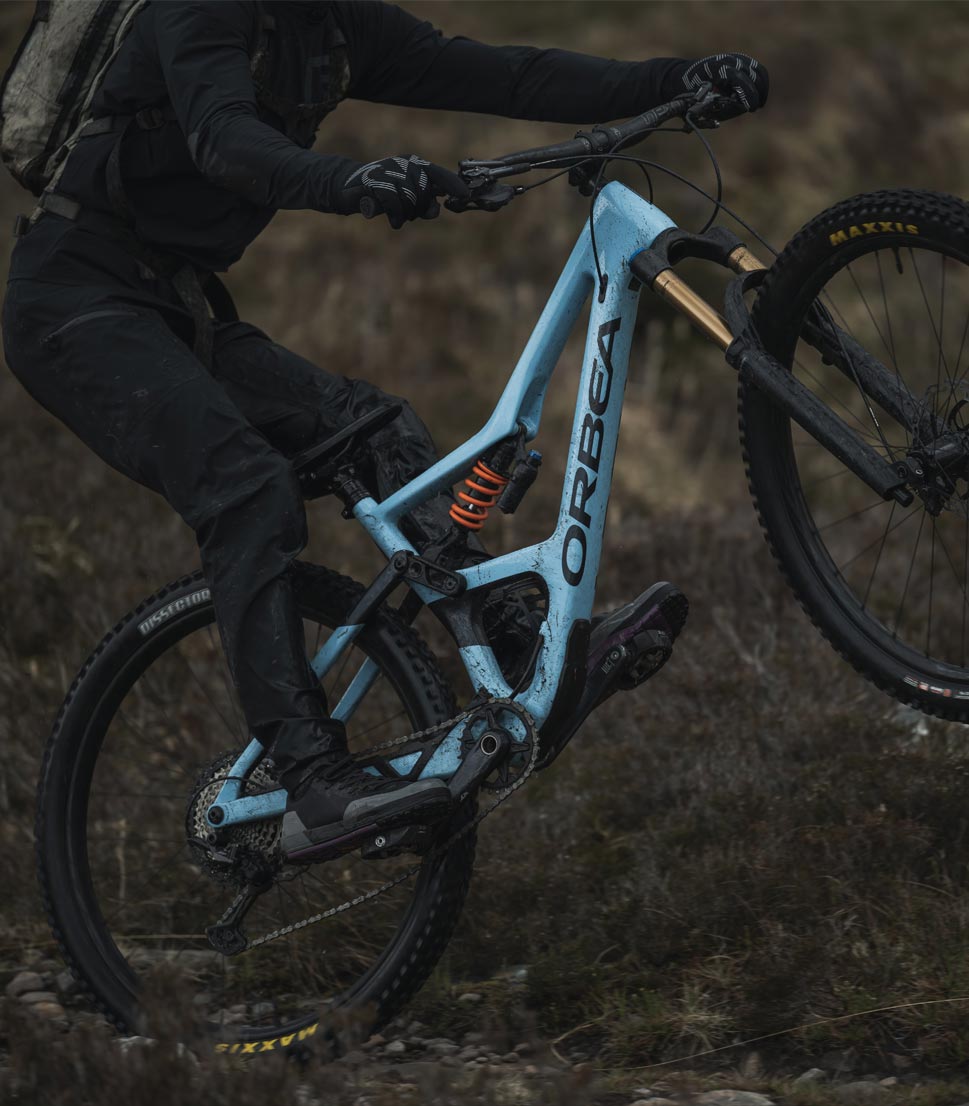
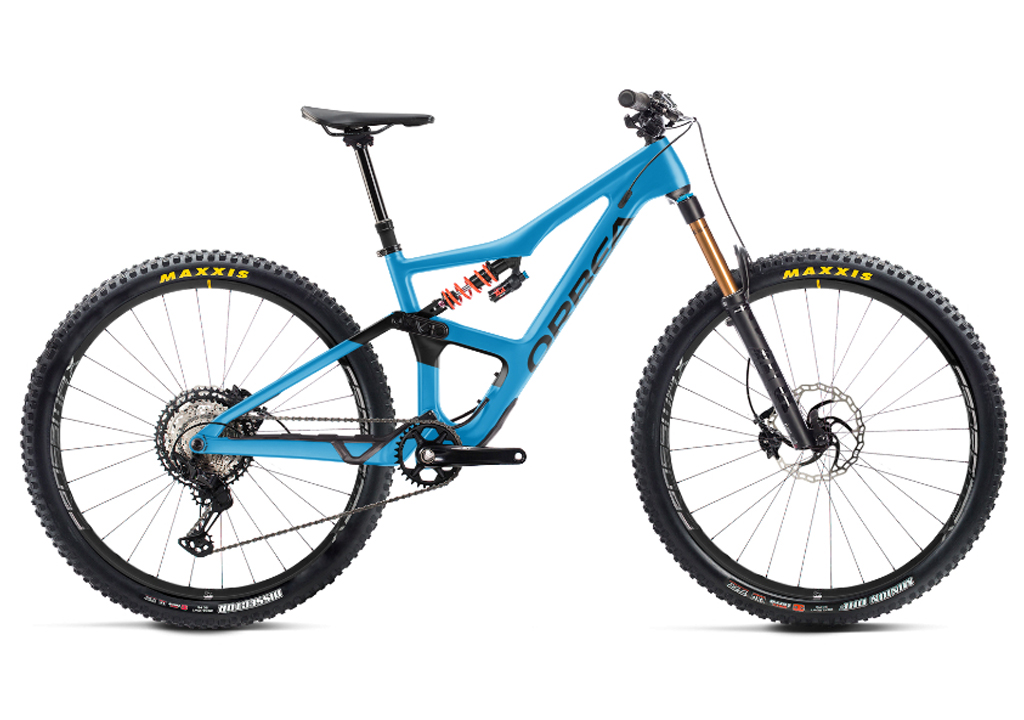
Occam M10 LT
Enter our Occam - a bike that can handle the rough with the smooth and the bike both Angus and Rory chose to tackle the ups and downs of Beinn Eighe.

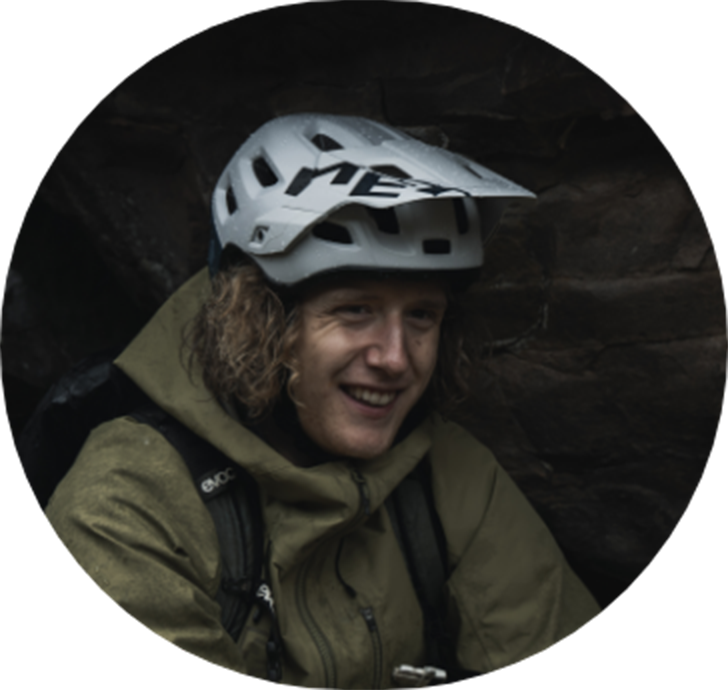
Angus Hardie
Orbea ambassador and freerider
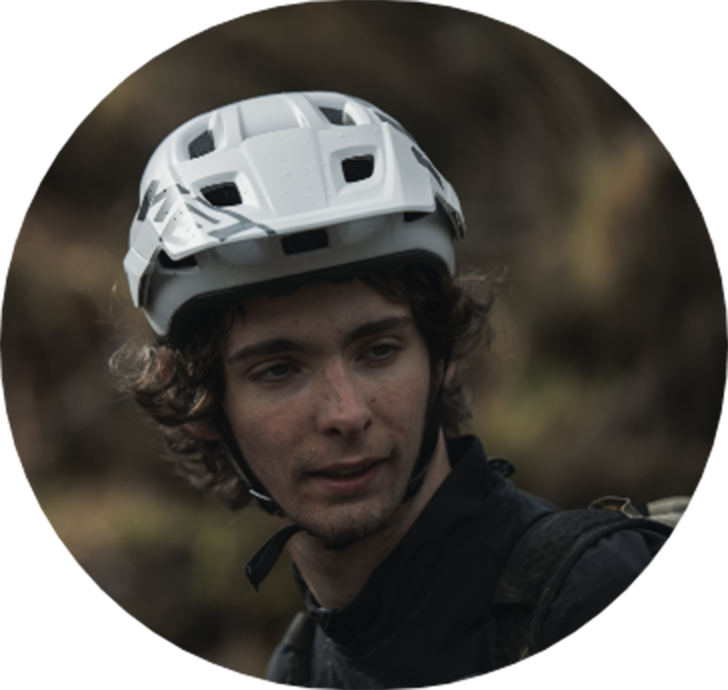
Rory Skinner
Orbea Ambassador & Moto2 rider
The Yukon got its name from the mighty Yukon River, one of the grandest in North America, and a key part of its history and legend.
In the late 1800s thousands of would-be gold miners flocked north after Skookum Jim scooped a nugget of gold out of a remote mountain creek.
For nearly 900km the prospectors forged onwards through the unknown, dreaming of their fortunes under the dancing northern lights.
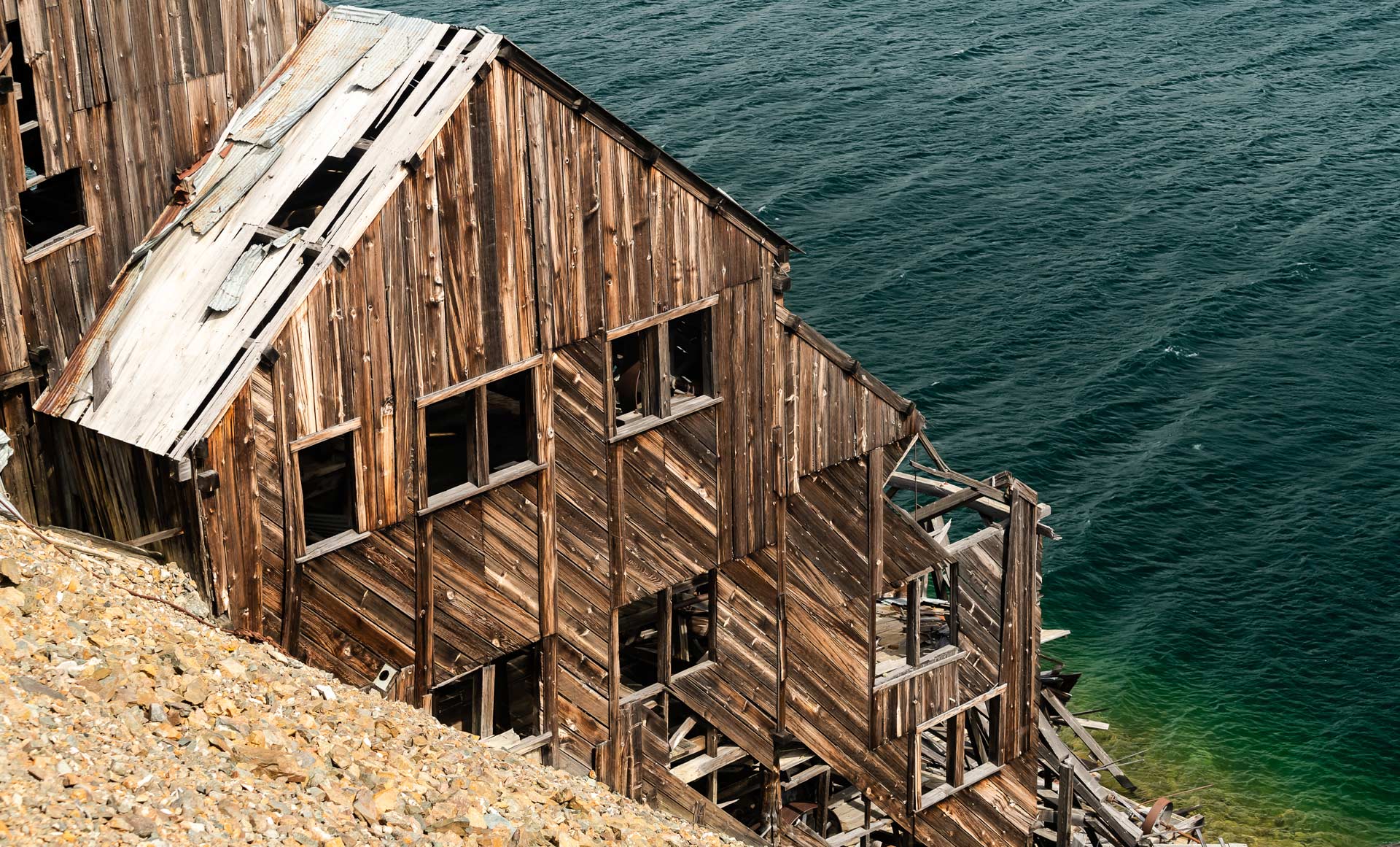
After the gold rush and the Windy arm stampede the miners didn’t last long, leaving fractured veins and broken dreams behind them. The damage was done, and the traditional hunting grounds were irreparably damaged.
Many years later a different trail is bringing the outside world to the area.
The Singletrack to Success program came to fruition in the summer of 2006, after Jane Koepke presented the Carcross/Tagish First Nation (CTFN) with an idea to draw mountain bikers to the area. The program would build trails on the sacred Montana mountain, adding to an already existing, forgotten network of mining and hunting trails.
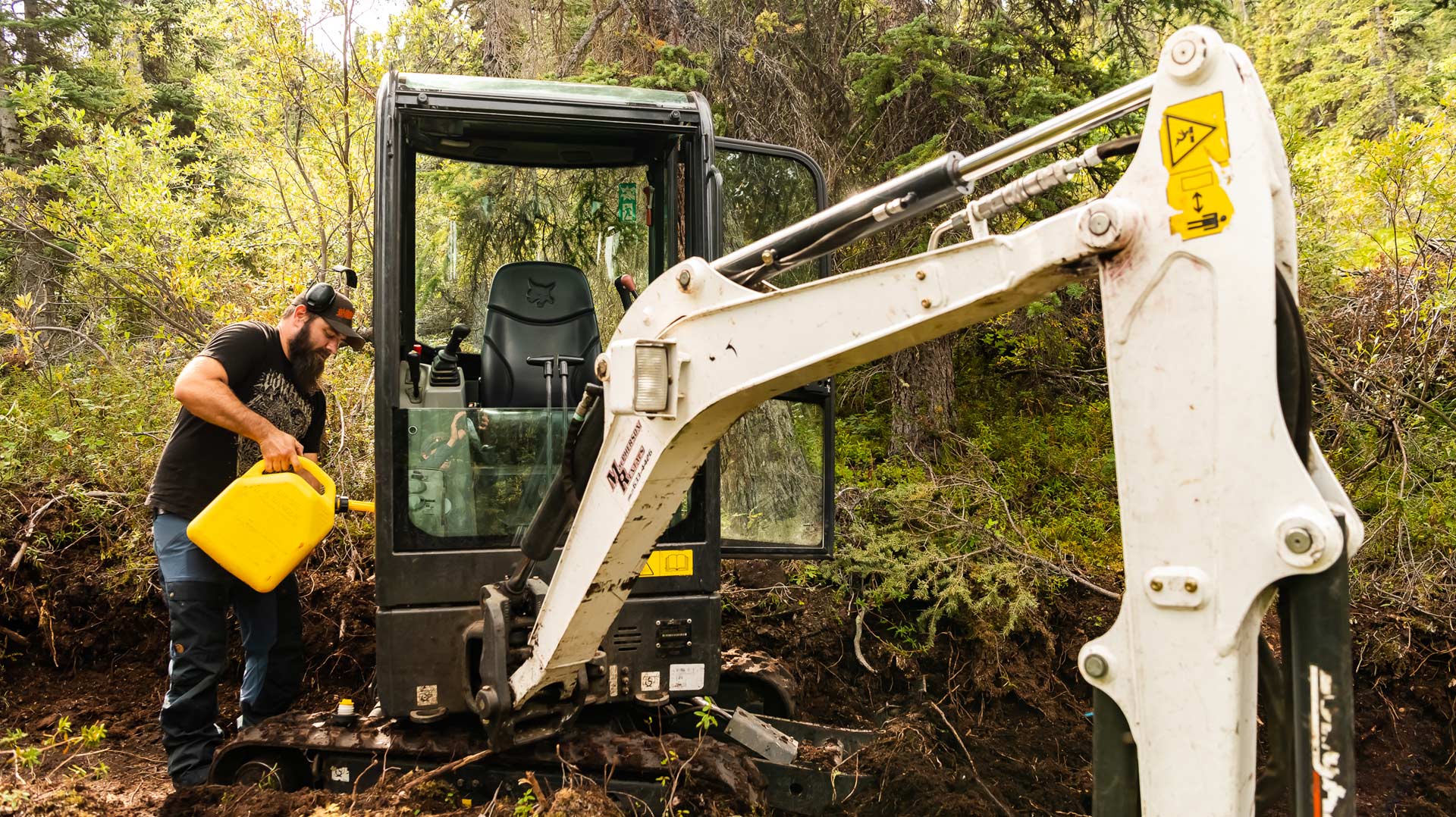
The beauty of the proposed program was that they wouldn’t be using outside contractors to do the heavy lifting, it would be the local youth Building the future of Carcross, one trail at a time.
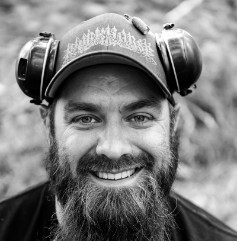
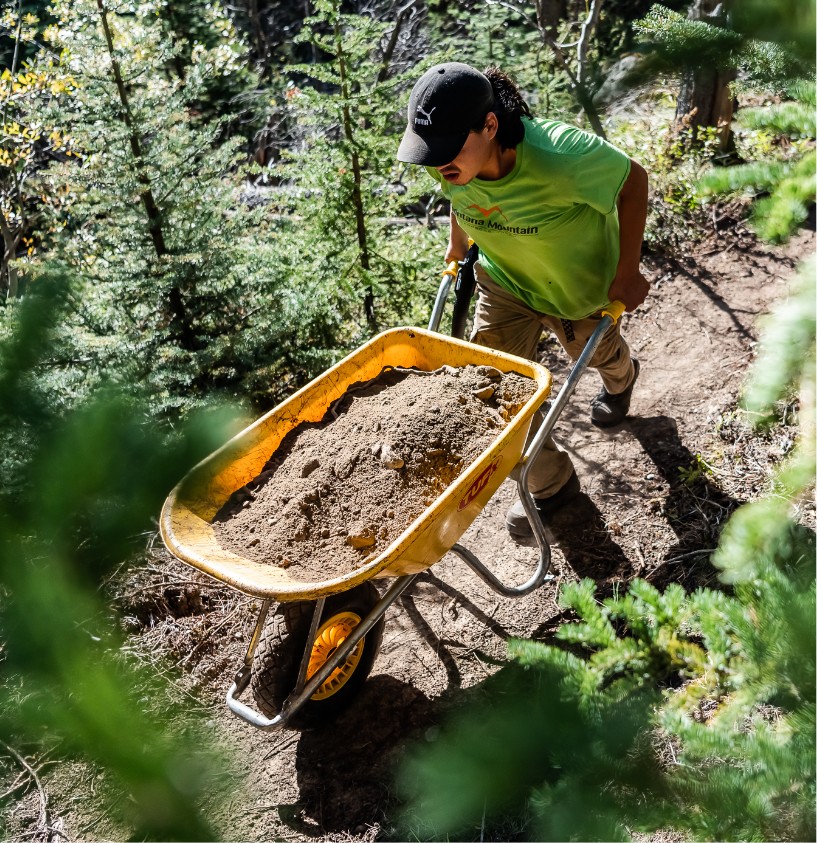
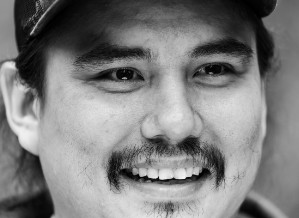
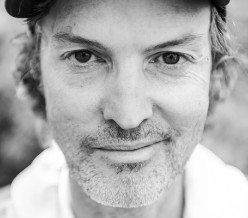
“The riding community in Carcross is a hidden gem. The trails are incredibly built by passionate fellow riders and they have done an extraordinary job.”
- Geoff Gulevich
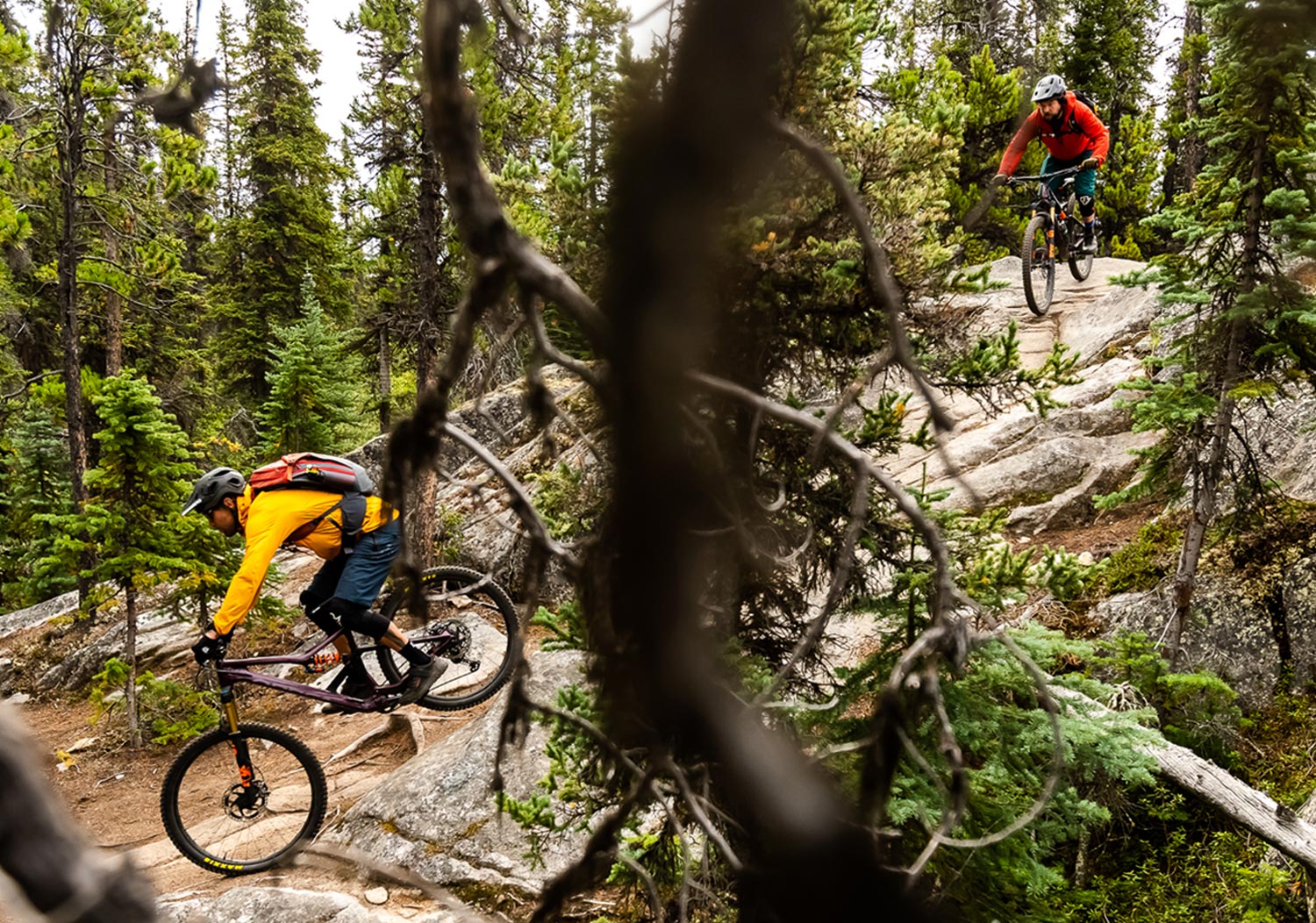
Working with the land, the STS program has created an accessible, backcountry experience that allows riders of all levels, on trail/enduro type bikes such as the Occam range, to quickly escape the masses below and to find themselves pinning Alpine singletrack.
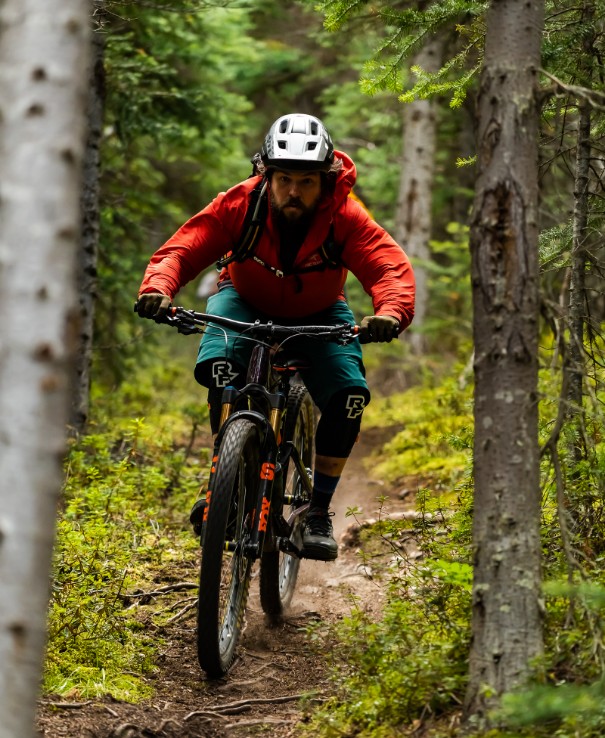
Get to know the bikes from Trail Tales
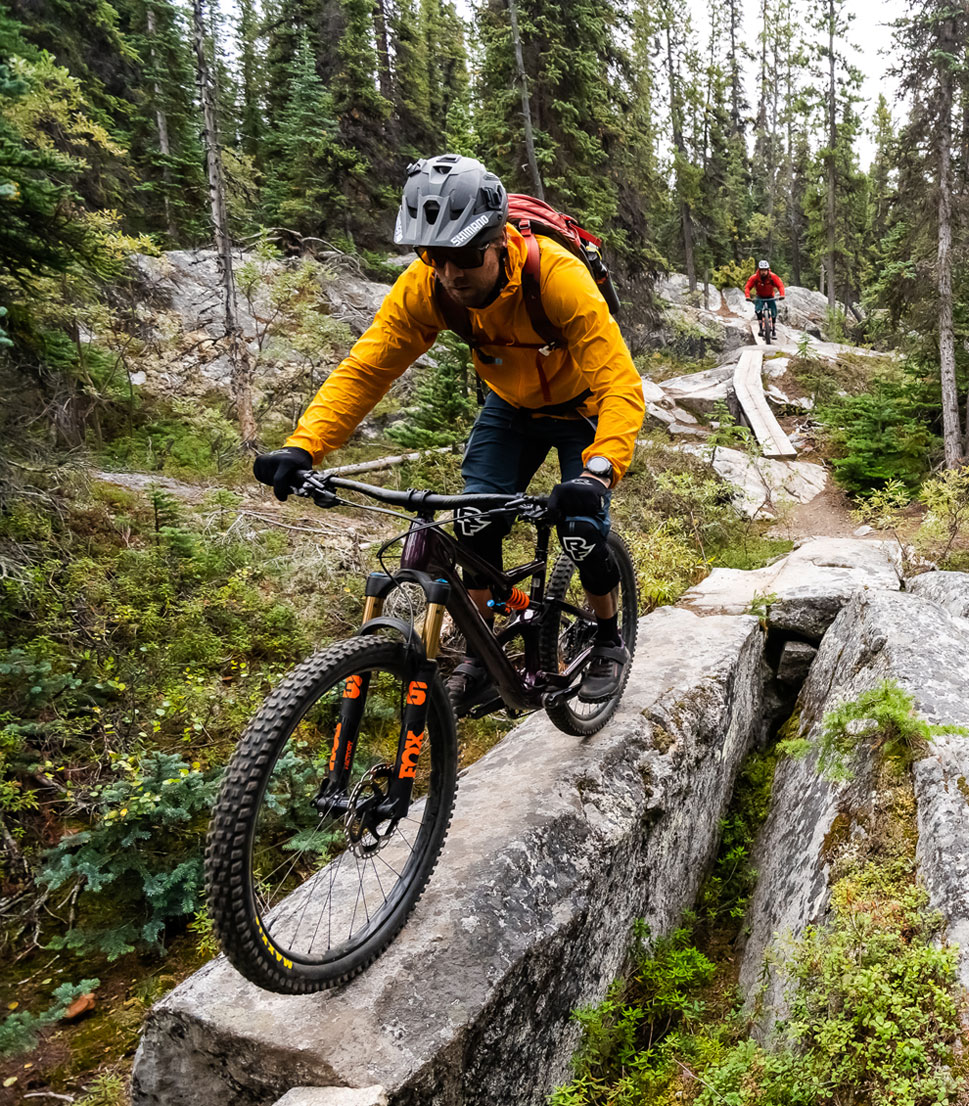
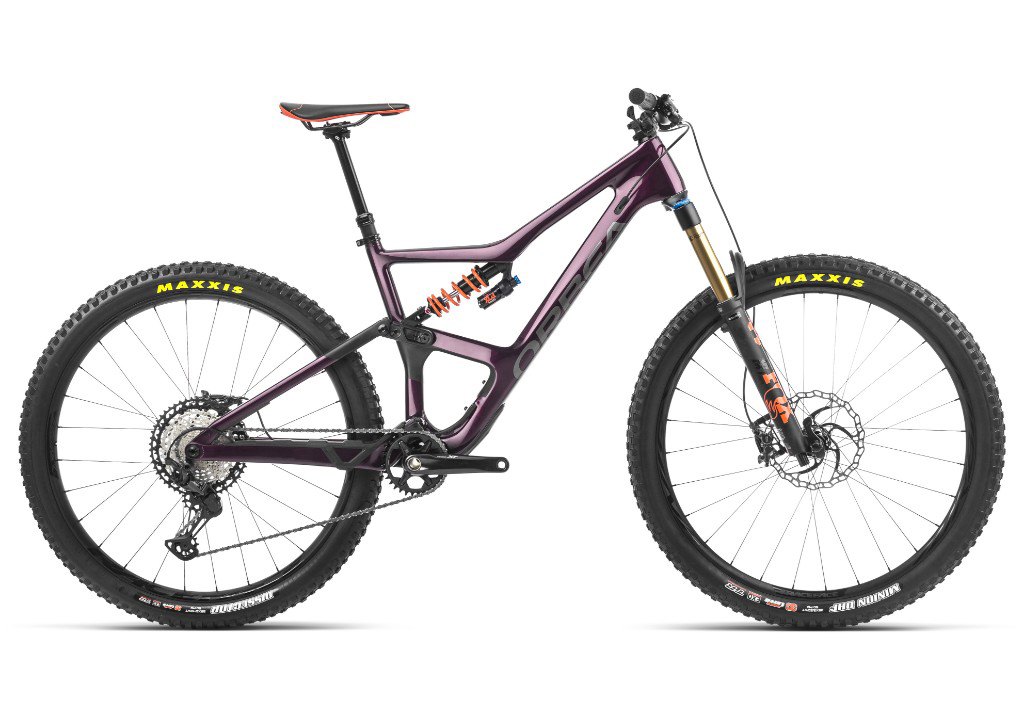
Occam M10 LT
Both Gully and Stokes chose to ride the Orbea OCCAM M10 LT for the varied trails of Carcross. They enjoyed the OCCAM M10 LT’s trail bike roots for the fast loamy singletrack and thanked its beefed-up suspension at the bottom of the many rocky chutes.
“I found my Orbea Occam to be the perfect tool for these epic and technical trails”
- Geoff Gulevich

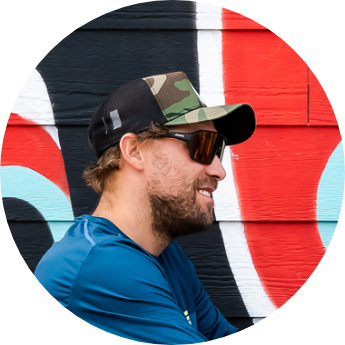
Geoff Gulevich
Orbea athlete from North Vancouver, BC
‘Gully’ cut his teeth as a competitive freeride and slopestyle athlete and now has a busy schedule traveling the world creating content on his Orbea bikes. Geoff also likes golf and pun-related jokes.
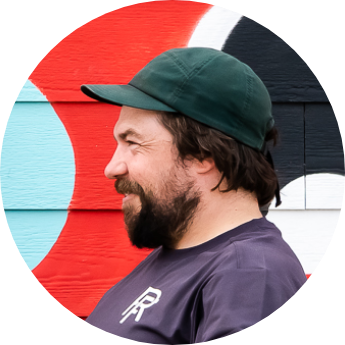
Rob Stokes
Mountain biker and trail builder living in Squamish, BC
Originally from the UK Stokes moved to BC to pursue a passion for mountain biking, and now works for Whistler Blackcomb as a ski and bike patroller. He doesn’t particularly like golf or puns.
There’s something about Mont Blanc and its neighbouring peaks and pinnacles that inspires magnificent endeavours.
Despite having been around for a few hundred million years, its importance to humans, especially those looking for the thrill of an adventure, is a mere twinkle in the eye of this infamous mountain plateau in comparison.
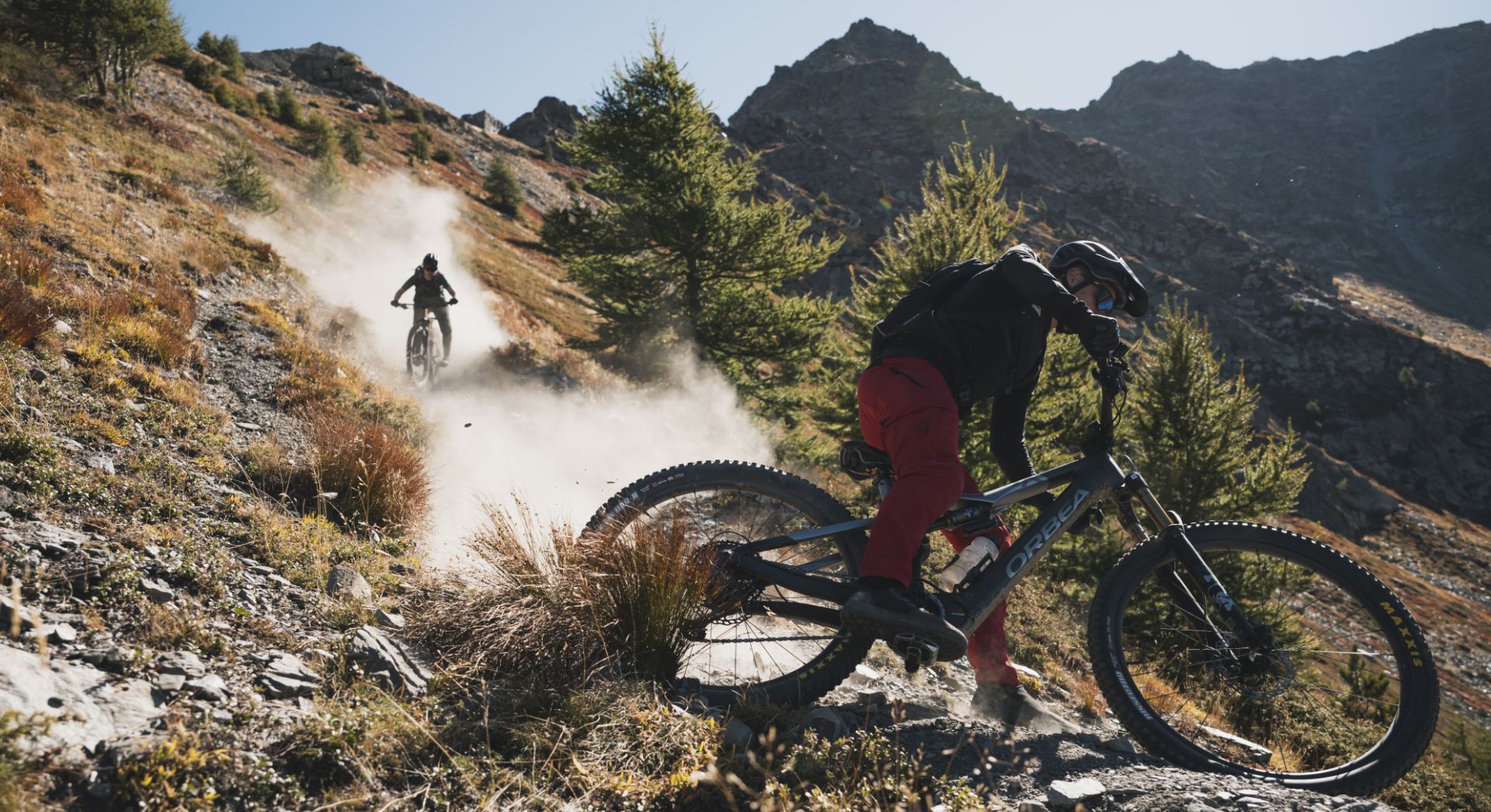
It’s the tallest peak in the Alps, and in Western Europe. It essentially birthed the modern concept of alpinism and as a result, sees a significant draw from around the world for those who wish to reach its summit.
While the ownership of the mountain is a dispute that runs to this day, few of the tens of thousands of people that attempt the summit really care for who put their towel on the mountain first.
What if you don’t want to summit the mountain though? What if you want to circumnavigate it?
Another infamous route that for those on foot sticks to high balcony trails, but like with any route of this stature, there will be variations, and on a mountain bike, that means more descending.
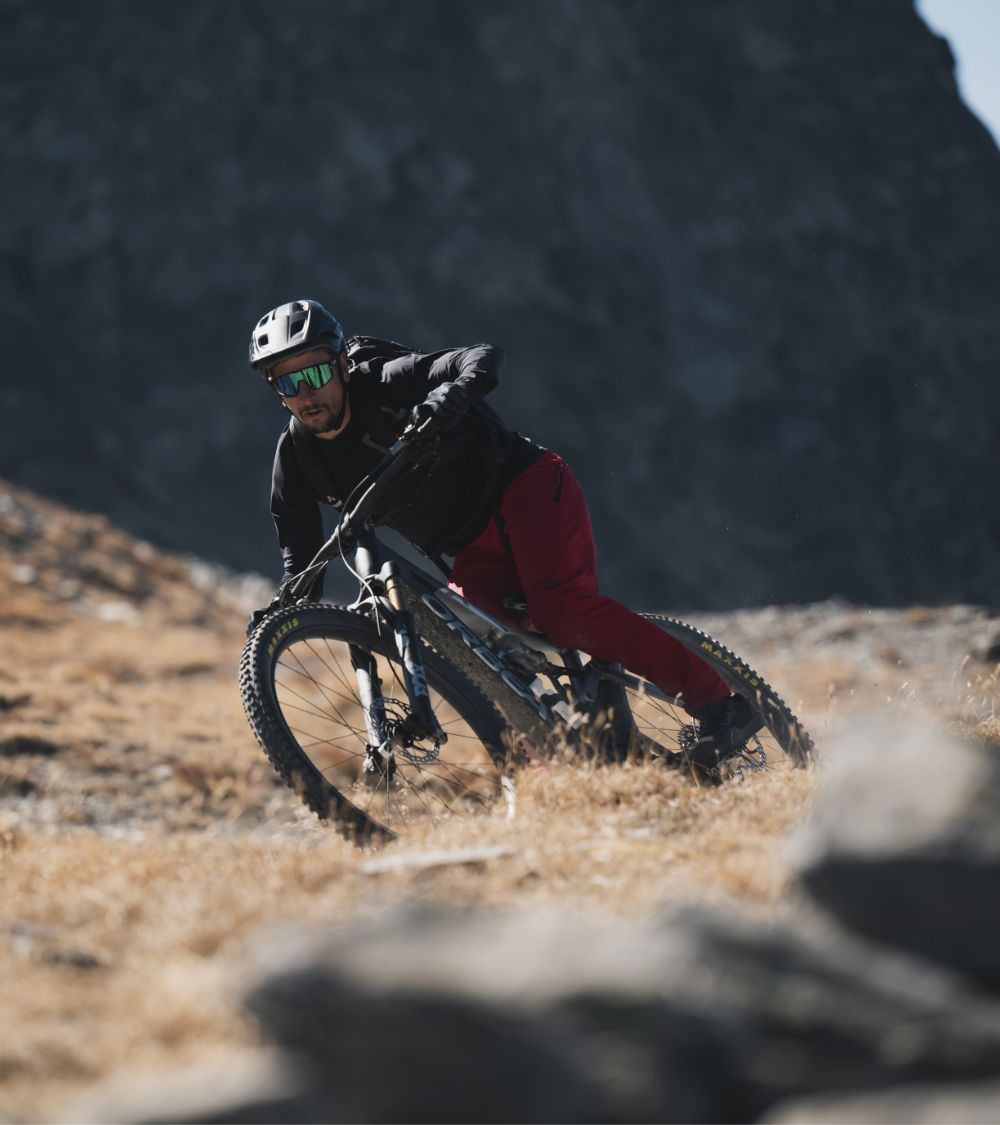
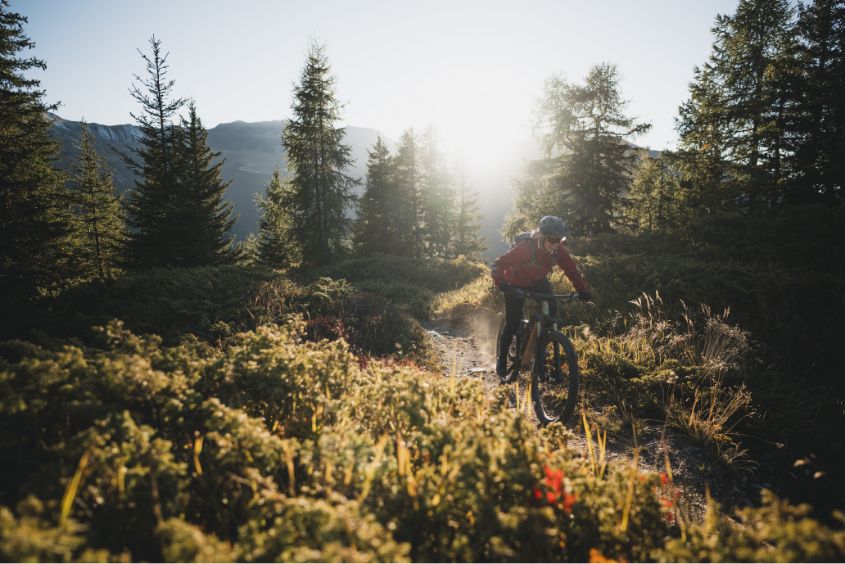
You cannot get a true impression of a place without seeing and feeling it for yourself, and what better way to feel than via play? Monet Rose-Adams and Damien Oton chose to play on their Orbea Rise’ for the adventure, as the bike is designed to be enjoyed on such varied, immersive trails.
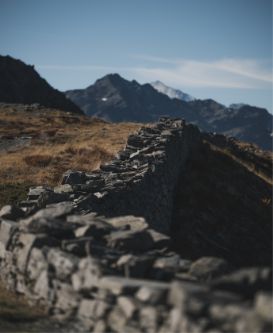
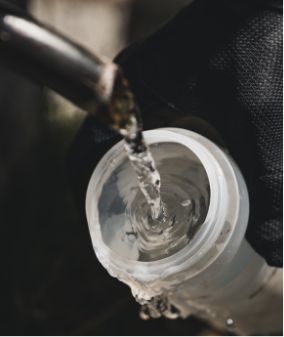
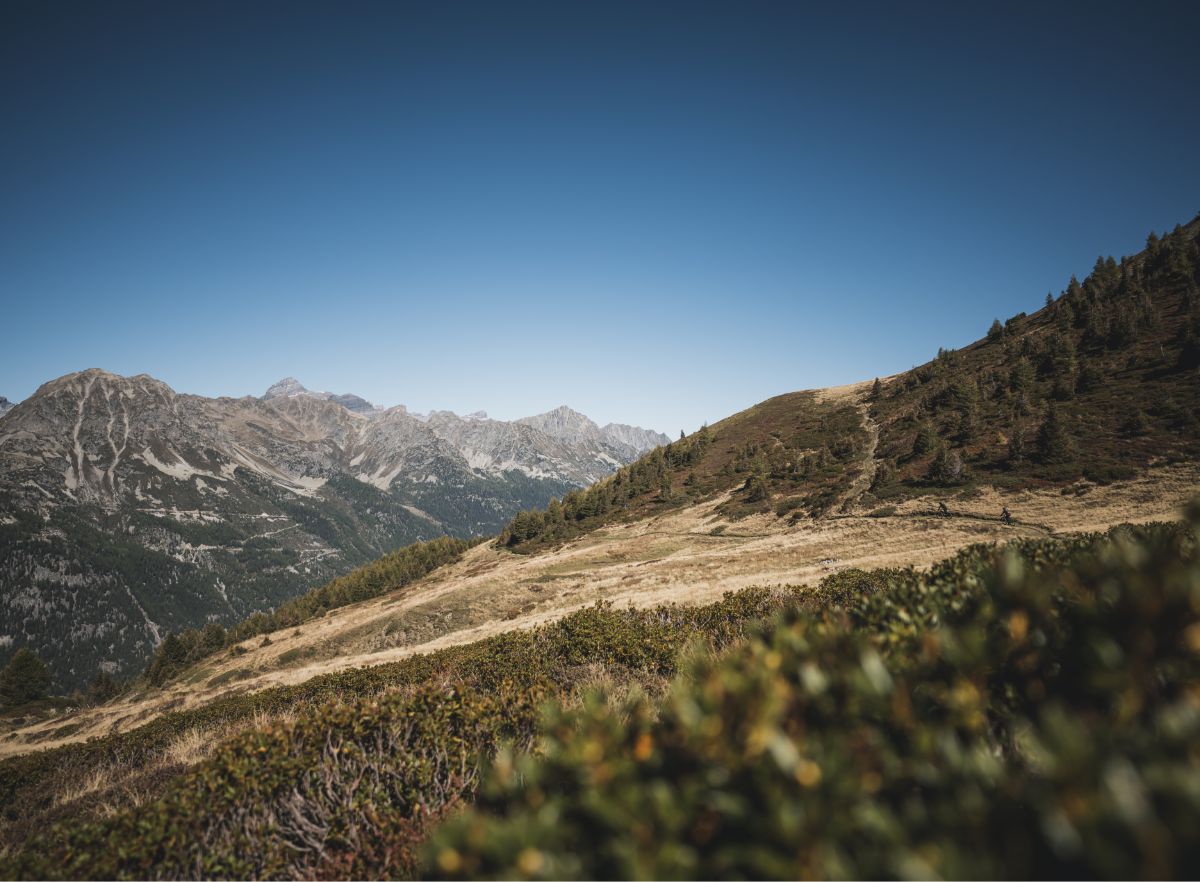
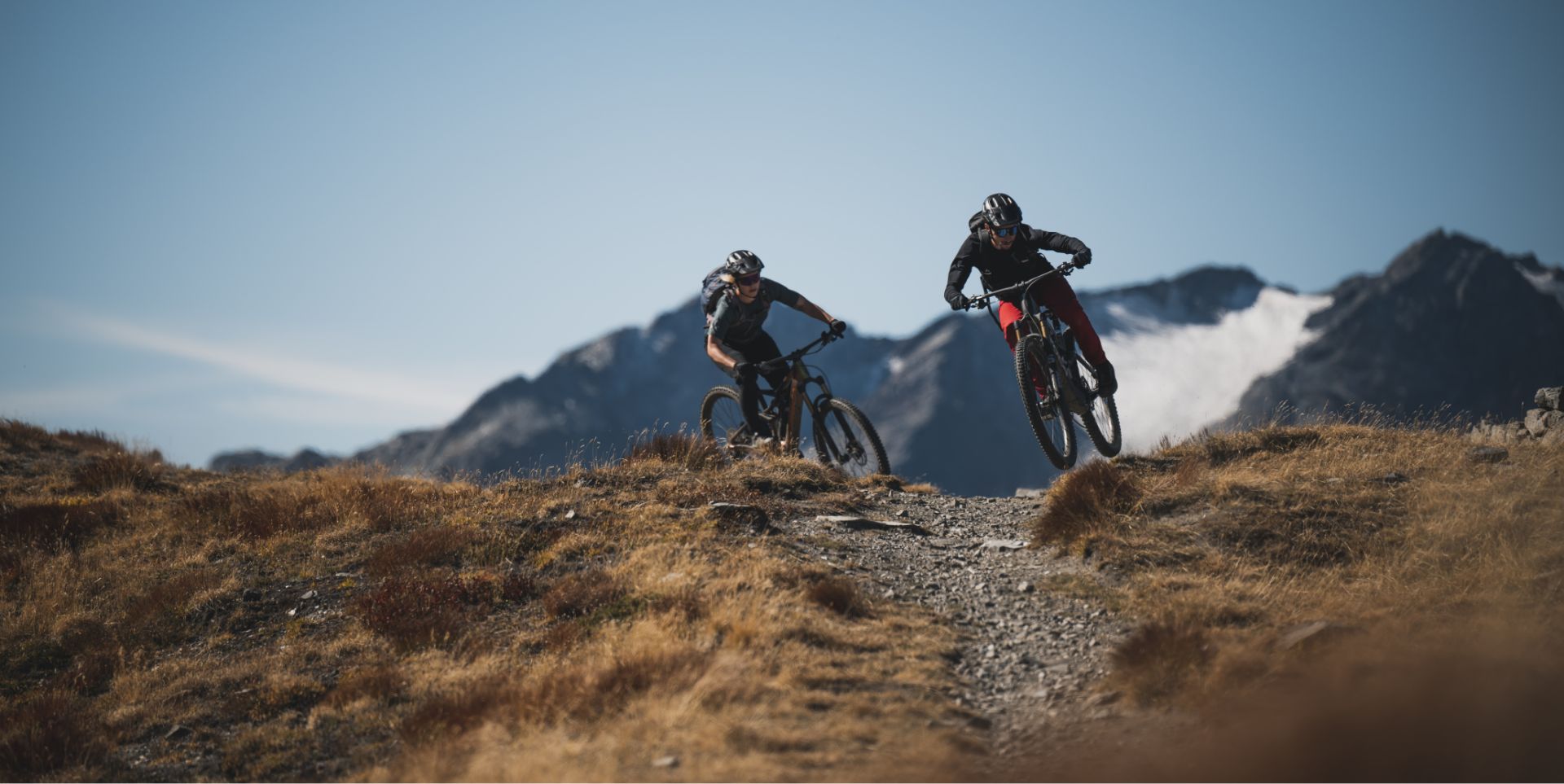
For this adventure they both decided to mount a Fox 36 fork with 150 mm of travel, since the rough and rocky terrain was asking for it, and from the looks on their faces.... it seems like it was the right choice!
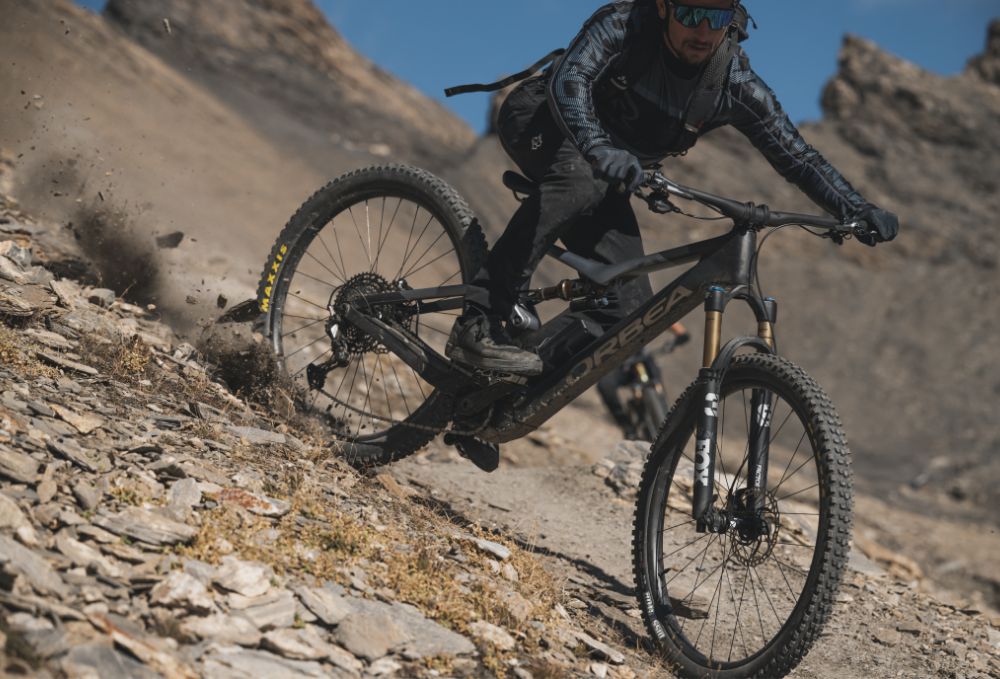
As a fun fact, each rider requested a different battery configuration for the Rise Carbon. Damien opted for a 360WH + Range Extender configuration and Monet for a 540WH setup.
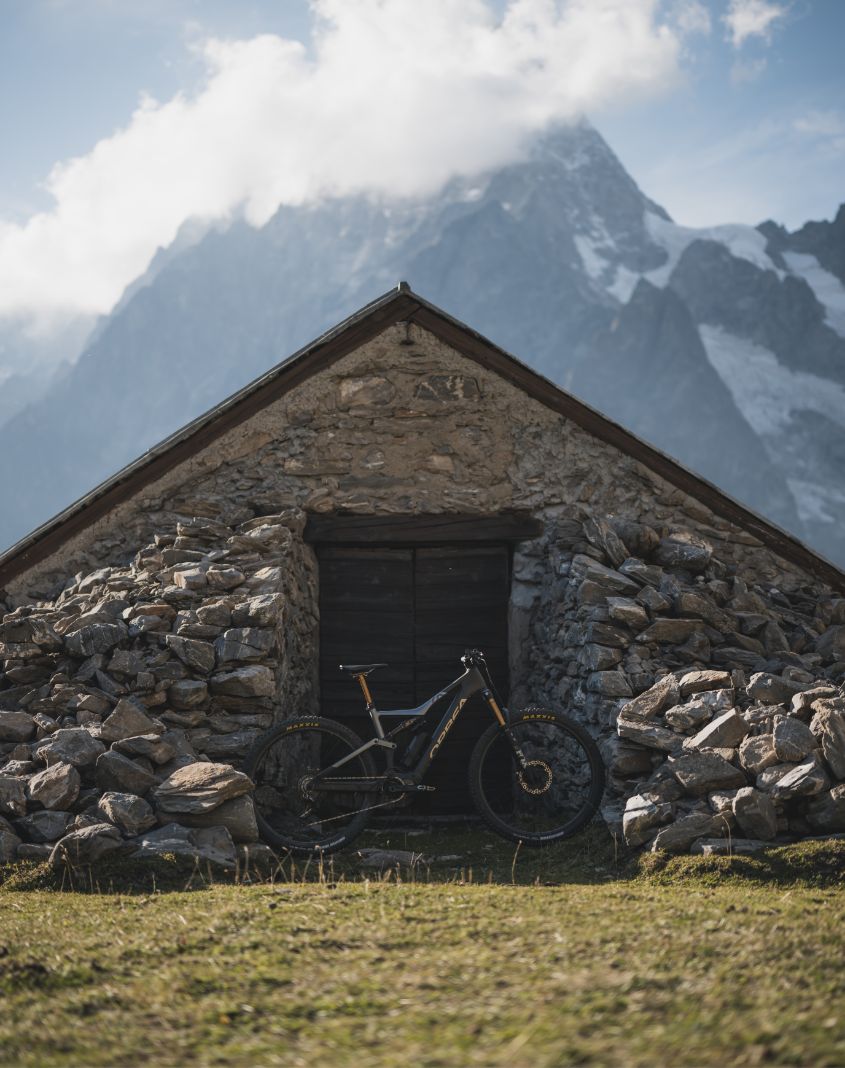
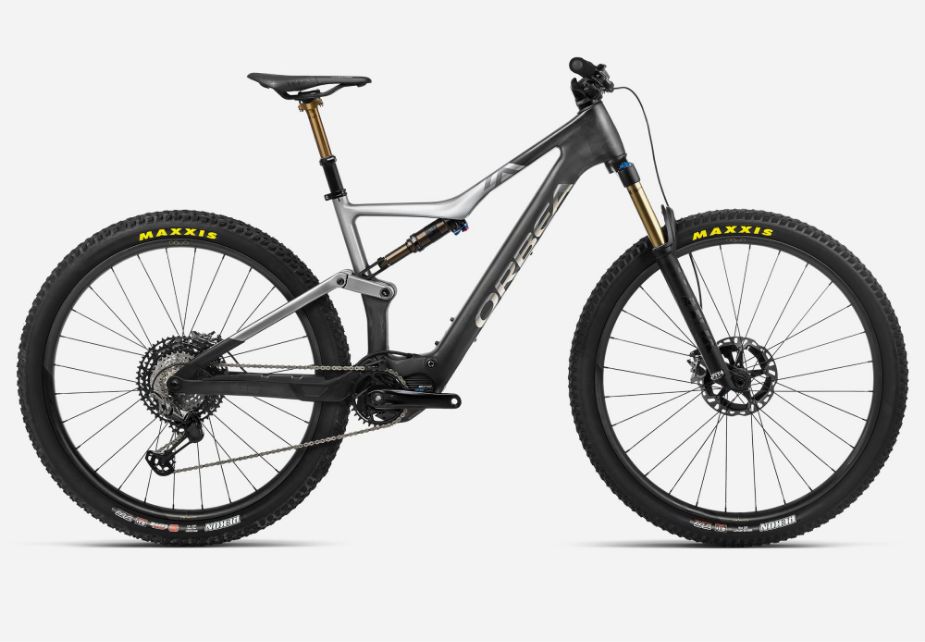
Rise MLTD
The instantaneous, lag-free, power of the Rise allowed them to simply concentrate on having fun; taking in the journey, tackling the terrain and being greeted by some encouraging new faces along the way.
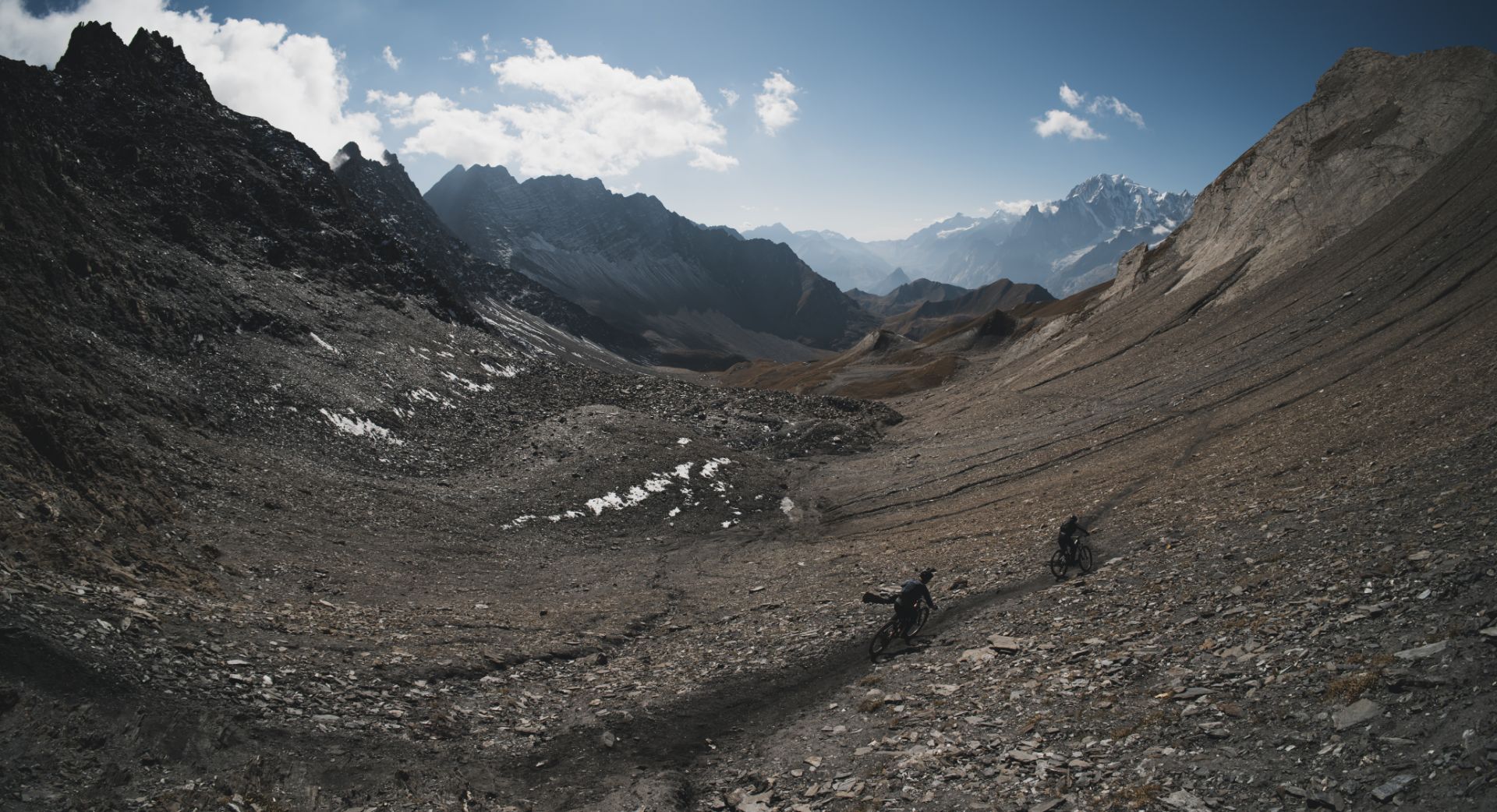
This journey was no first or fastest, or no epic in terms of athletic feats. Yet, that was where its value lied; a mesmerising adventure to remind ourselves that there’s nothing childish about having fun.

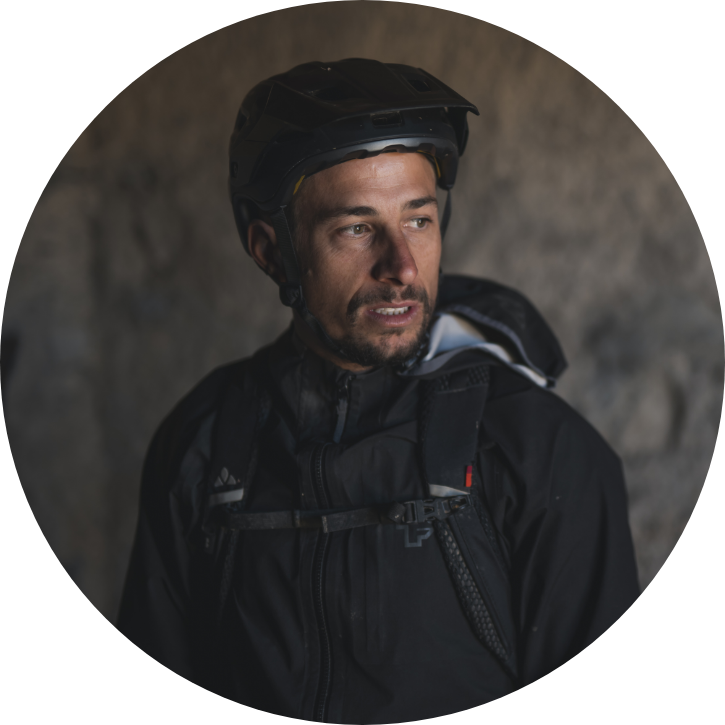
Damien Oton
Oolab Team Rider and former Orbea Enduro Team rider.
It seemed that the old fox retired from racing a couple of years ago, but he has found the motivation to continue racing and testing bikes in a project as ambitious as OOLAB. His habitat is made up of the impossible descents that nature offers us. You can find him there.
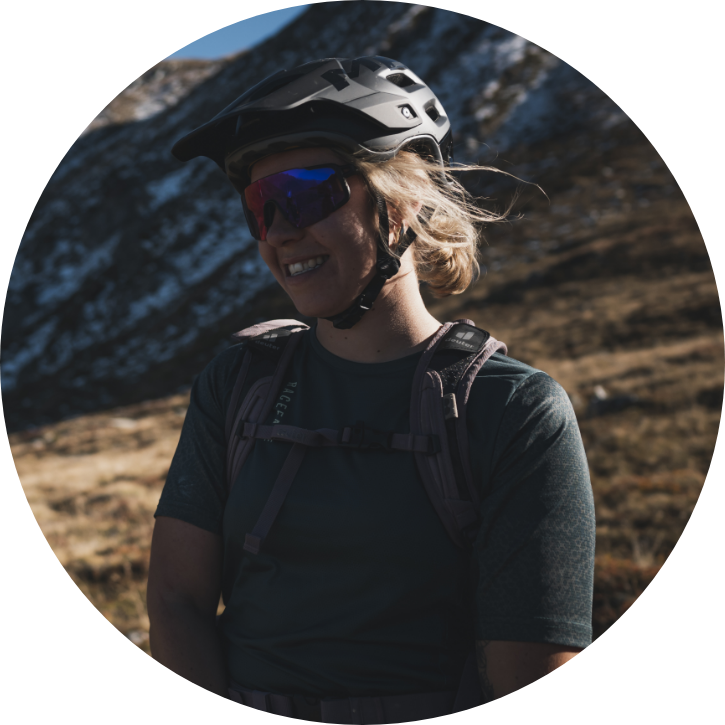
Monet Rose-Adams
Freerider and very creative
They say that the restlessness to do new things and learn is a quality of creative people and we are sure that this defines Monet, you will never find her standing still nor in the same place!
Build it and they will come
This film showcases one town’s journey to create sustainable trails for generations to come.
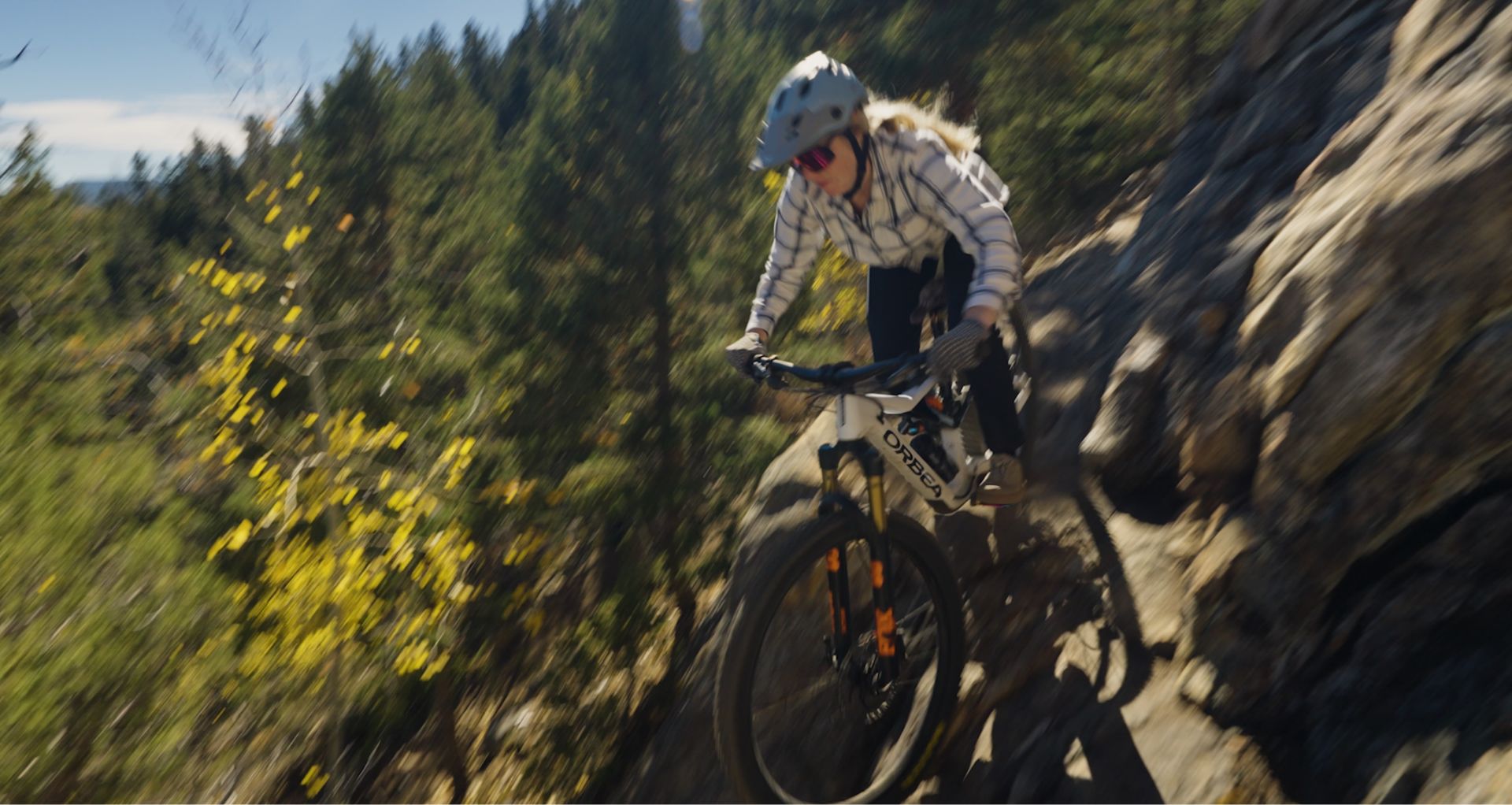
Black Hawk has a historical beauty about it and its newfound love of mountain biking highlights the juxtaposition of its past, present, and future colliding.
The mining boom in the late 1800s left its scars in the form of trails, roads, and mines to help tell the story of this area and its people. Cycling kept this town alive and gave new hope to the locals.
This town has an interesting and complicated history when it comes to their burgeoning cycling community.
Having once banned cycling within its small town streets, the community has embraced a kind of makeover where the area is now becoming known as a destination for cyclists of all abilities.
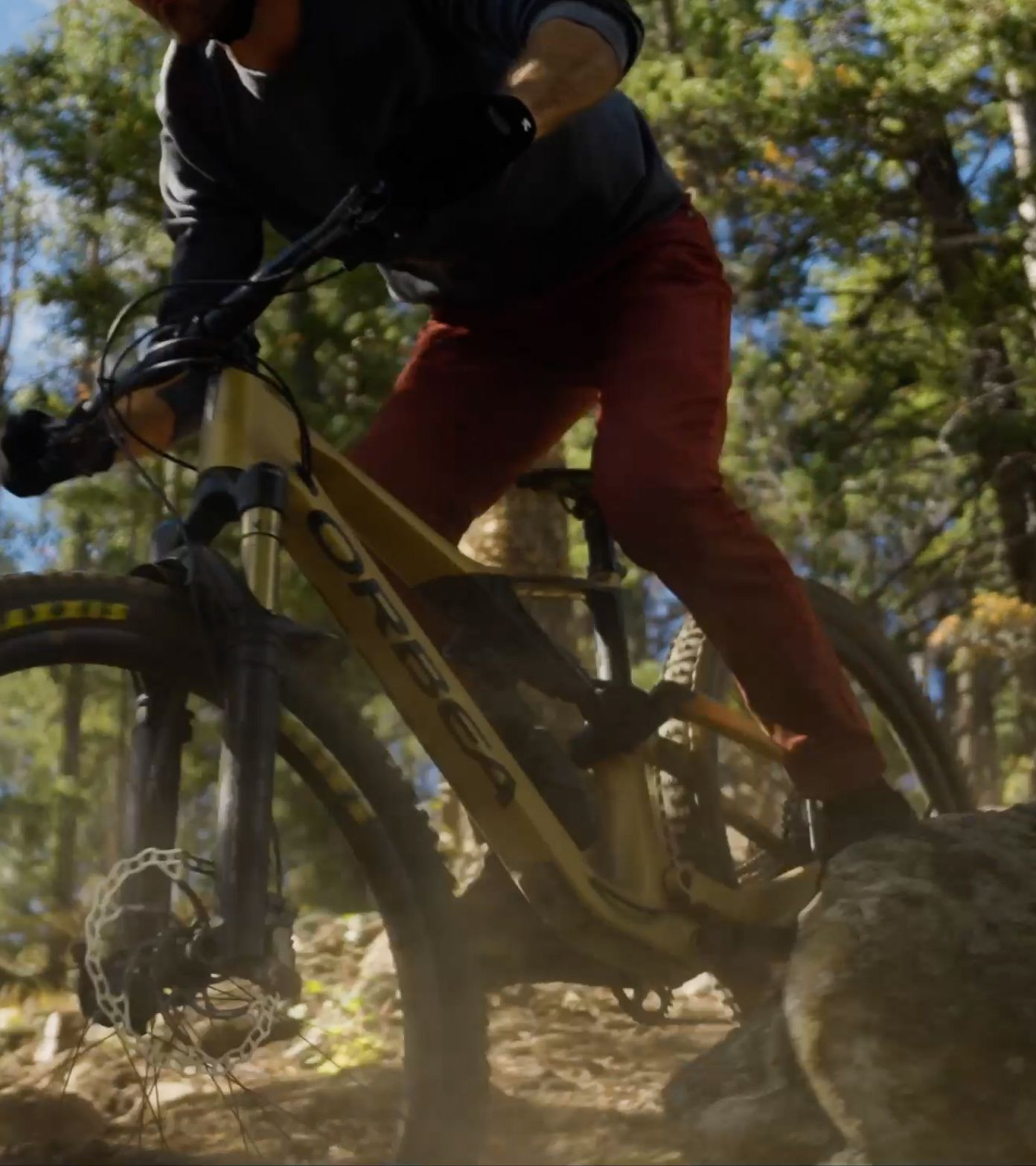
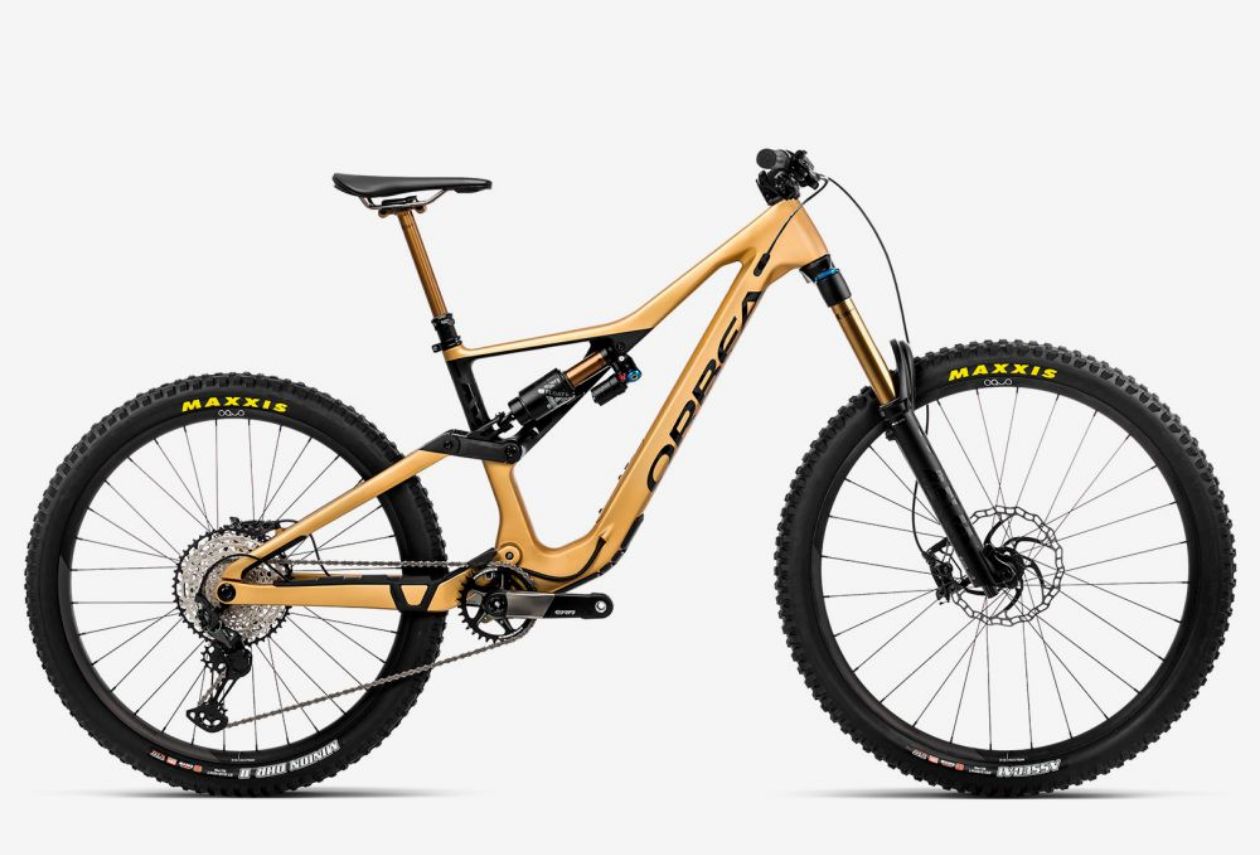
The Rallon is the bike of choice for a trail as steep and unrelenting as “Ore Chute”, with grades as steep as 20% littered with rocks and technical features. The Rallons 160mm of travel instill the confidence needed to conquer the terrain.
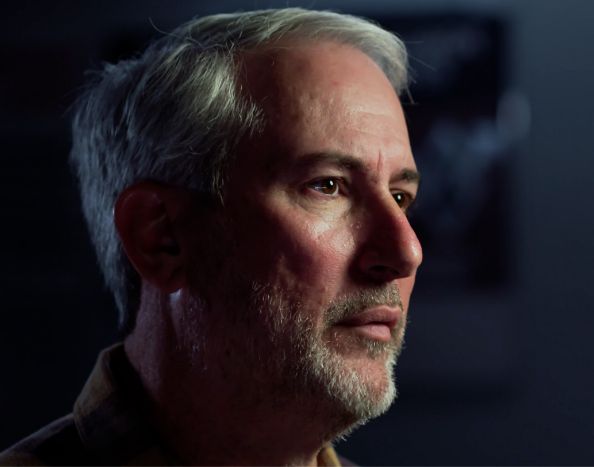
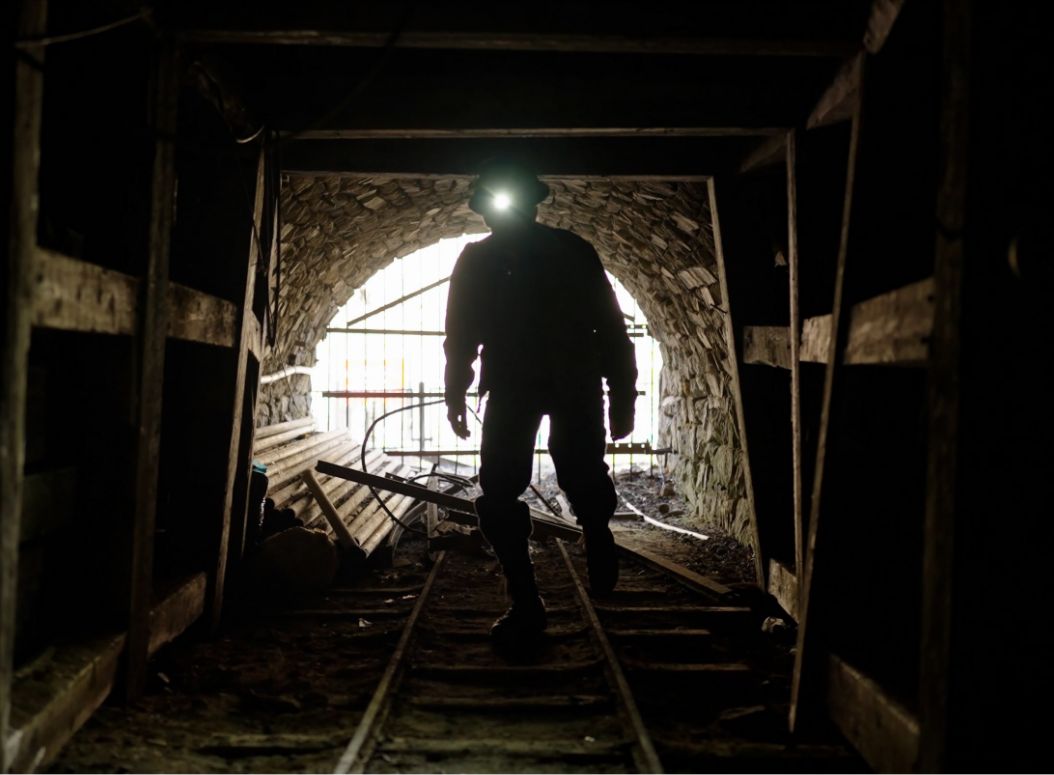
It was no secret that the area around Black Hawk was ripe for world class trails - it just took a group of driven and hard-working people to hatch a plan and get the larger community behind them to give this area some much-deserved love.
In the video the female rider preferred the reactive coil shock on her Rallon, while the male rider opted for a lighter air-shock.
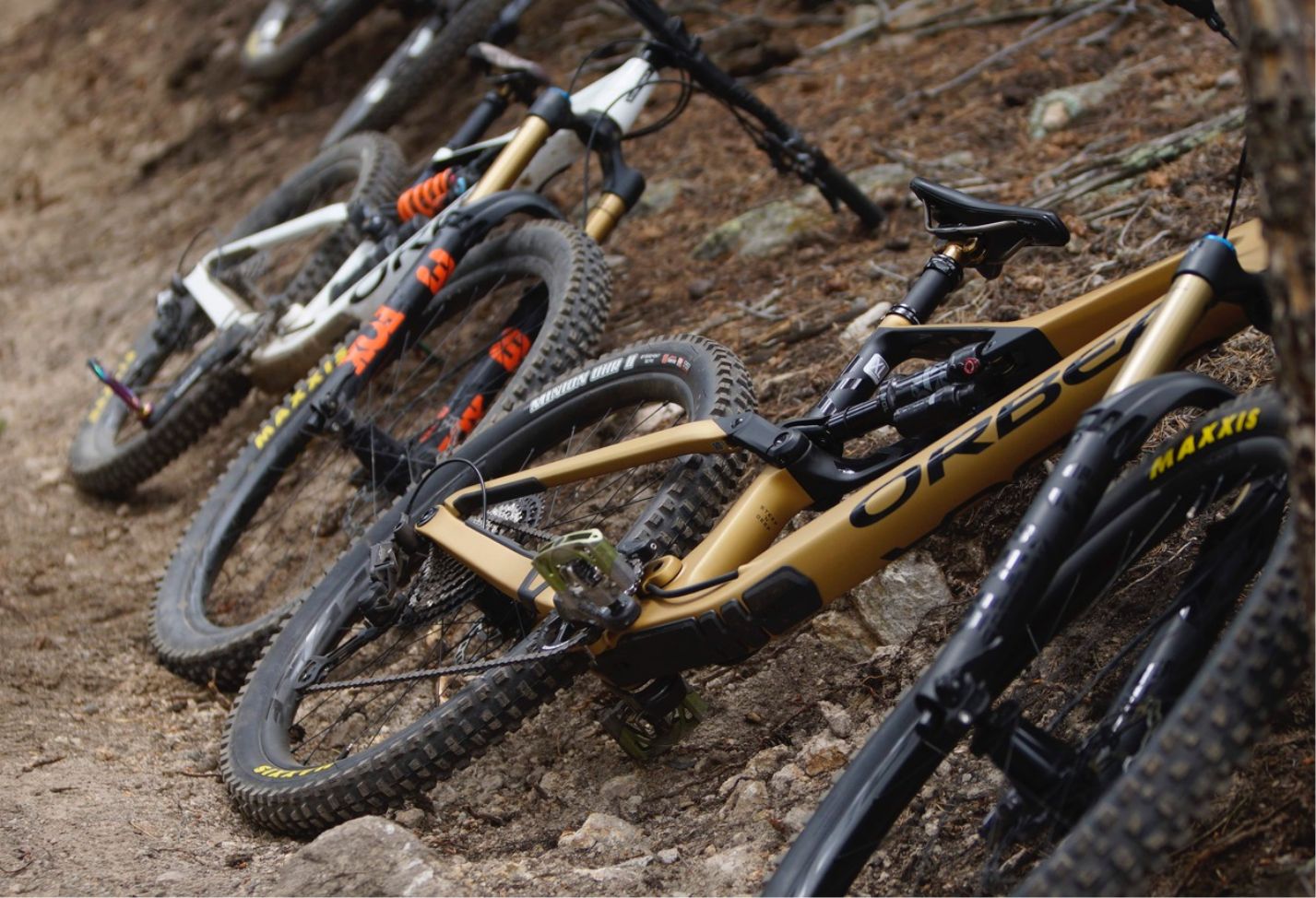
The planning, support, building and opening of the ‘Ore Chute’ trail has brought Black Hawk into the modern mainstream as a destination for sustainable and world class trials - and it means more to the community than anyone would have thought.
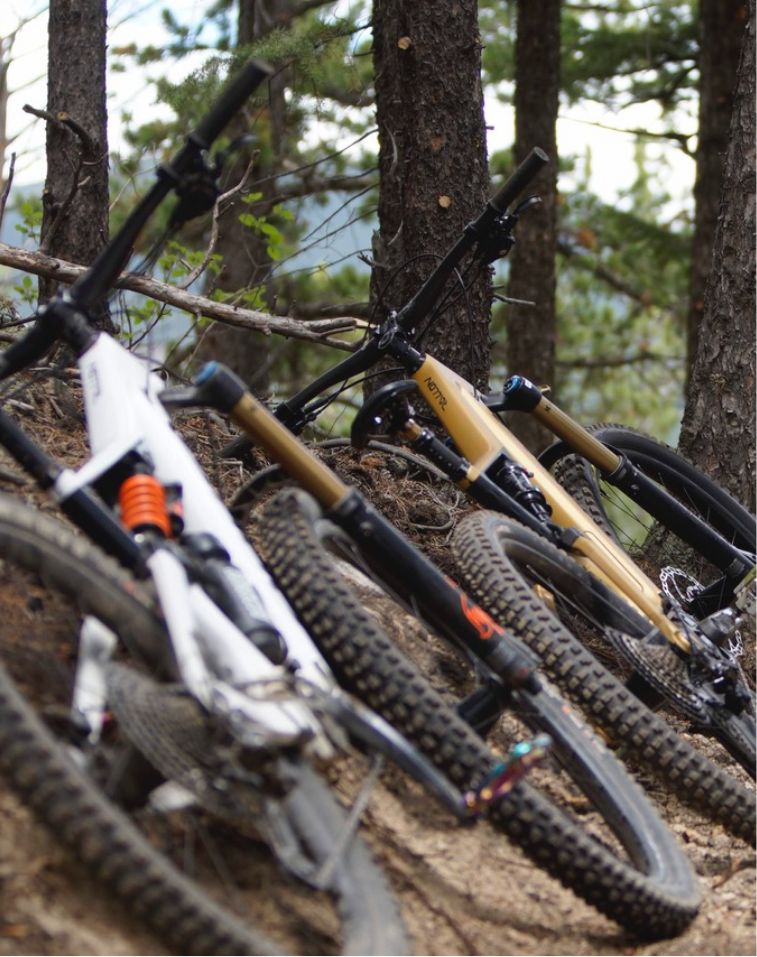
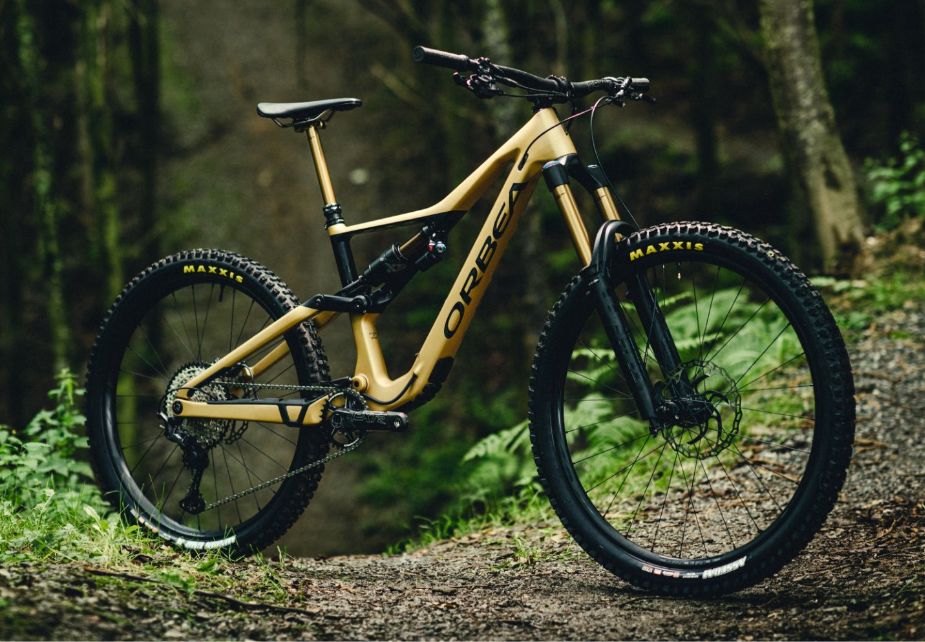
Rallon
The pedaling prowess of the Rallon tackled the 1000ft (300m) climb with ease, and floated down the techy and rocky trail with a calm demeanor.
Orbea, COMBA, and Jagged Axe weave together a heartfelt tale that goes beyond the surface of building trails, and tell a story of how a community that has been holding onto a singular identity as a mining town turned gambling destination, has bet on preserving and sharing its natural resources in the form of outdoor recreation.
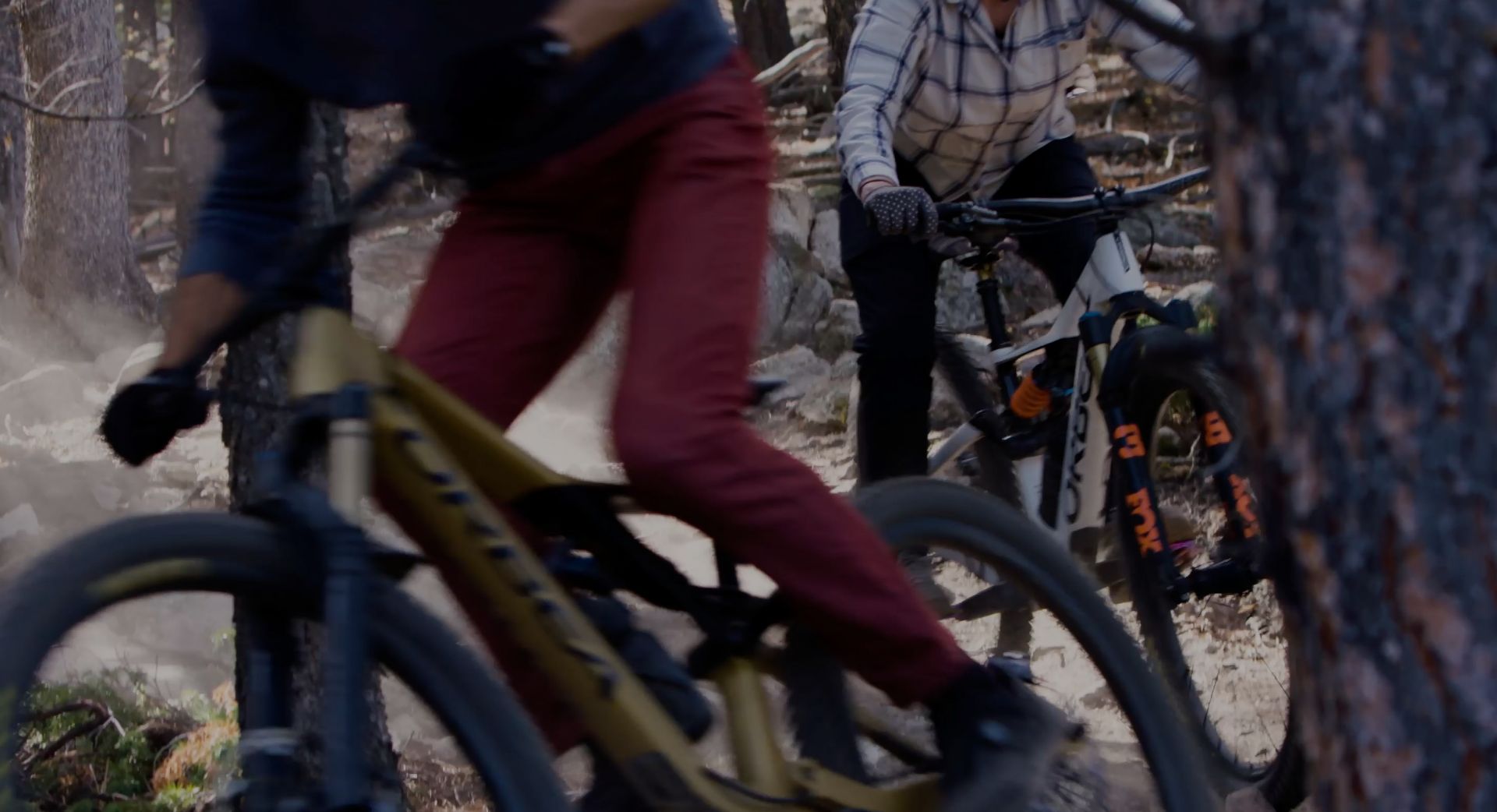
To maintain relevance in this fast-paced world, change is inevitable, the trails at Black Hawk are here to stay and will bring joy to mountain bikers near and far.

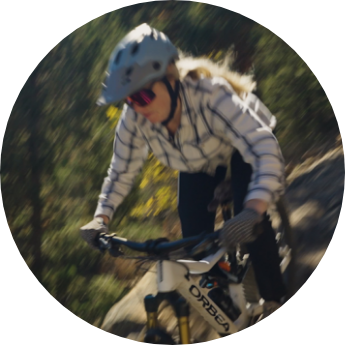
Suzy Williams
Freerider and Digital Marketing Specialist at ORBEA
When Suzy isn't behind a computer screen dreaming about her next big drop, she is out in the mountains sniffing out thrilling new trails. From big jumps to steep and rocky technical descents, her prowess on a bike is unmatched.
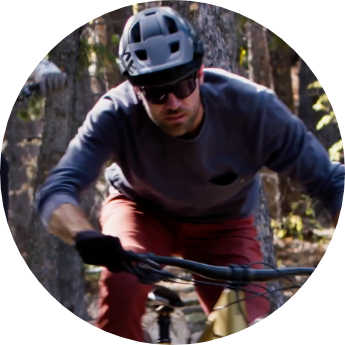
Zachary Heath
Trail rider, Professor and content creator
A thirst for adventure and always on the move. Zach is a supreme athlete based in California with a highly contagious, exuberant personality. He brings the stoke and keeps spirits high on the trails at all times.
When Jordan refers to the sugar bush, he’s talking about the vast woodlands of Vermont where he works as a sugar maker for his family business, making maple syrup. Maple trees are common in the area of Vermont, which is why maple syrup is so popular in the surrounding area. Nestled within the vast network of sugar maples are astounding trails with geographical features, all enjoyed by hikers, sugar makers and mountain bikers alike.
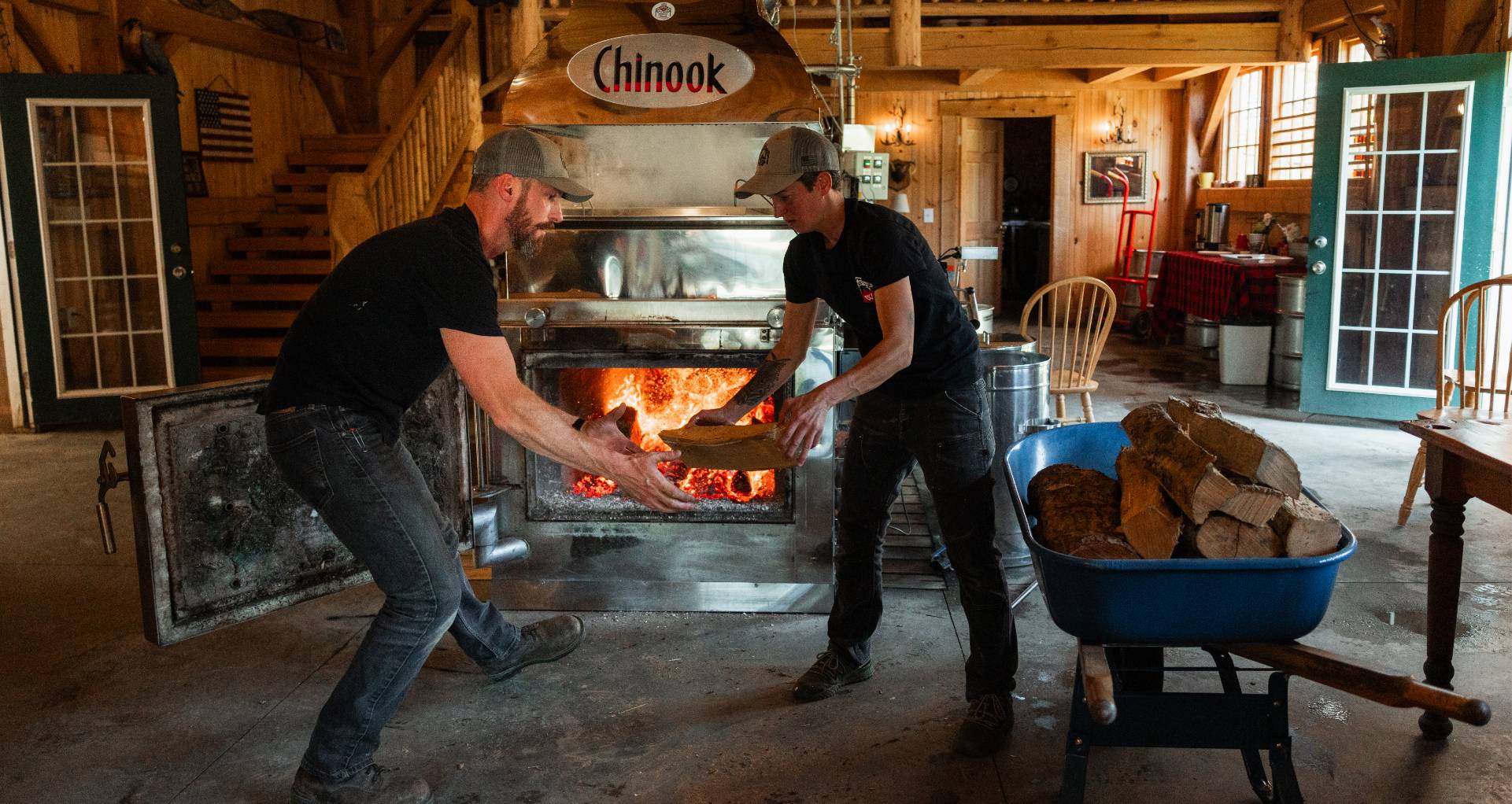
Maple syrup harvesting takes place in February and ends in April; below freezing temperatures is sap time.
Sap boiling takes place shortly after in the springtime. In the fall is when sap lines are being set up, people are ripping around on four wheelers, trimming branches and trees, and carrying out other general maintenance task, getting set up for the winter.
Like with mountain bike trail maintenance, upkeep of the woodlands is very important.
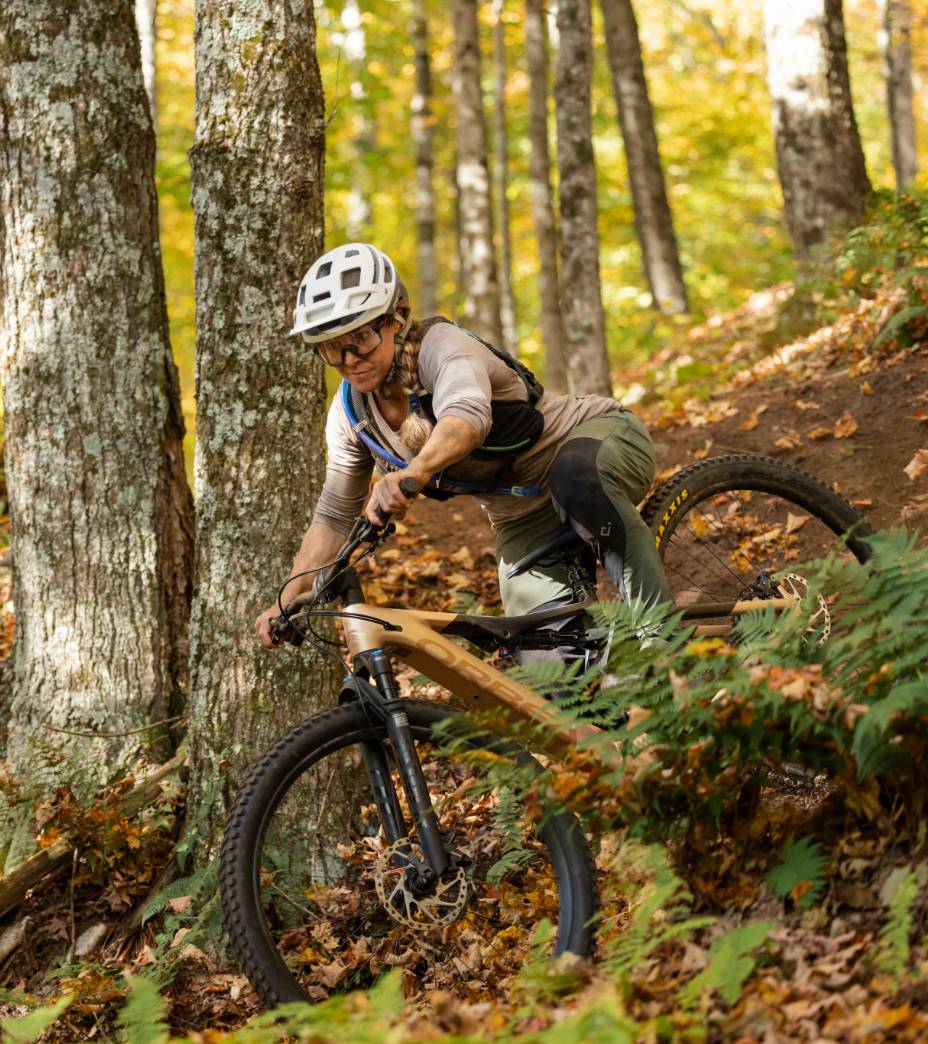
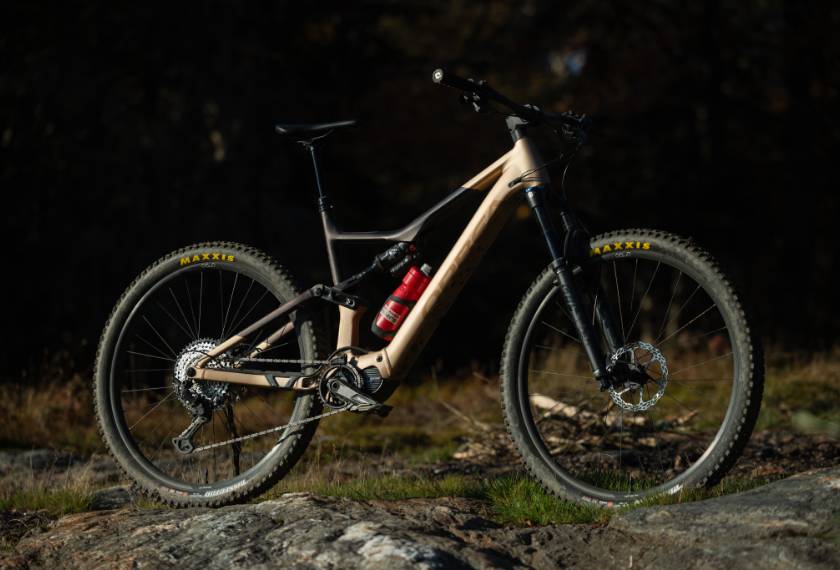
The mix of technical and fast flowing trails makes the Orbea Rise the bike of choice for local ambassadors Evan and Ingrid. It’s light weight makes for incredibly playful characteristics, also boasting a long battery life for those long days between the sugar maples.
Community is key, and the Vermont Mountain Bike Association has built their own over the past 25 years.
Their voice is forging the path for access, upkeep and shared recreation across Vermont’s trail network. Thanks to the association, their dedication has led to landowners and trail users working side by side. They’ve enabled trails to be enjoyed by all, and to stand the test of time.
The trails play a huge part in the syrup process, as well as building relationships. These beautiful woodlands also bring many riders together, and in turn has built a strong local riding scene.
Being the most natural feeling ebike on the market, it feels right at home amongst the flowing, natural features found on the sugar trails.
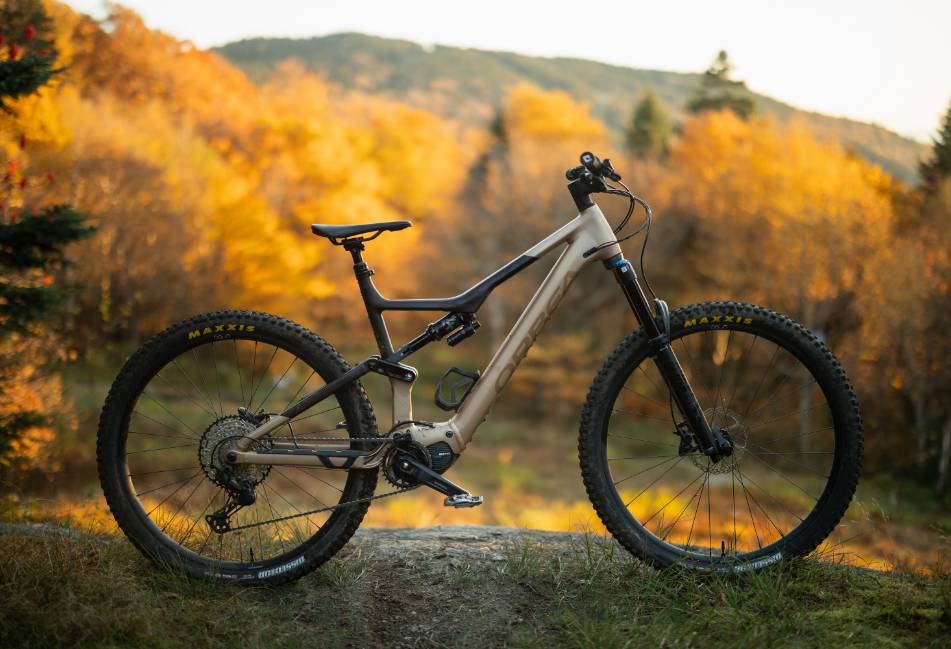
Whilst techniques like bare flames or horse drawn sleds are no longer in use in the syrup making industry, the sugar trails will continue to be an instrumental part of their creation process.
Thanks to the community working together, these trails will be continue to be enjoyed by mountain bikers for many years to come.

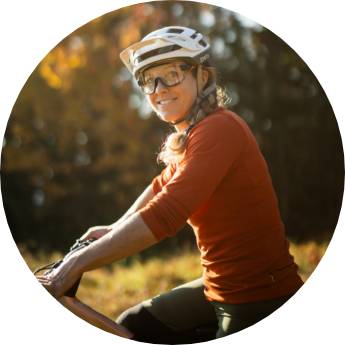
Ingrid Larouche
Ingrid Larouche is a four-time International Windsurfing Tour champion, who nowadays prefers spending her time mountain biking.
Ingrid loves spending time between the tape. A huge personal highlight of last year was winning the Cascadia Dirt Cup overall. 2024 will be her second year repping Orbea, and she’s looking forward to more time aboard her Rise.

Evan Booth
Evan Booth is an Orbea ambassador who has a huge love for bikes, snow sports and dogs.
Evan is Vermont born and bred, so he’s very familiar with the illustrious sugar trails the area has to offer. He’s a very stylish rider, but with over ten years of downhill and enduro race experience, he’s also got the speed to match.
An up and coming trailbuilding project in the heart of the Basque Country, located on the mountain sitting atop the three province border, in good company between Anboto and Udalaitz mountains.
These are our local trails here at Orbea and where we ride after work. Steep, rooty and technical, they are fun in the dry and hilarious in the wet.
Guara is one of the least populated places in Europe, a real wilderness where you can get lost for days. Through their network of trails riders are bringing new life to these old villages.
This is where it all started in Spain and the trail center here forms the inspiration for many. The trails which surround Ainsa tell directly of the past use of the landscape and of trade between villages.
Trash Free Trails is non-profit organisation that exists to protect our trails and the wild places they take us.
Surrounded by the highest mountains in the Pyrenees, Puro Pirineo offers endless descents on old trails. Trail work is carried out by an association made up from local government, businesses and riders.
In the Valley of Esteribar, in Navarra, Eremua offers a network of trails hidden deep in nature. Here perfect singletrack fills the hillsides in the cool shade of ancient forests.
In the north-east of Navarra, Basabura is a small valley with big trails. The trails are maintained and built by a group of passionate local riders who took matters into their own hands to create the valley of their dreams.
Situated in Lesaka, in the north of Navarra, Bizibide offers riding for everyone from epic XC routes to the wildest enduro descents.
